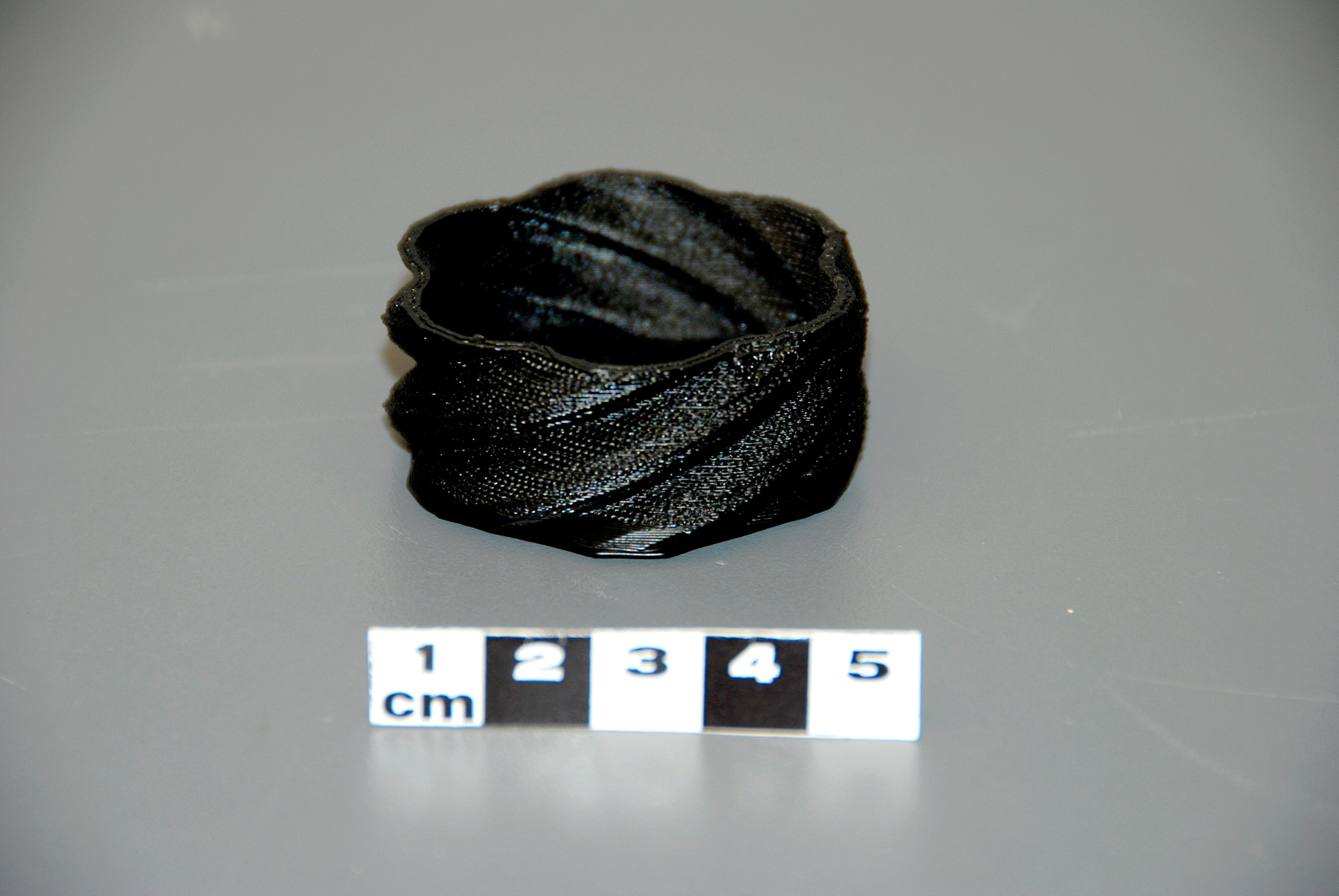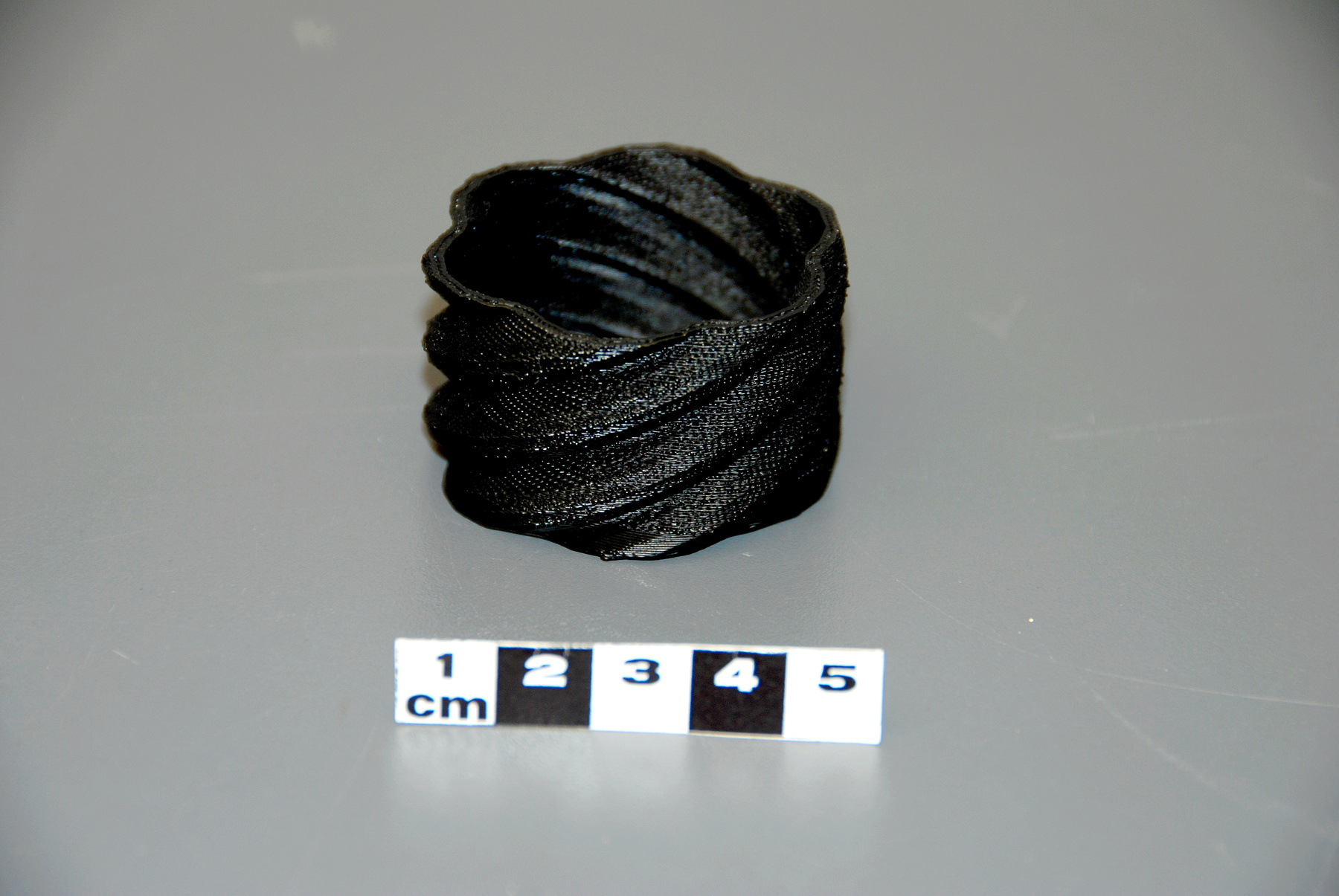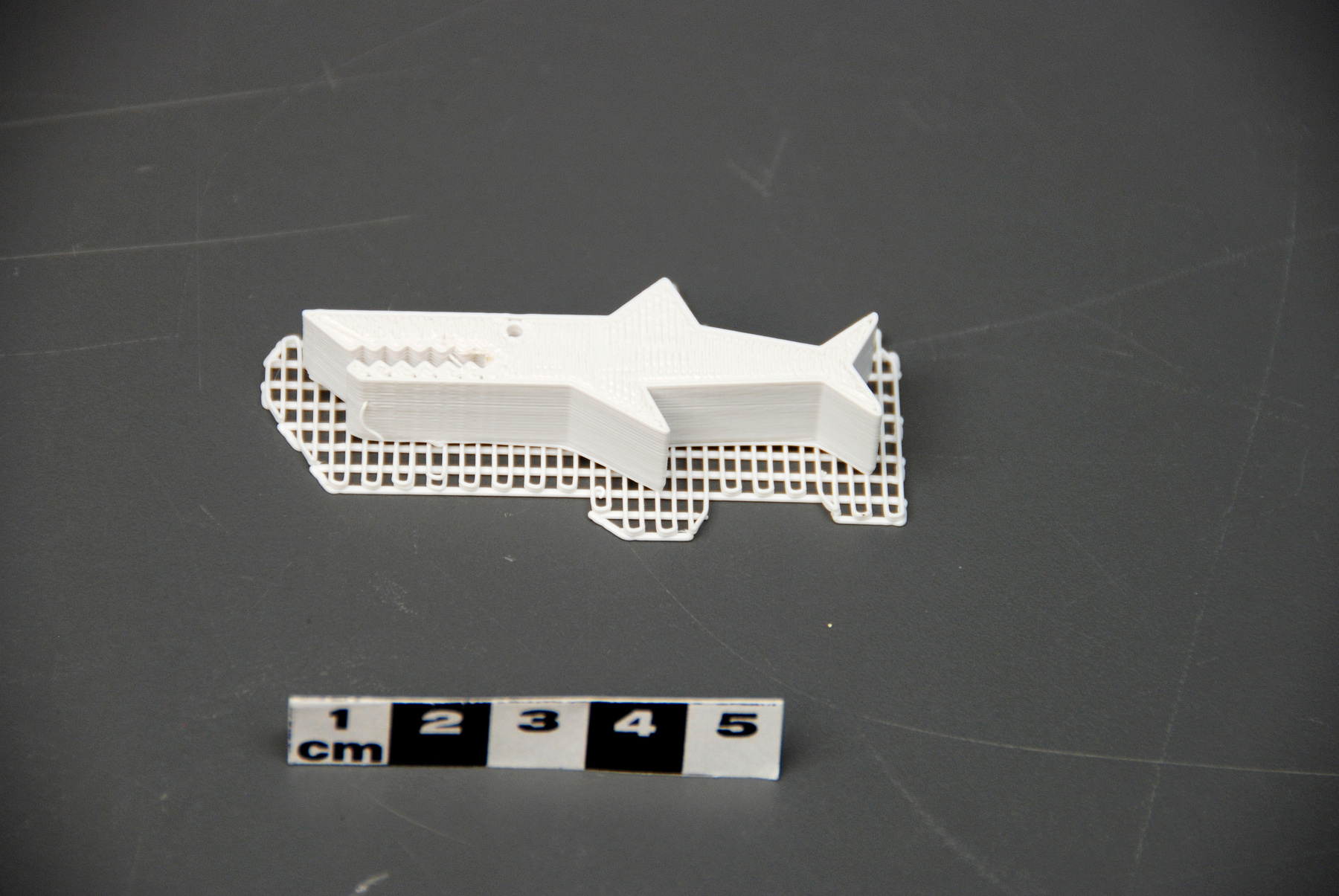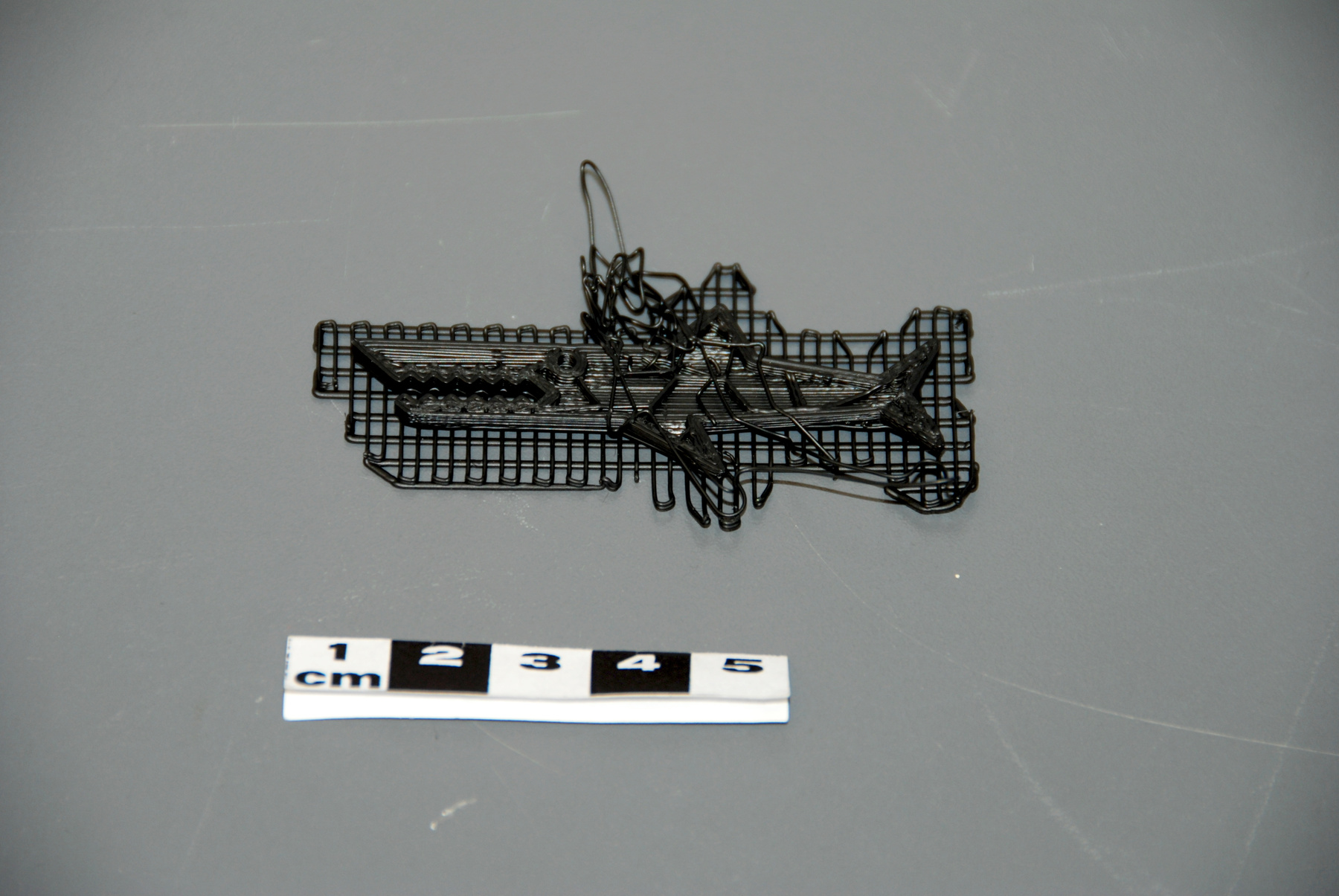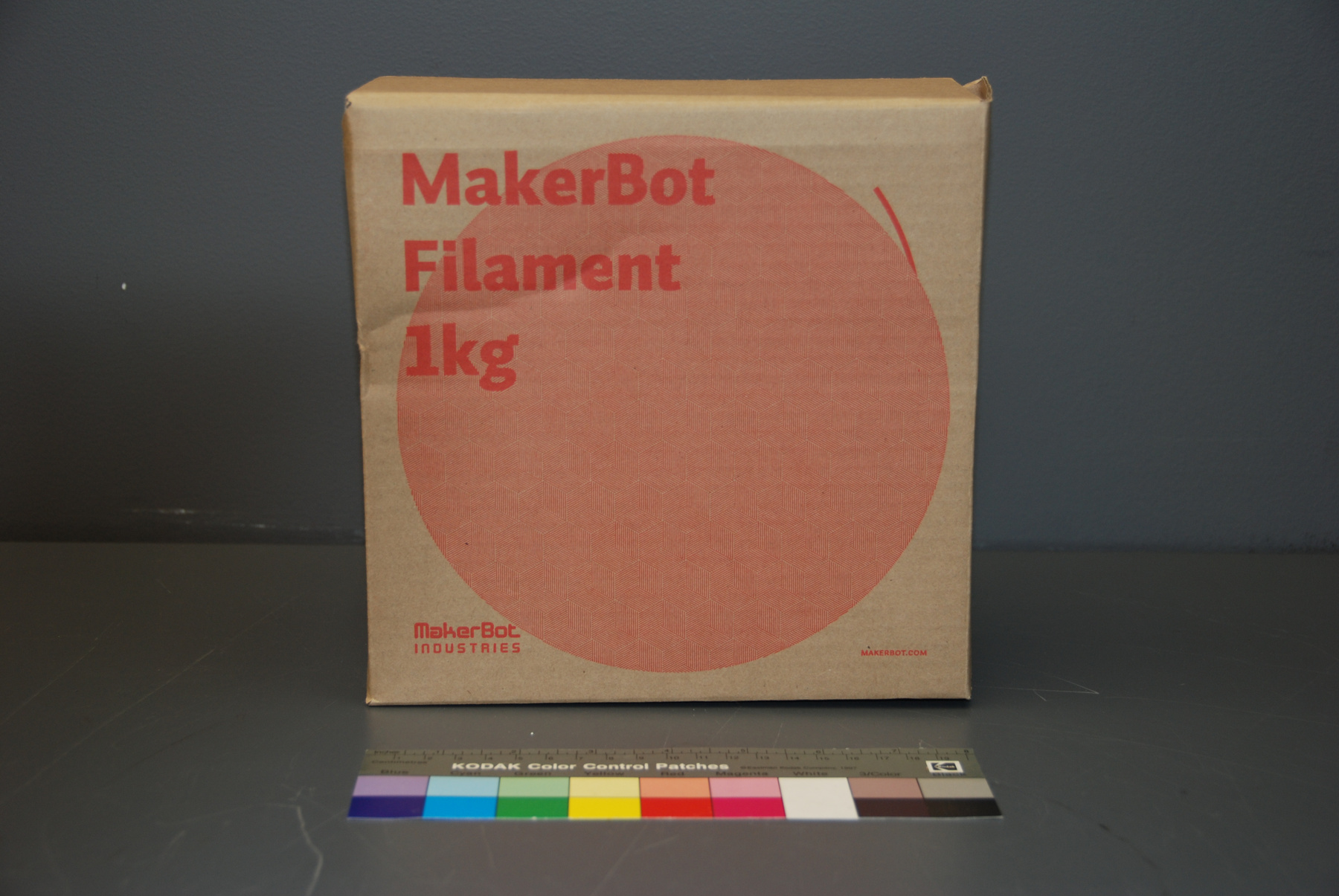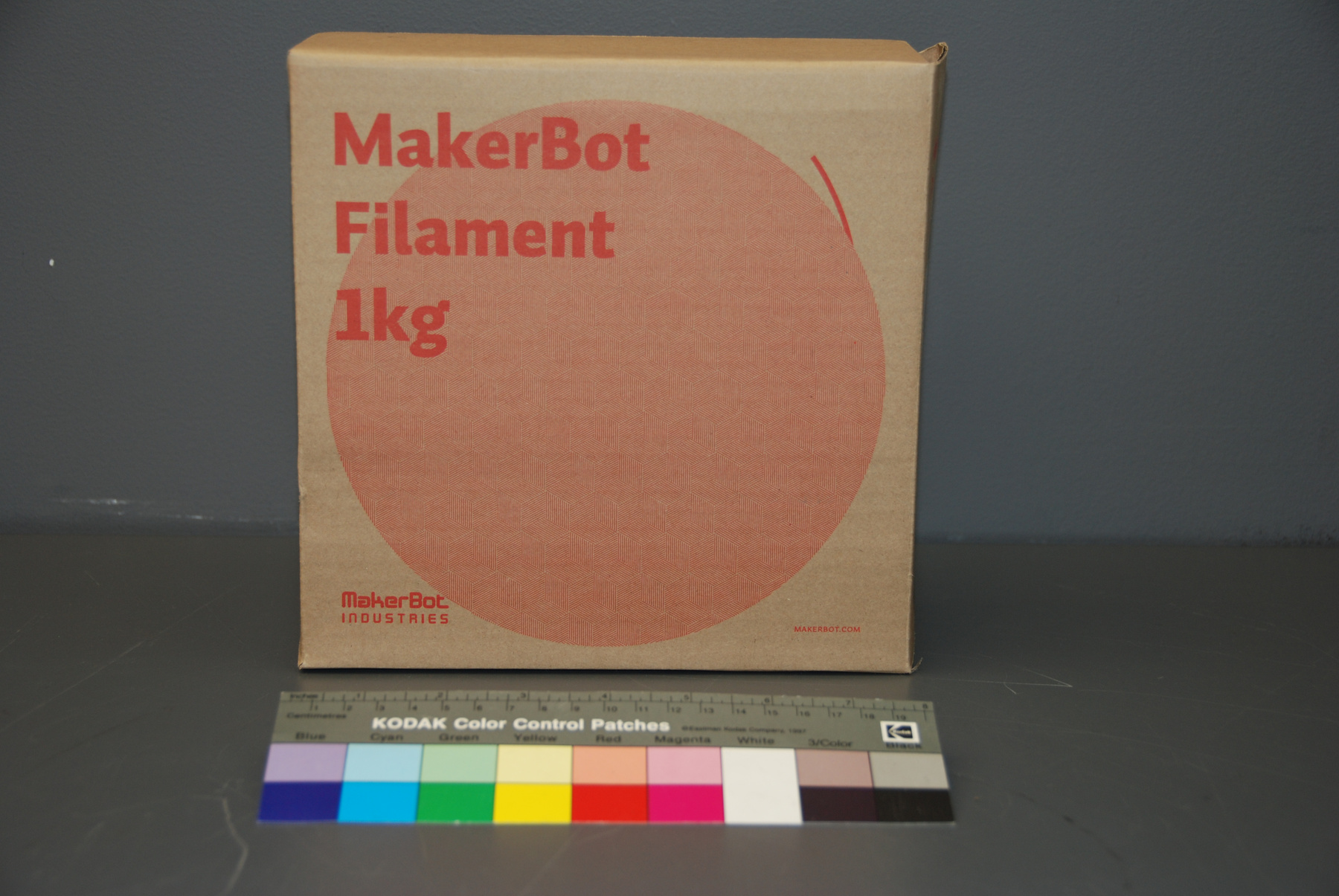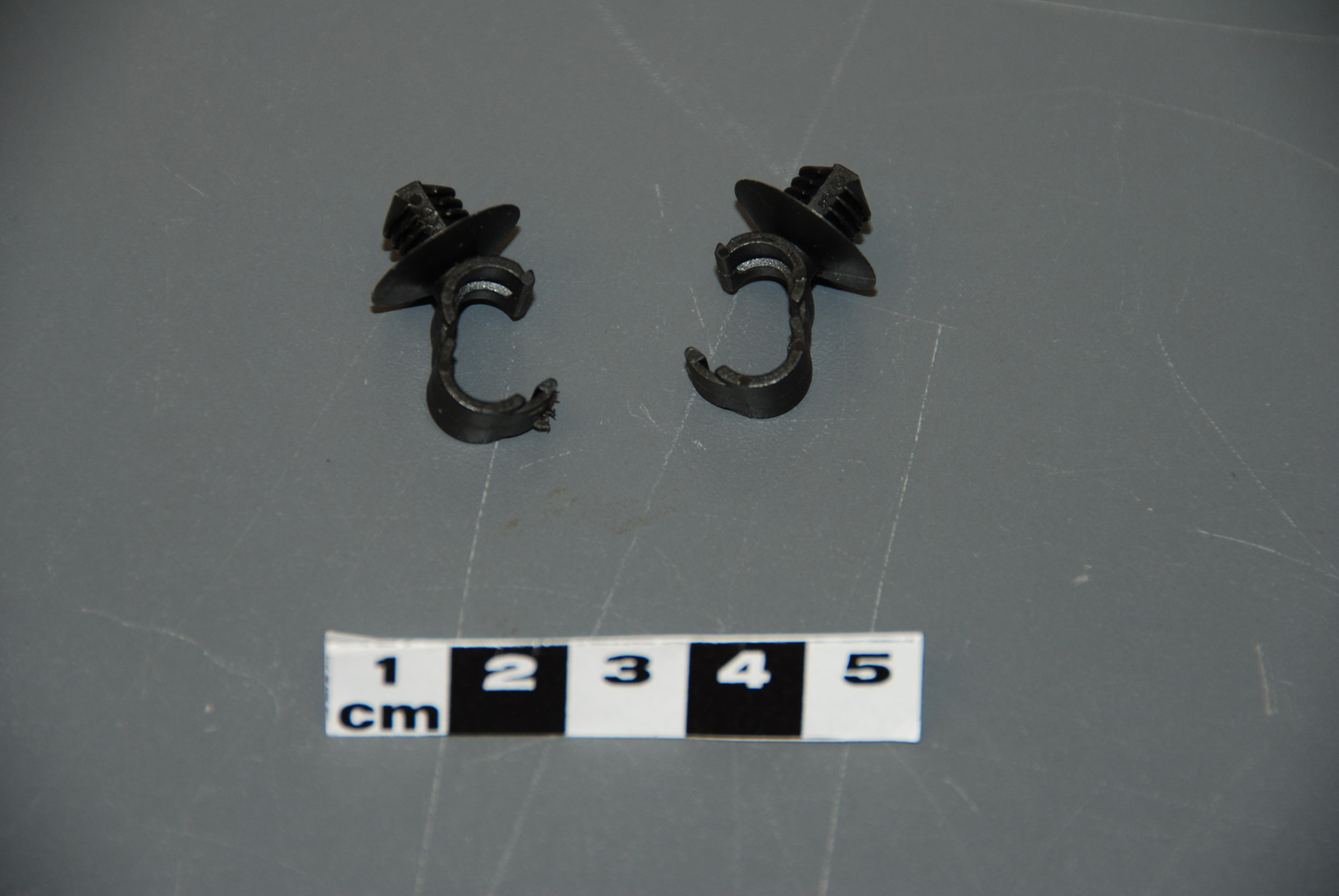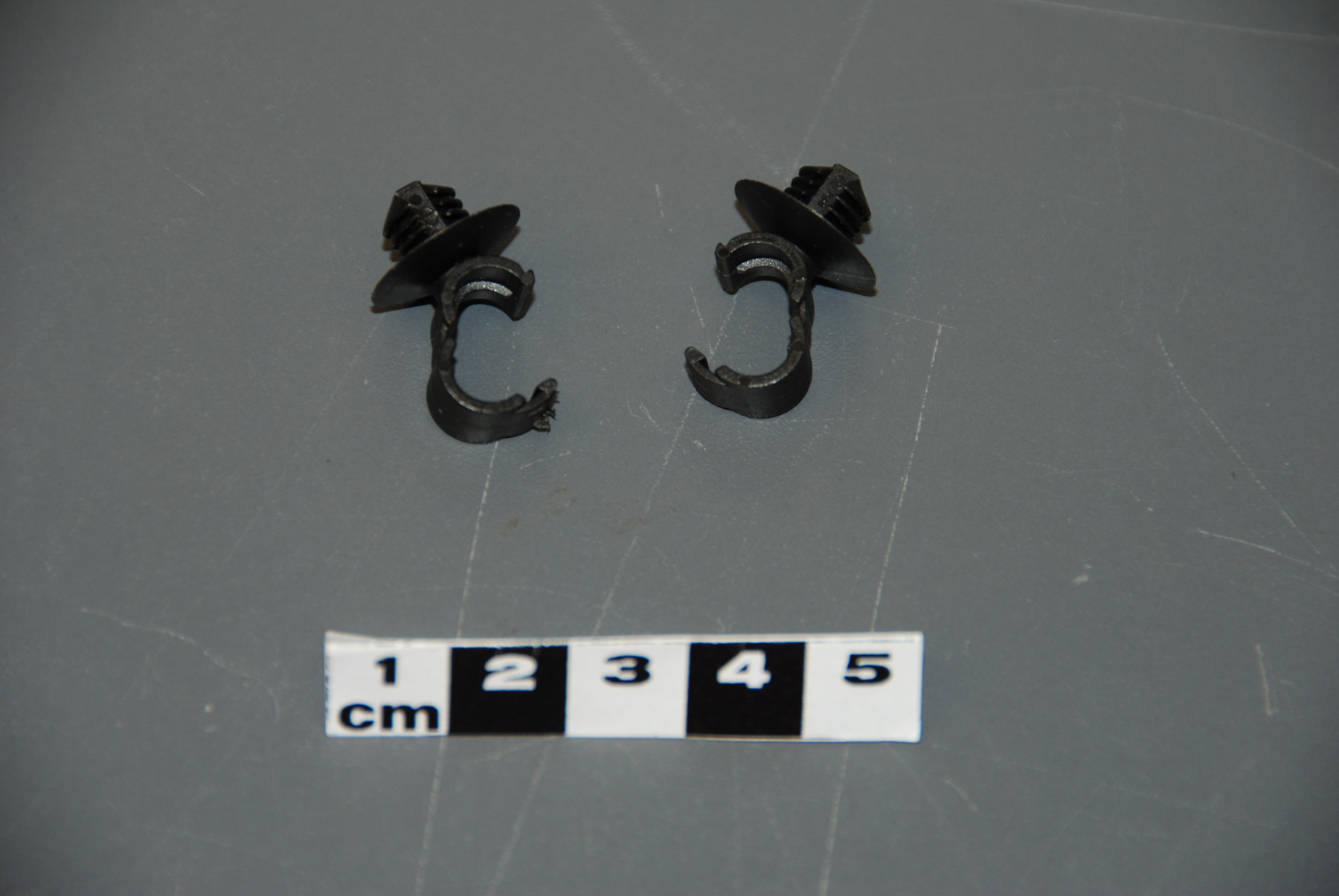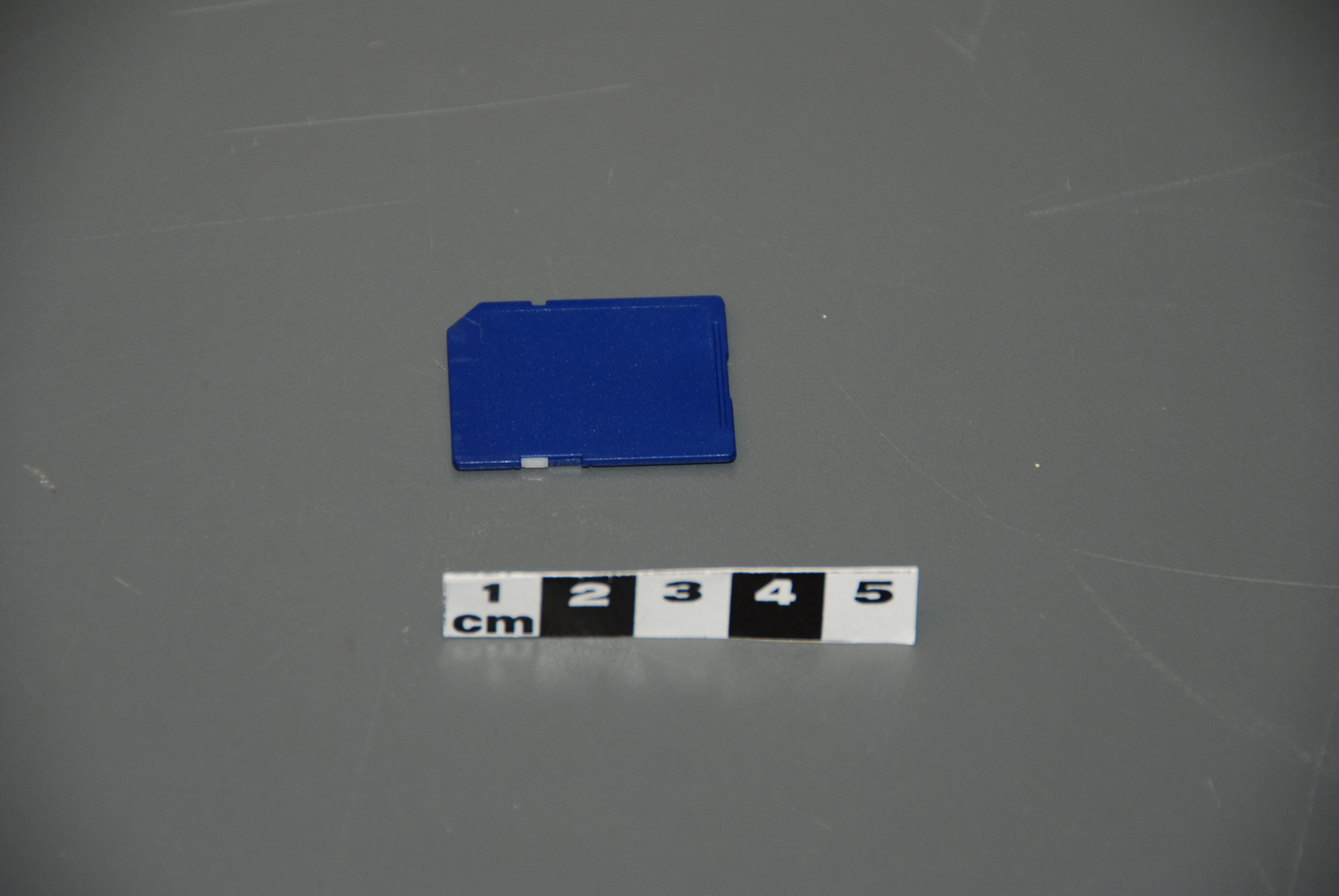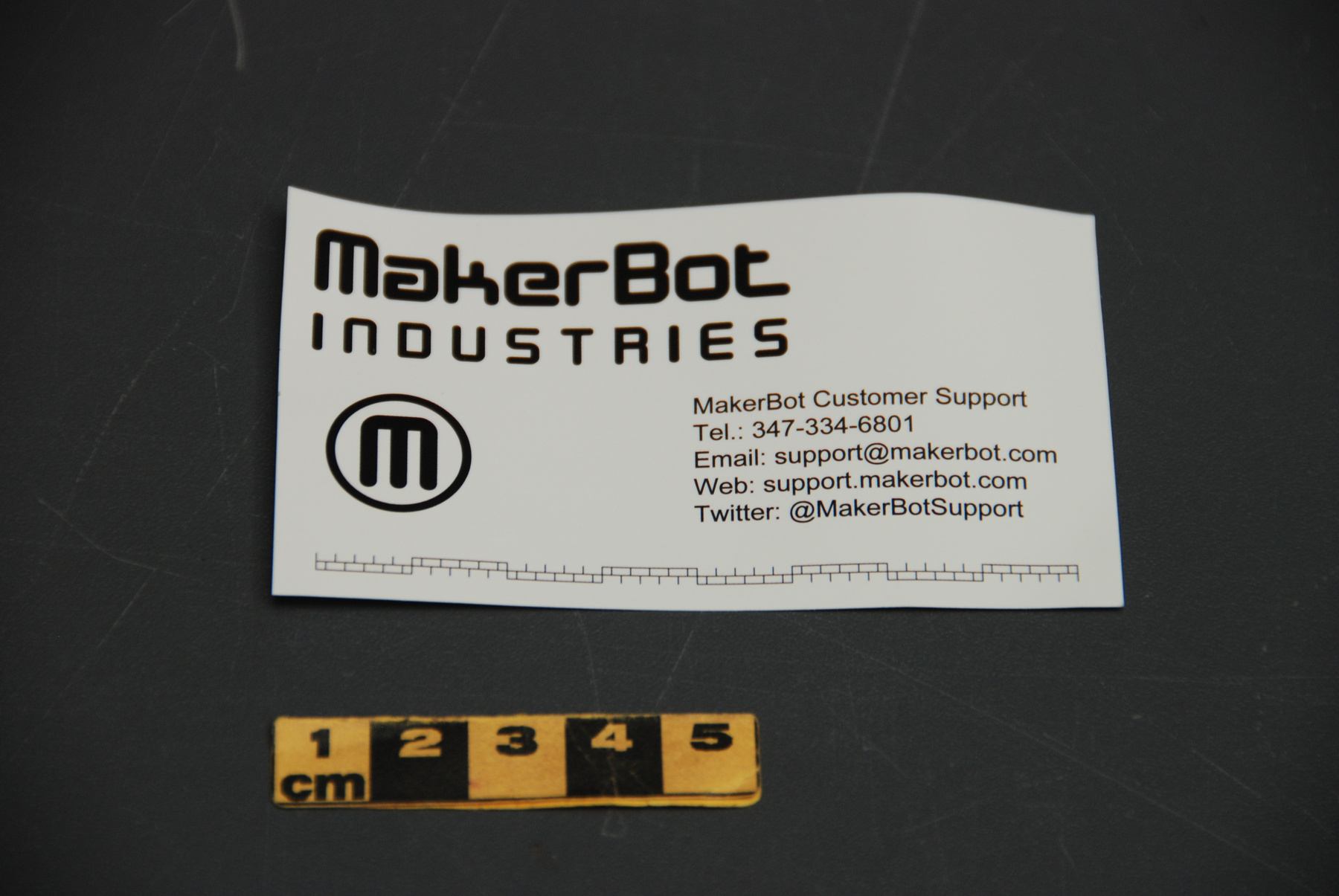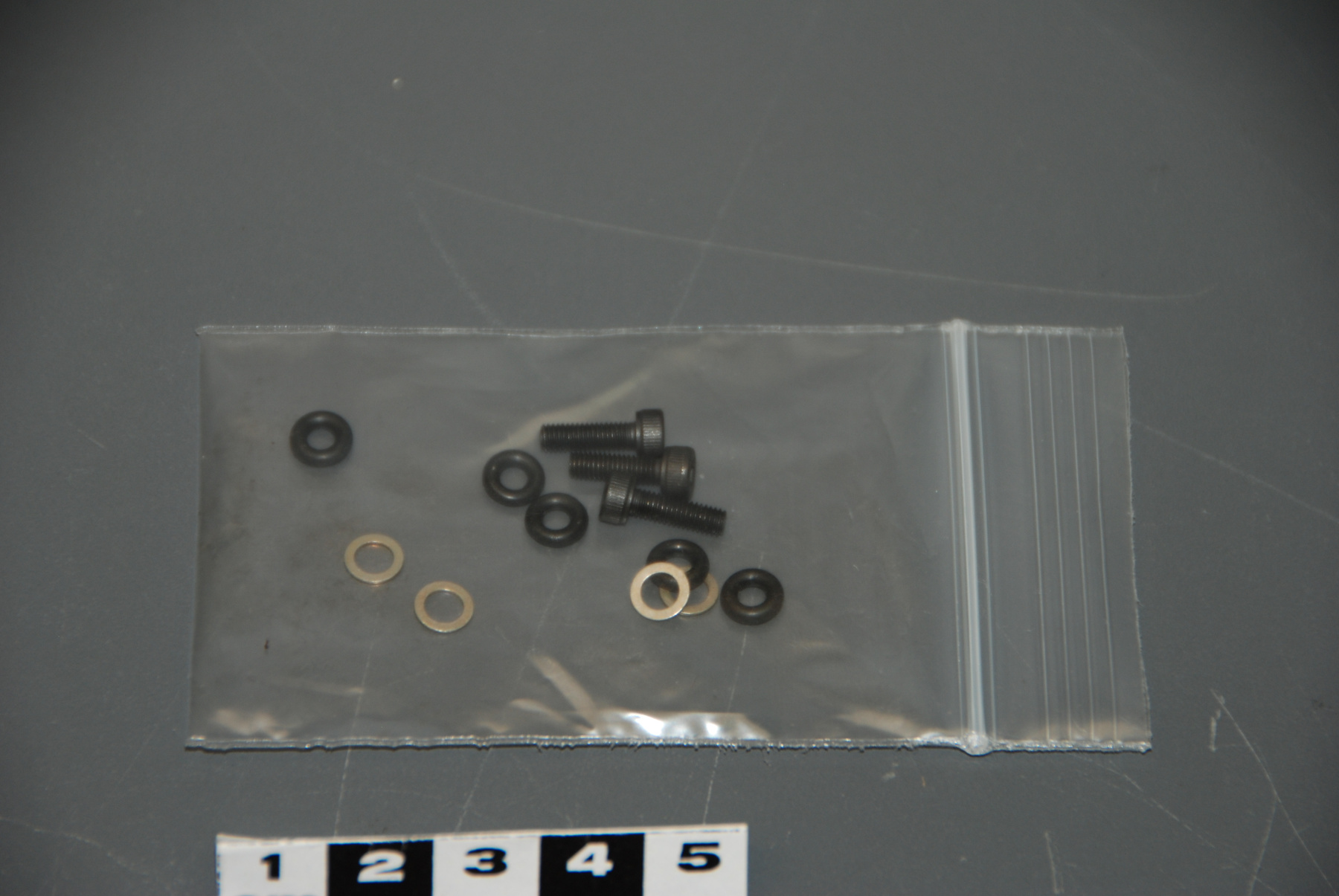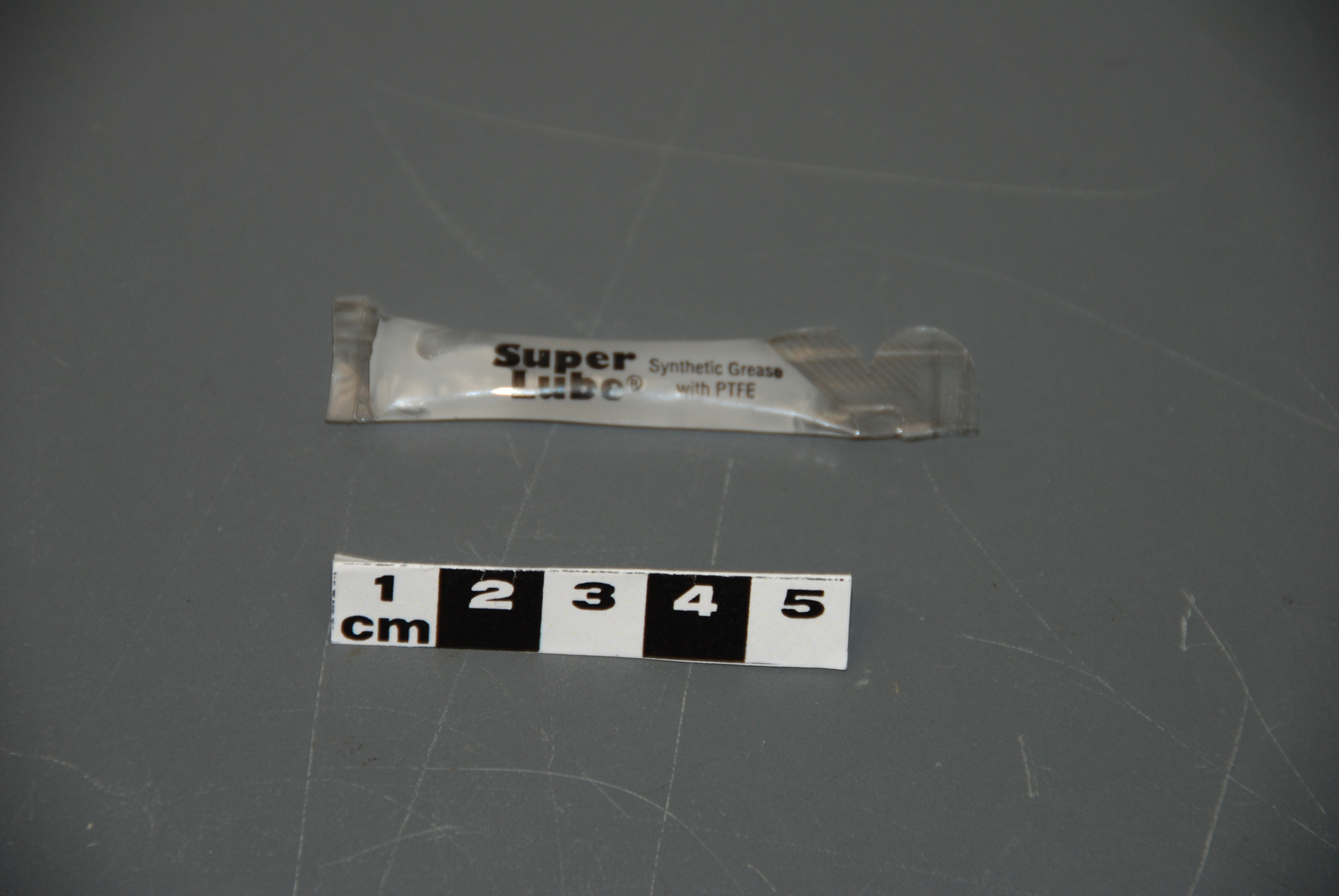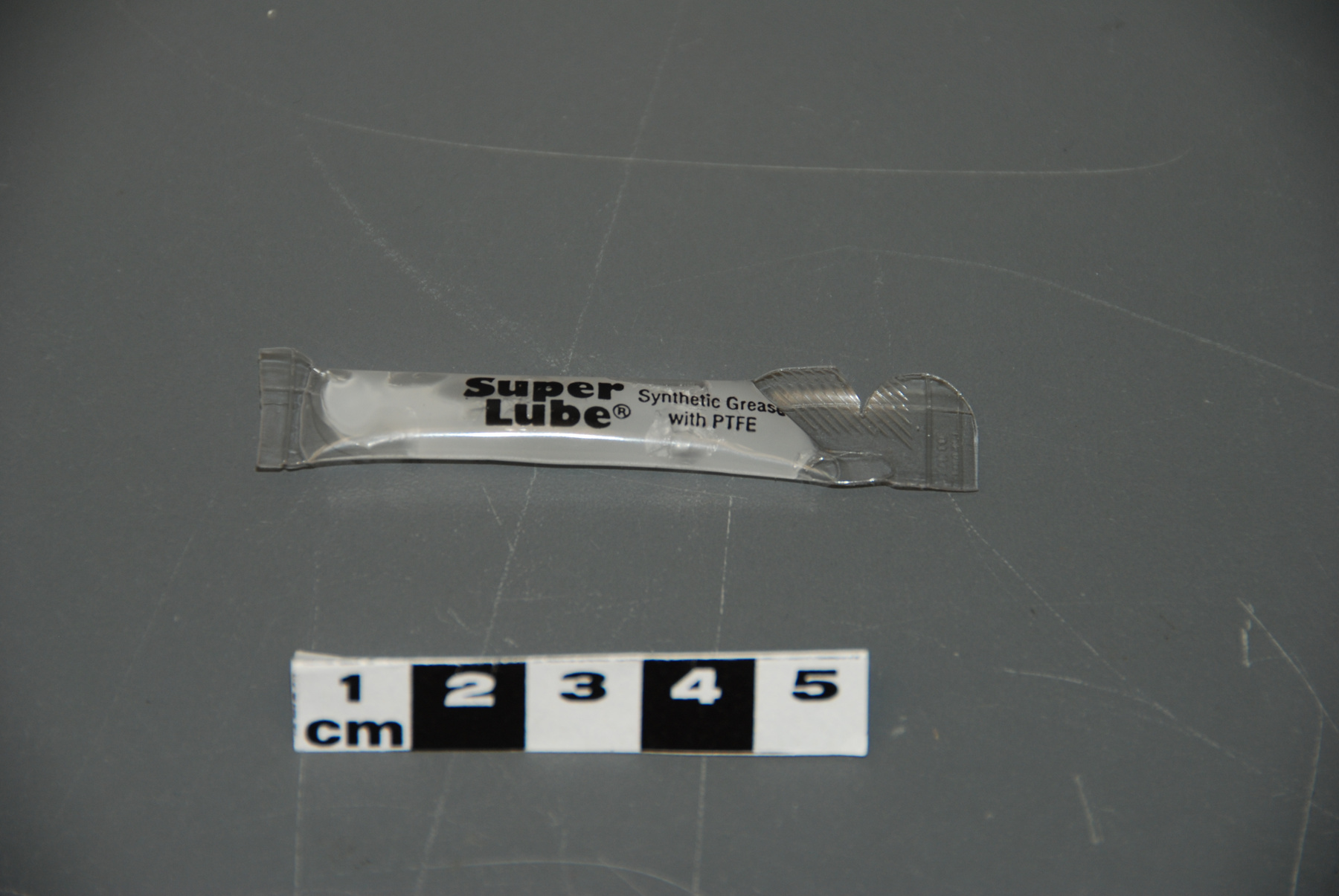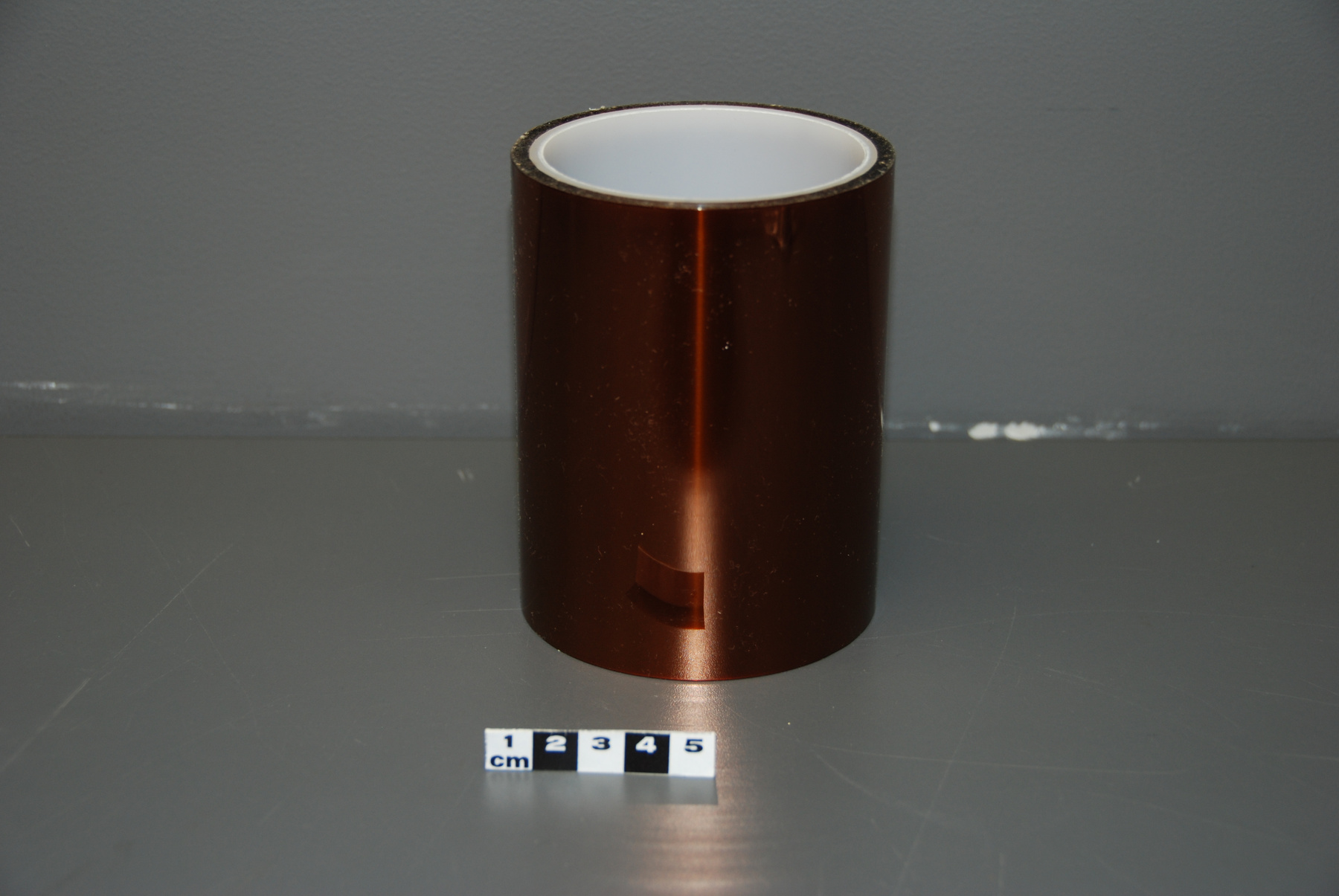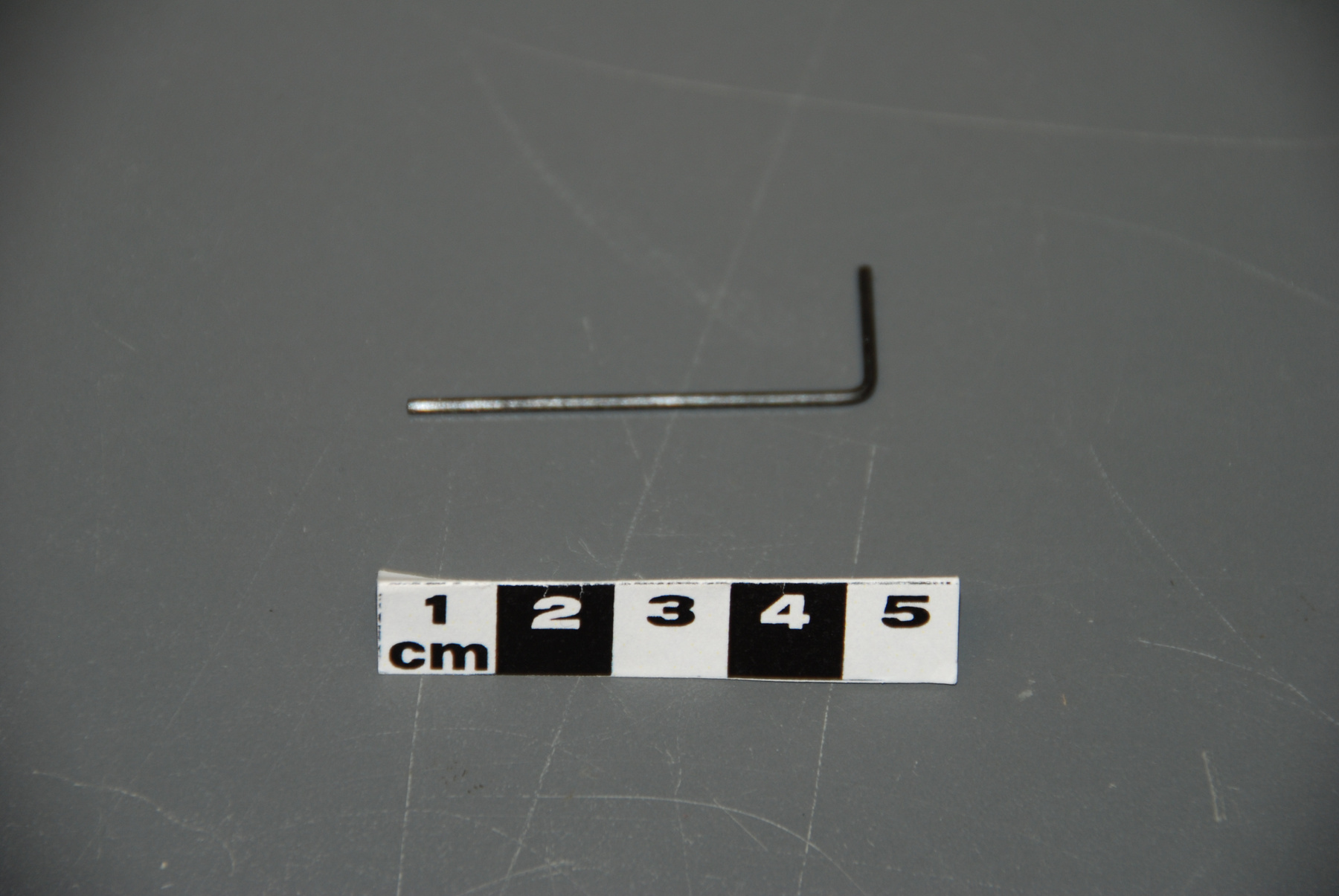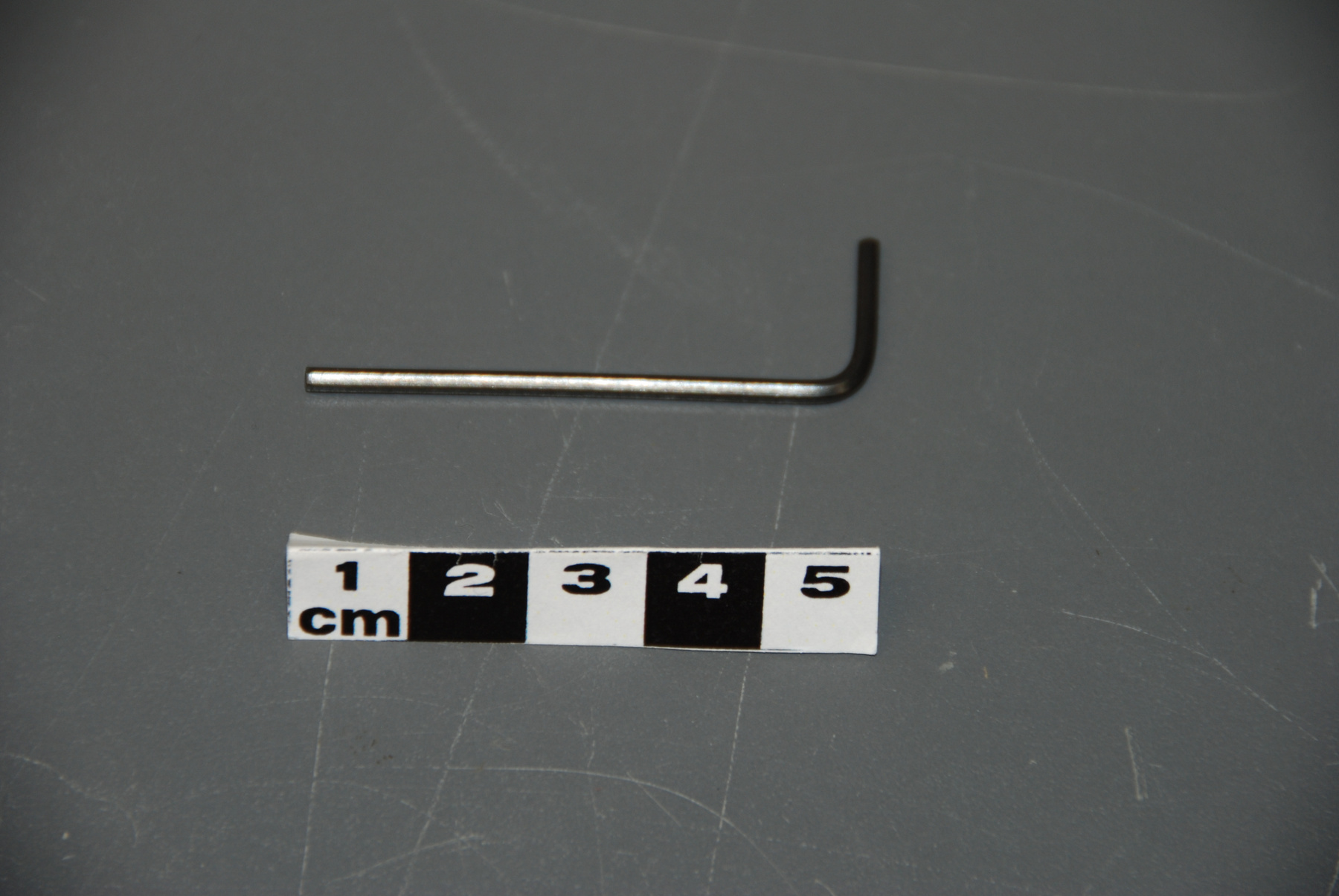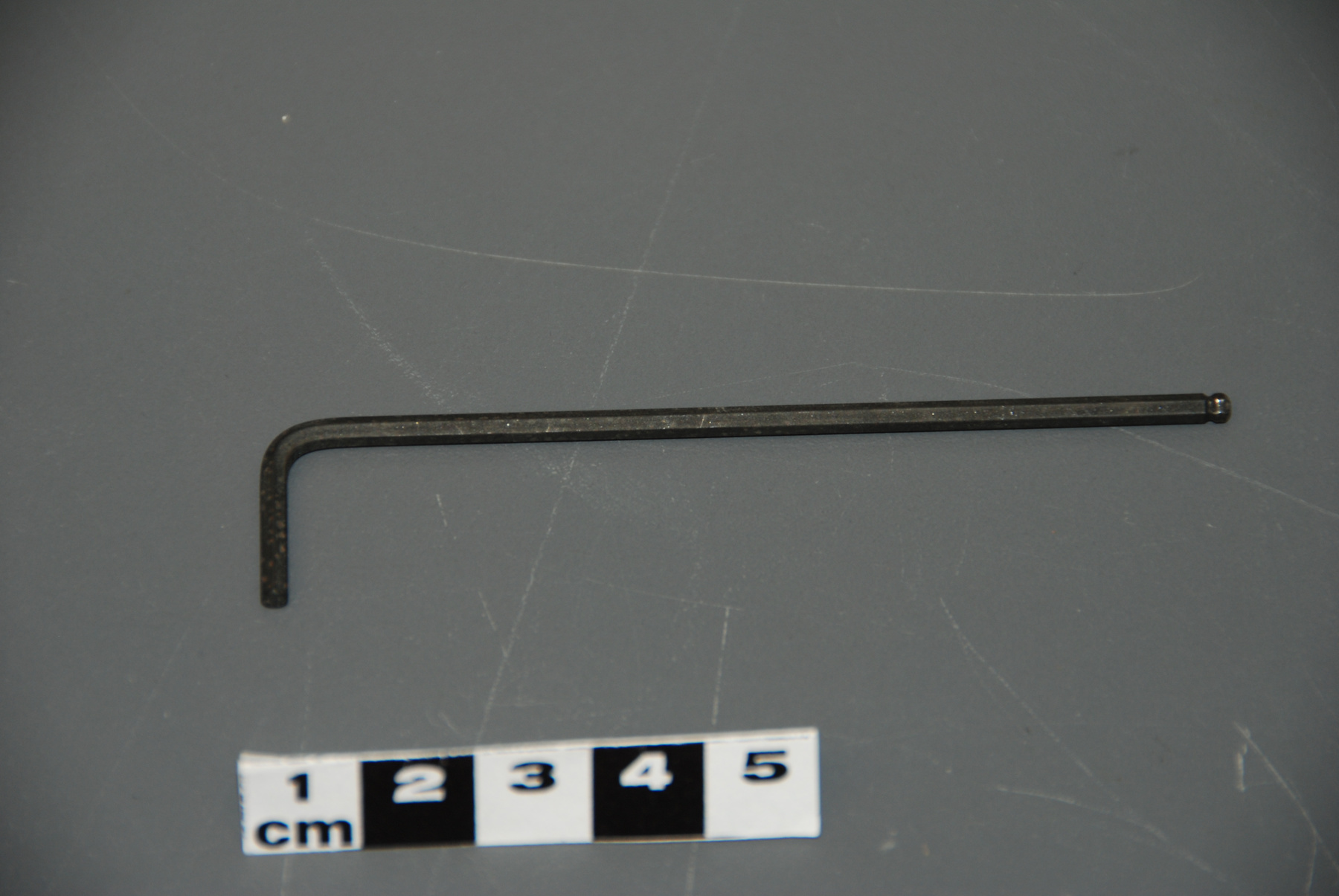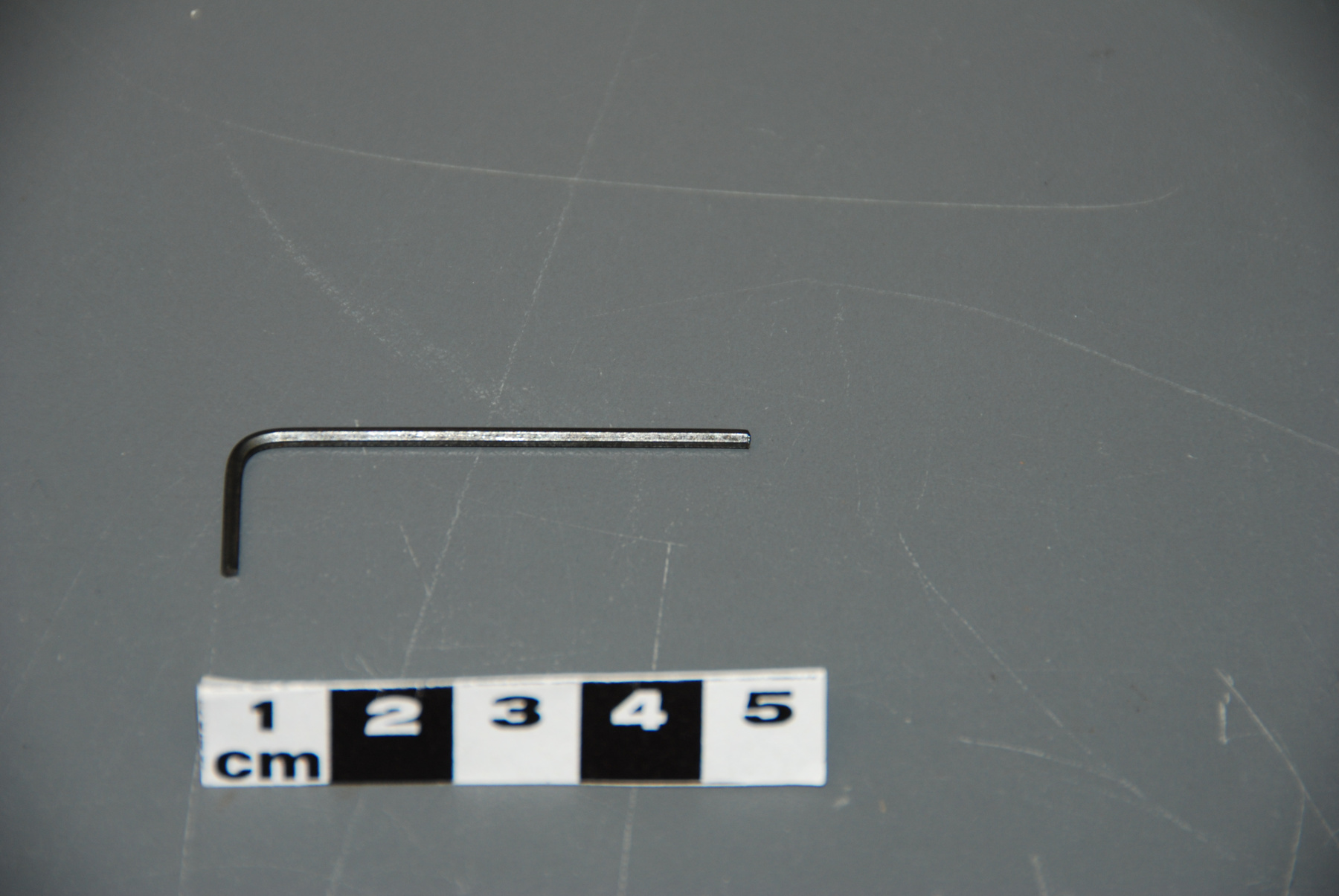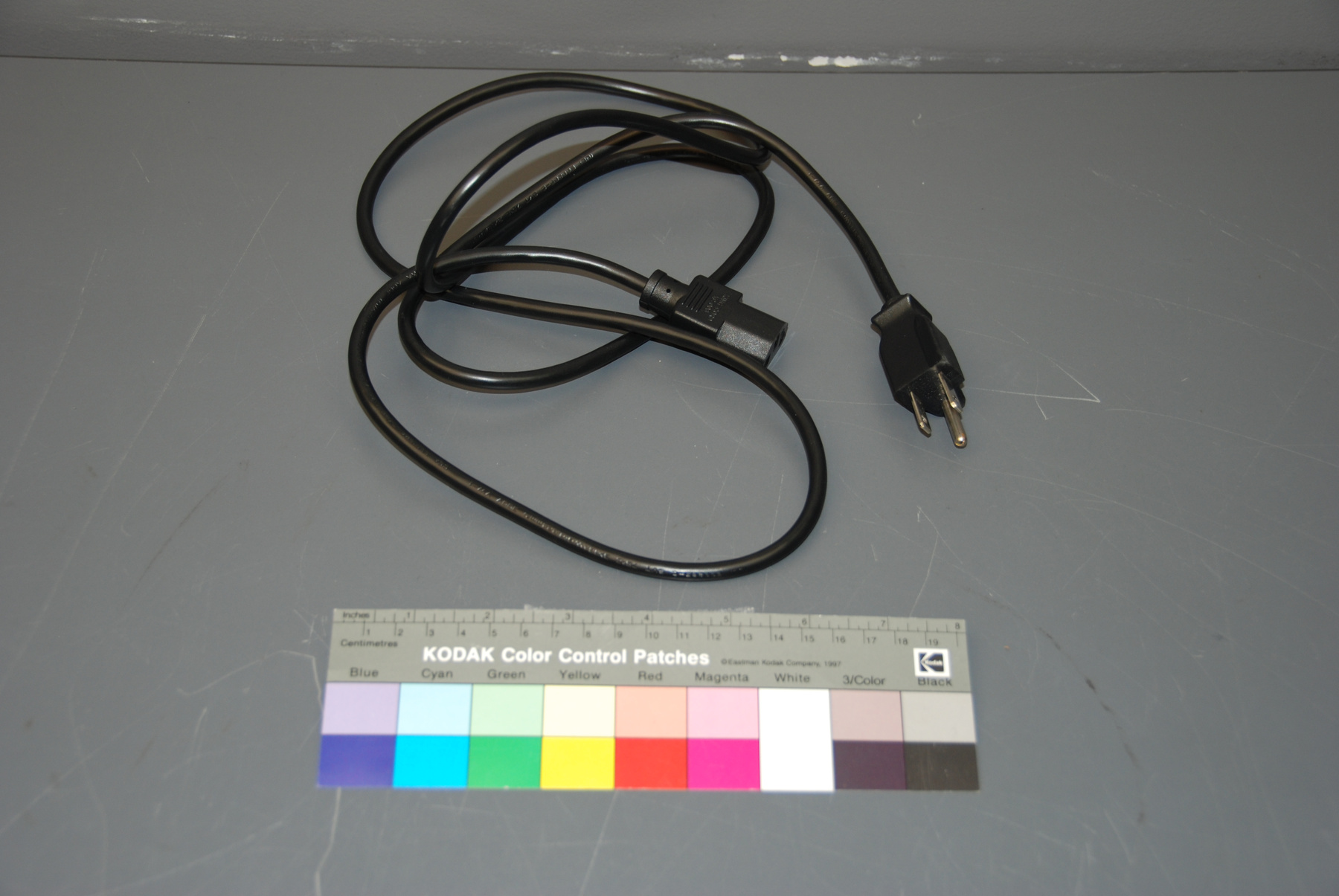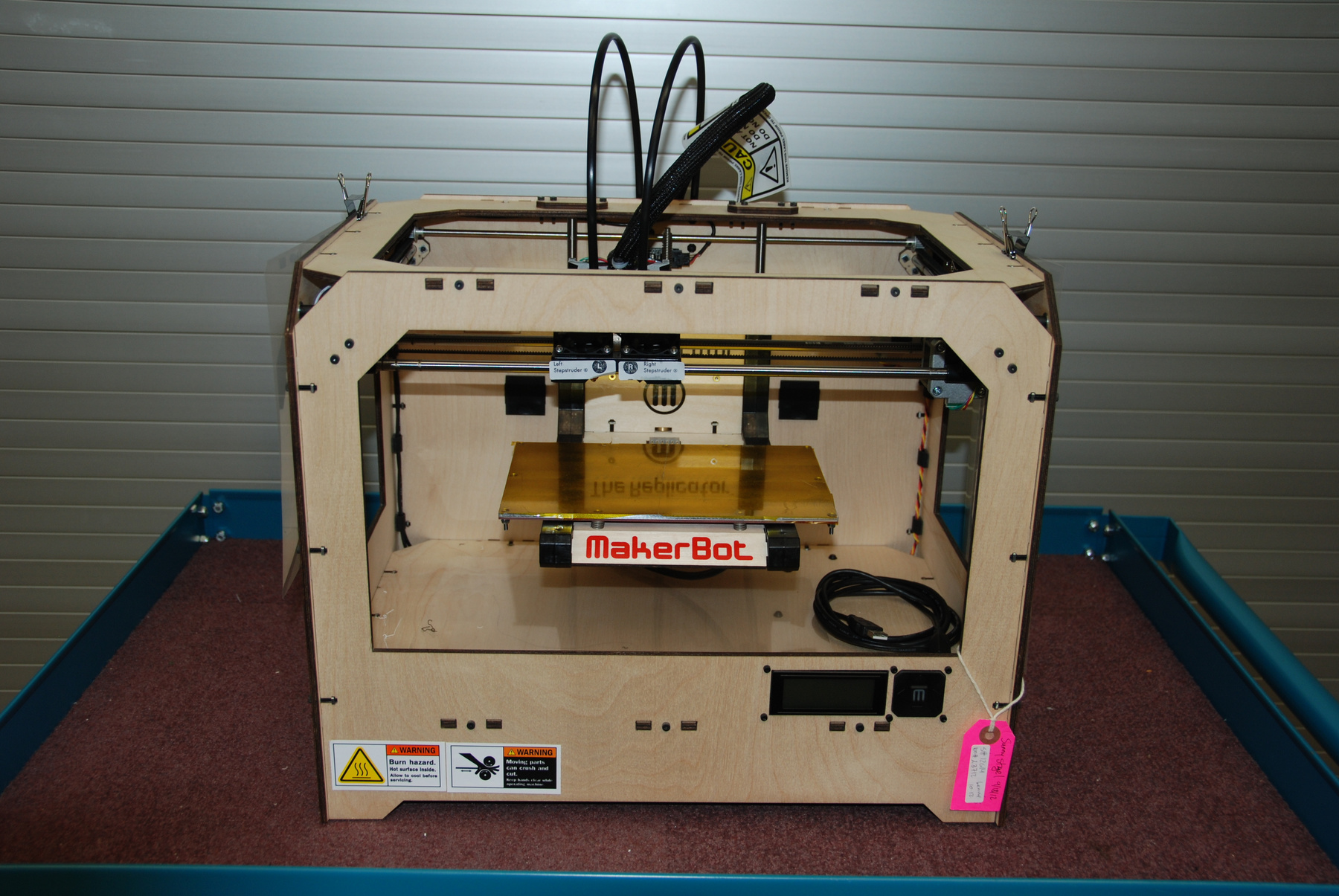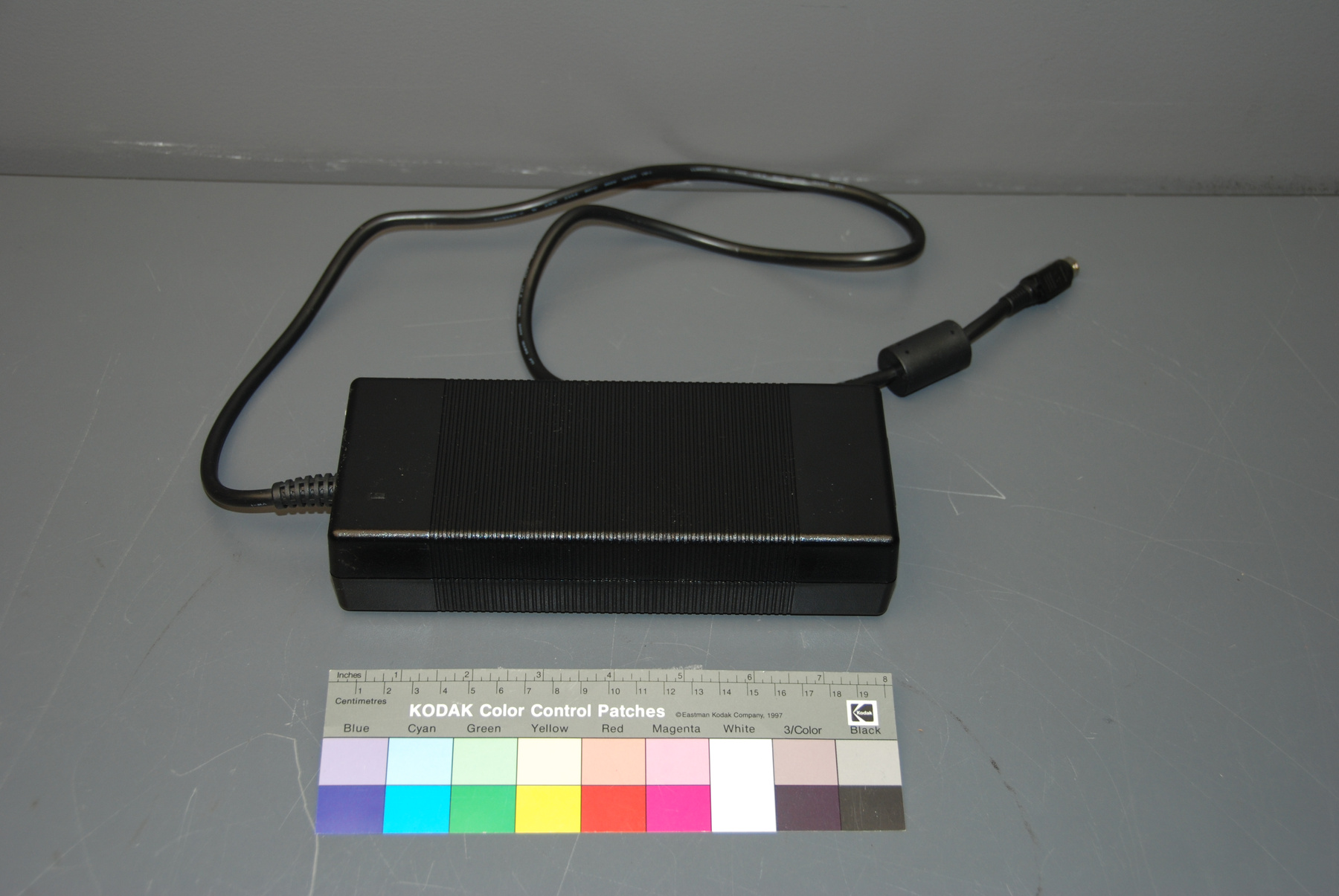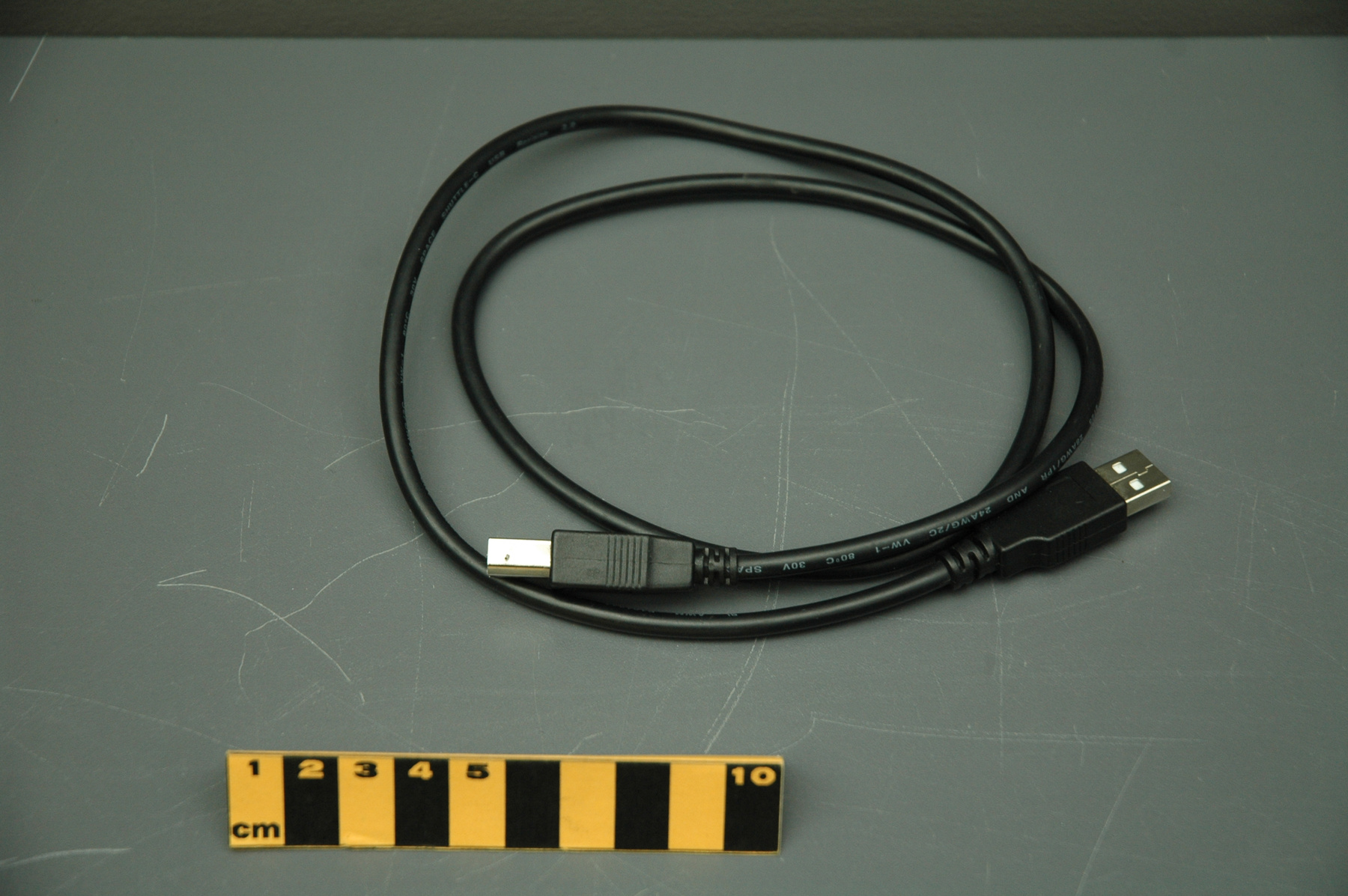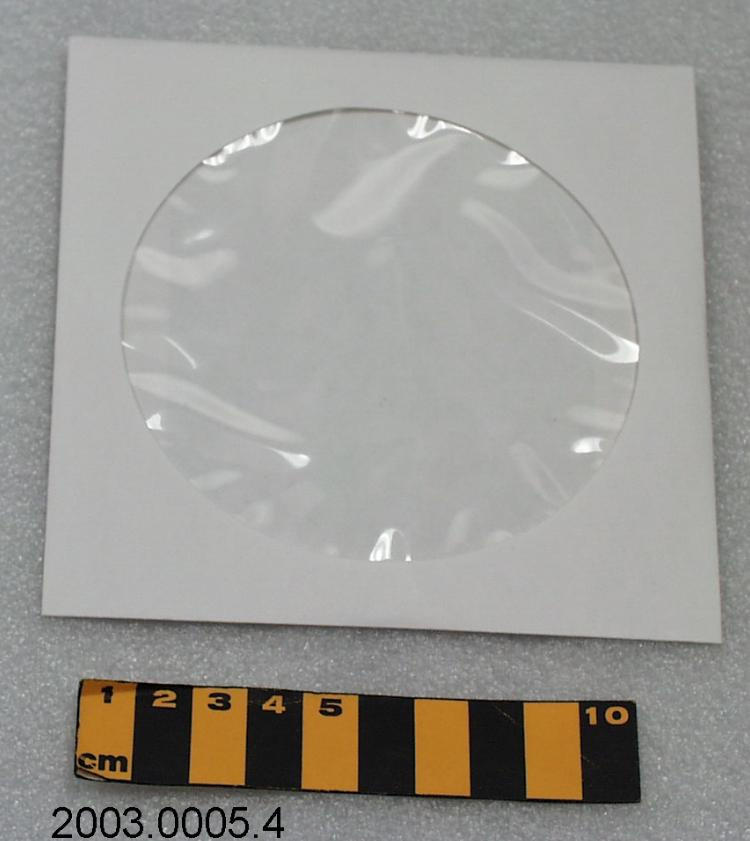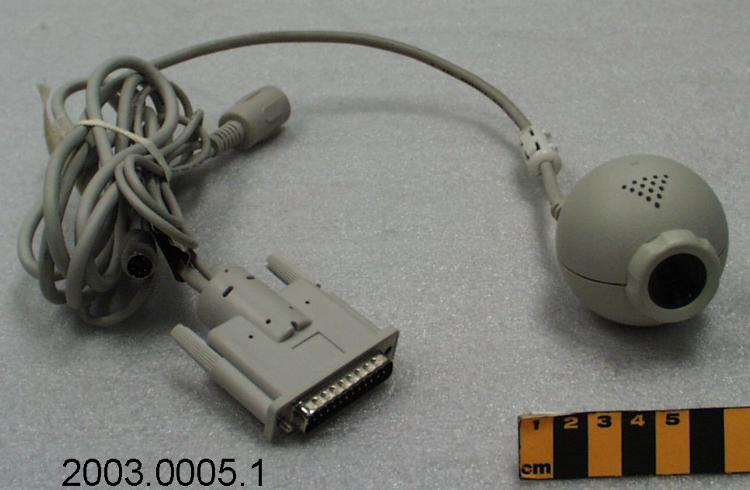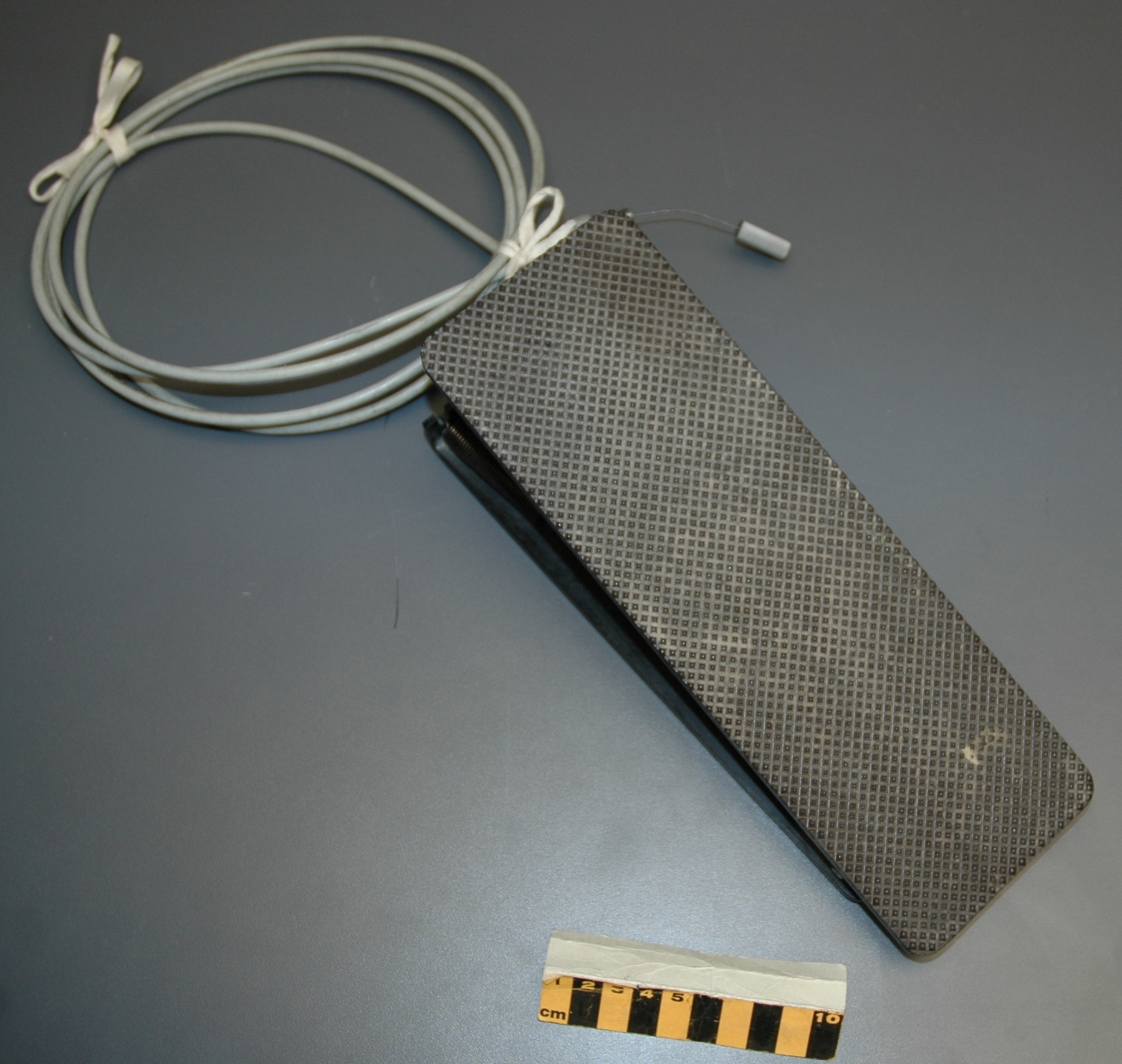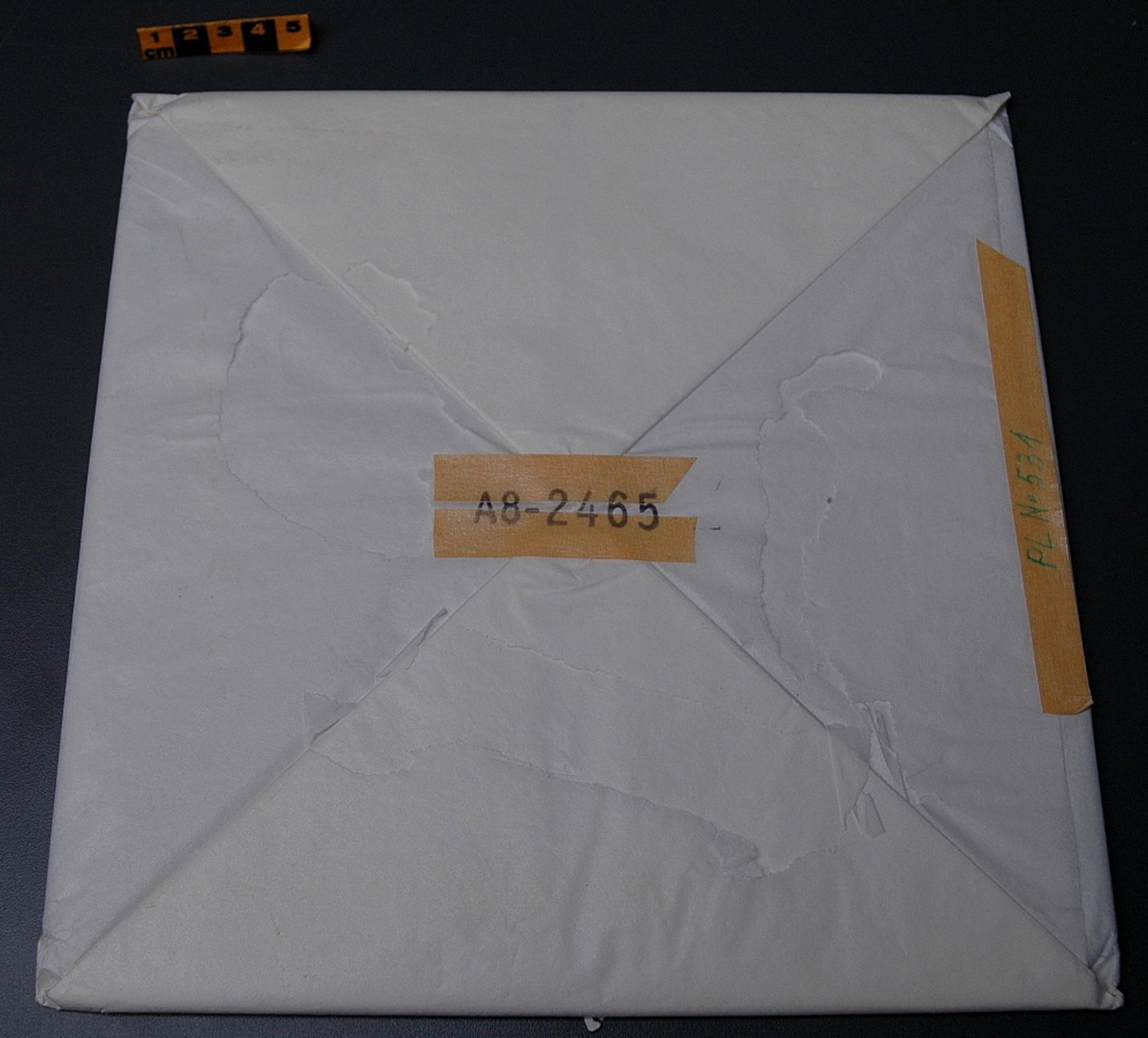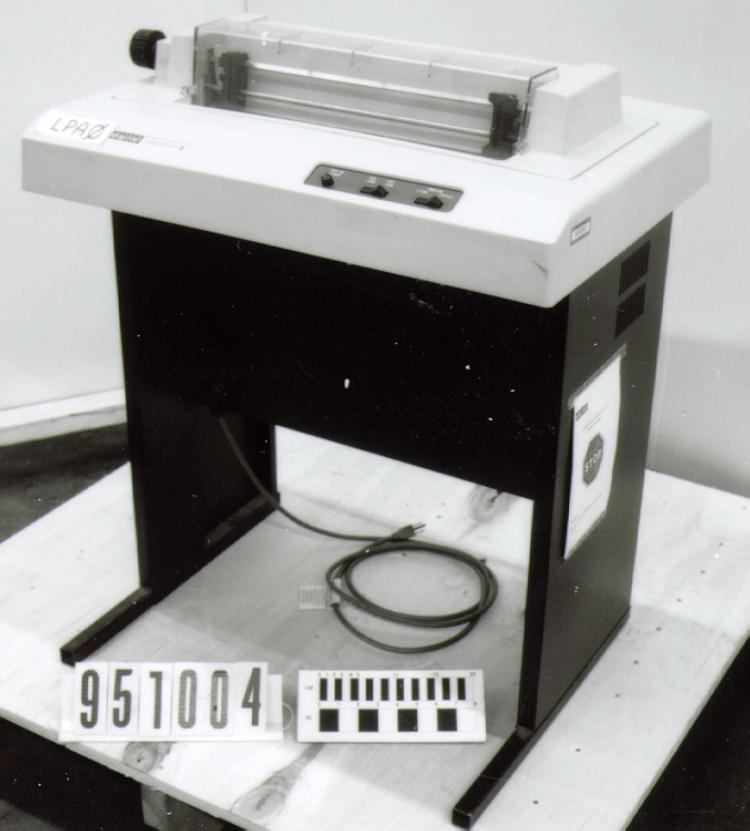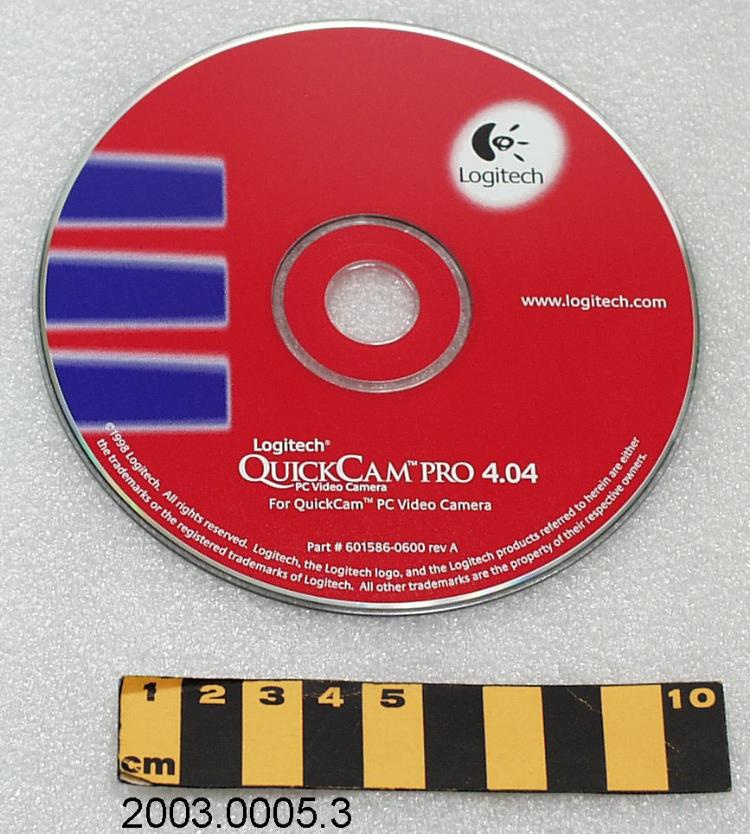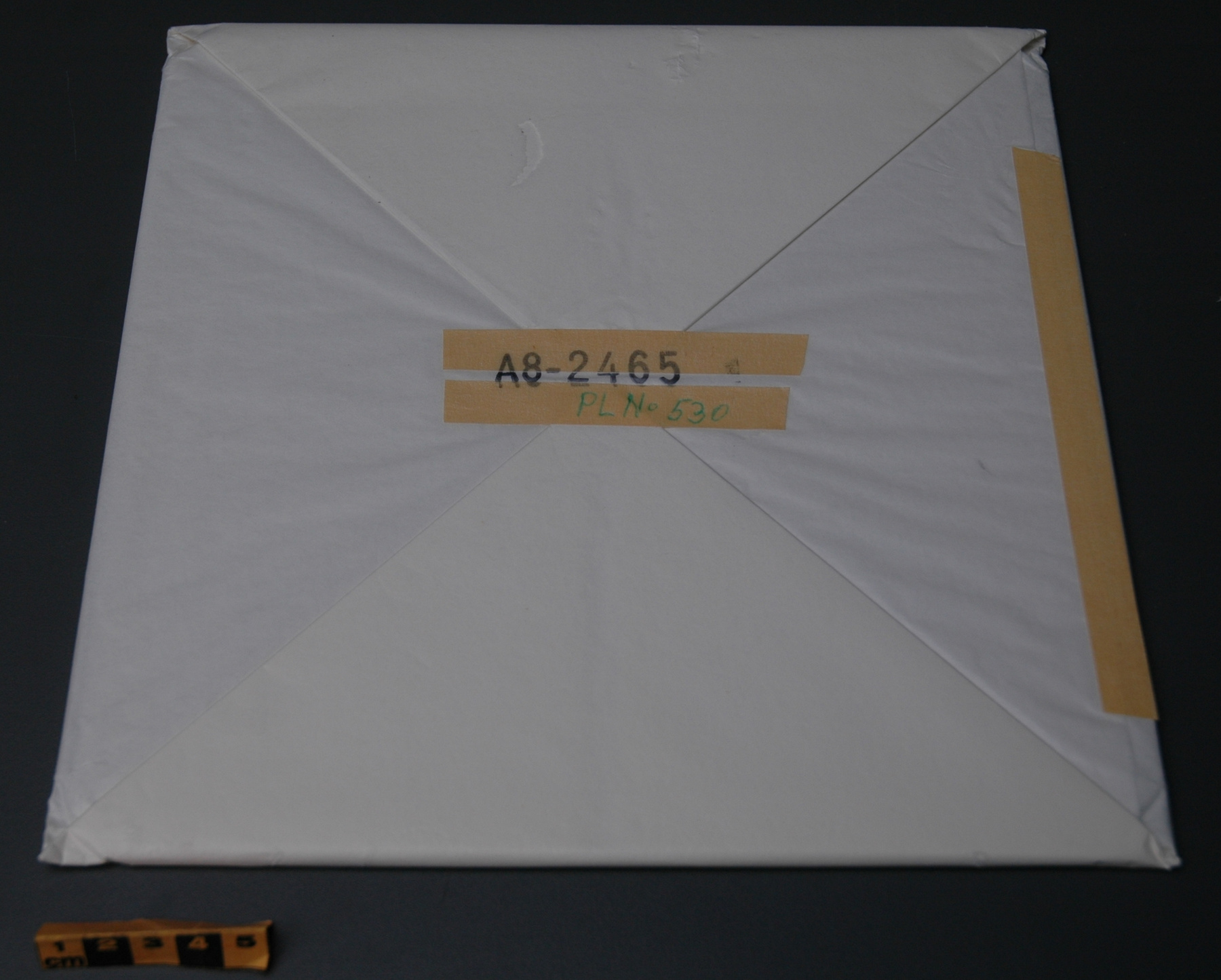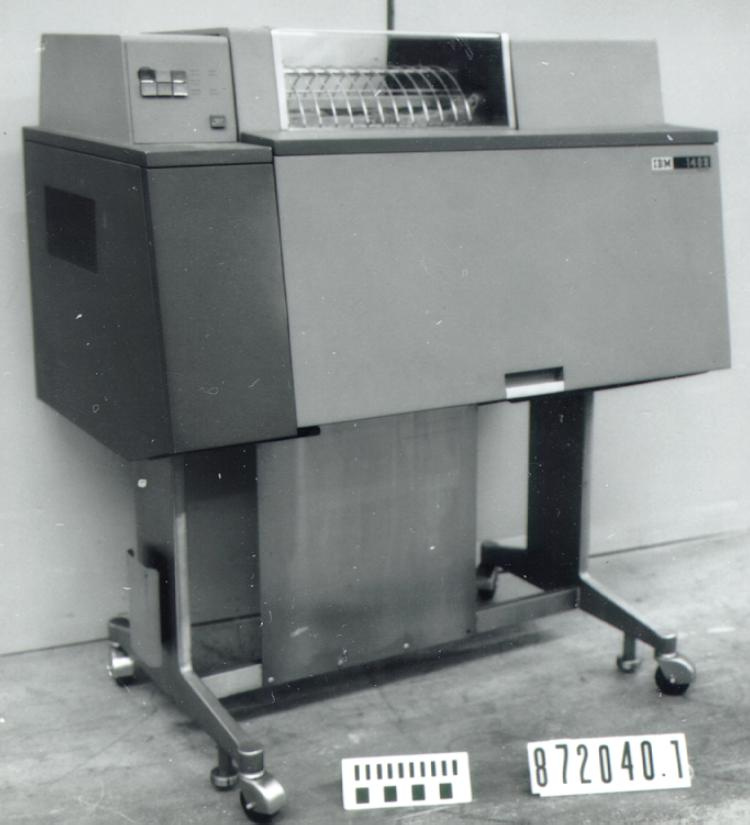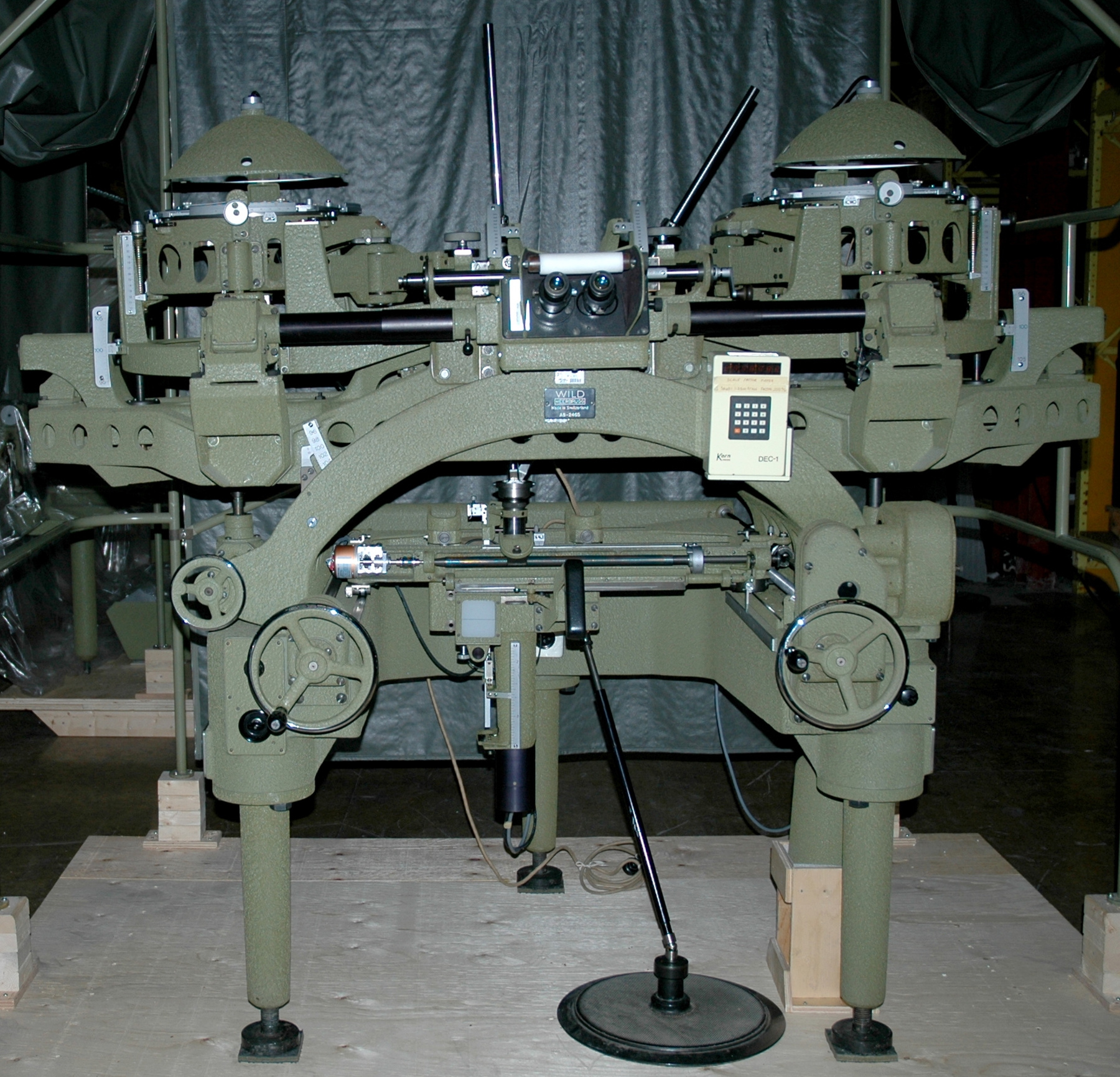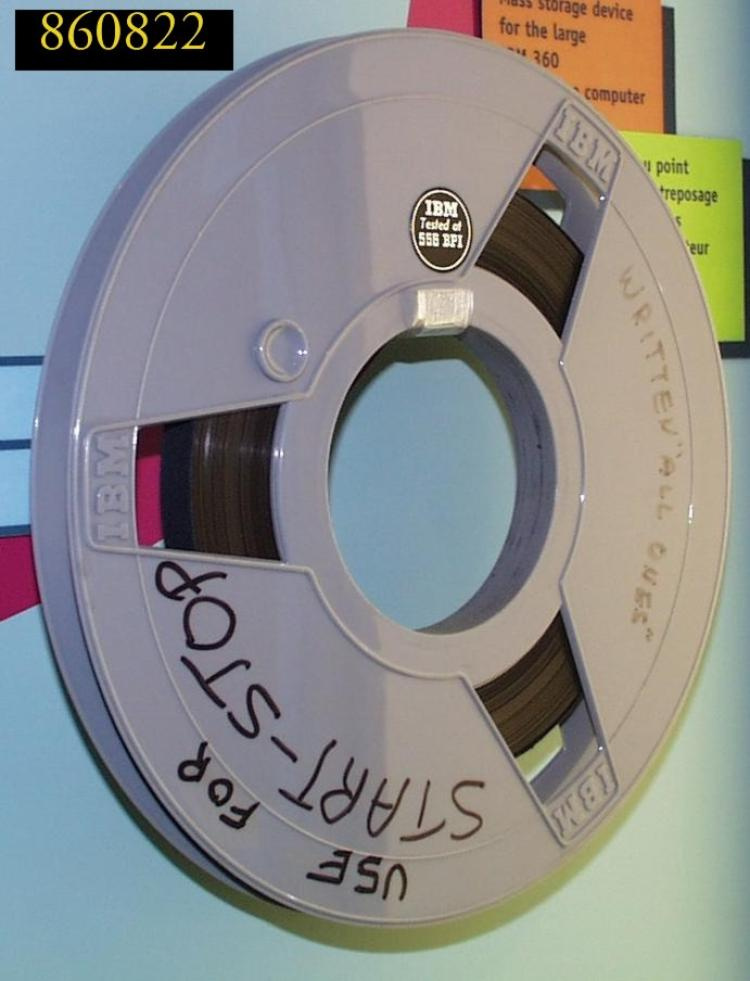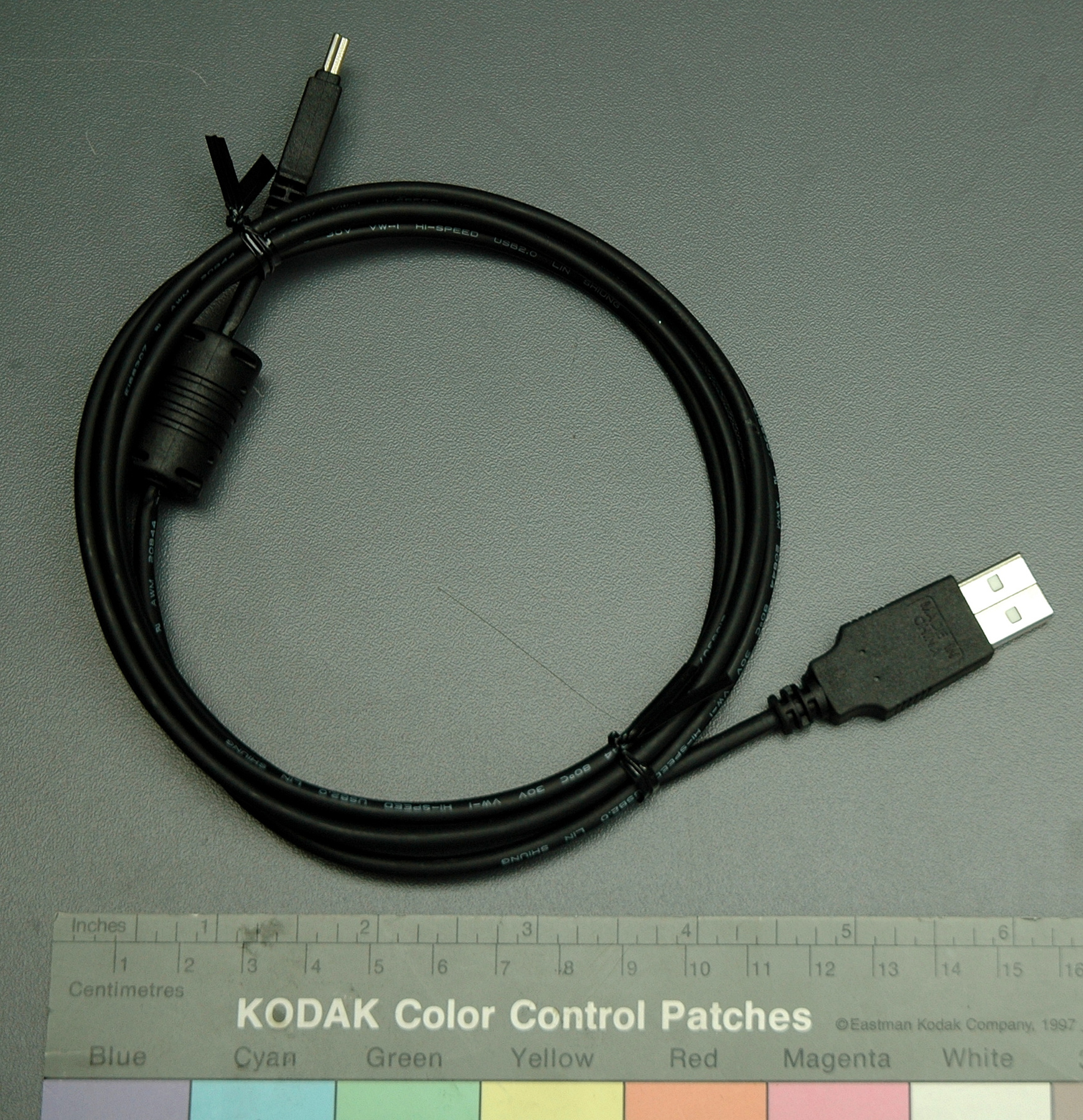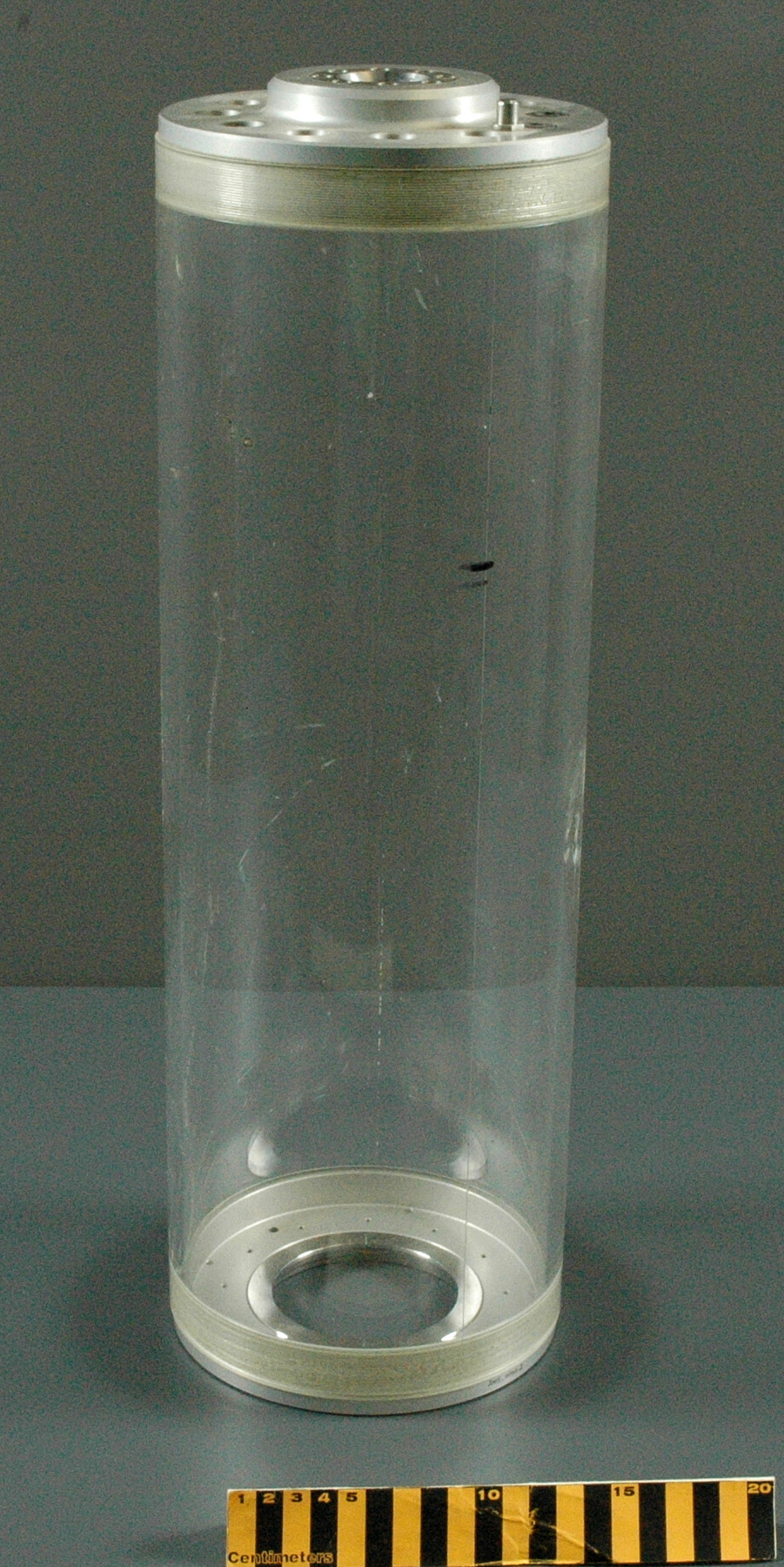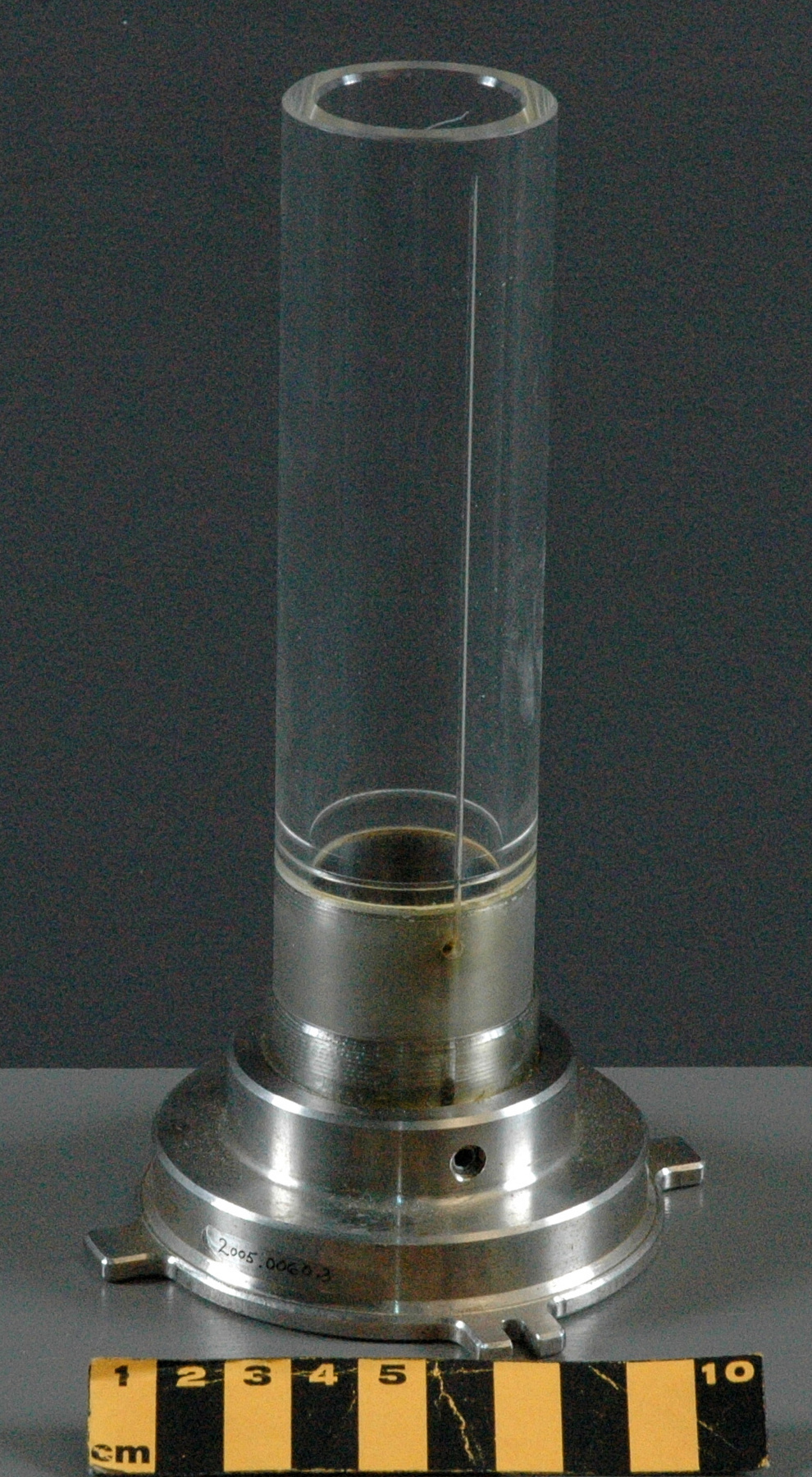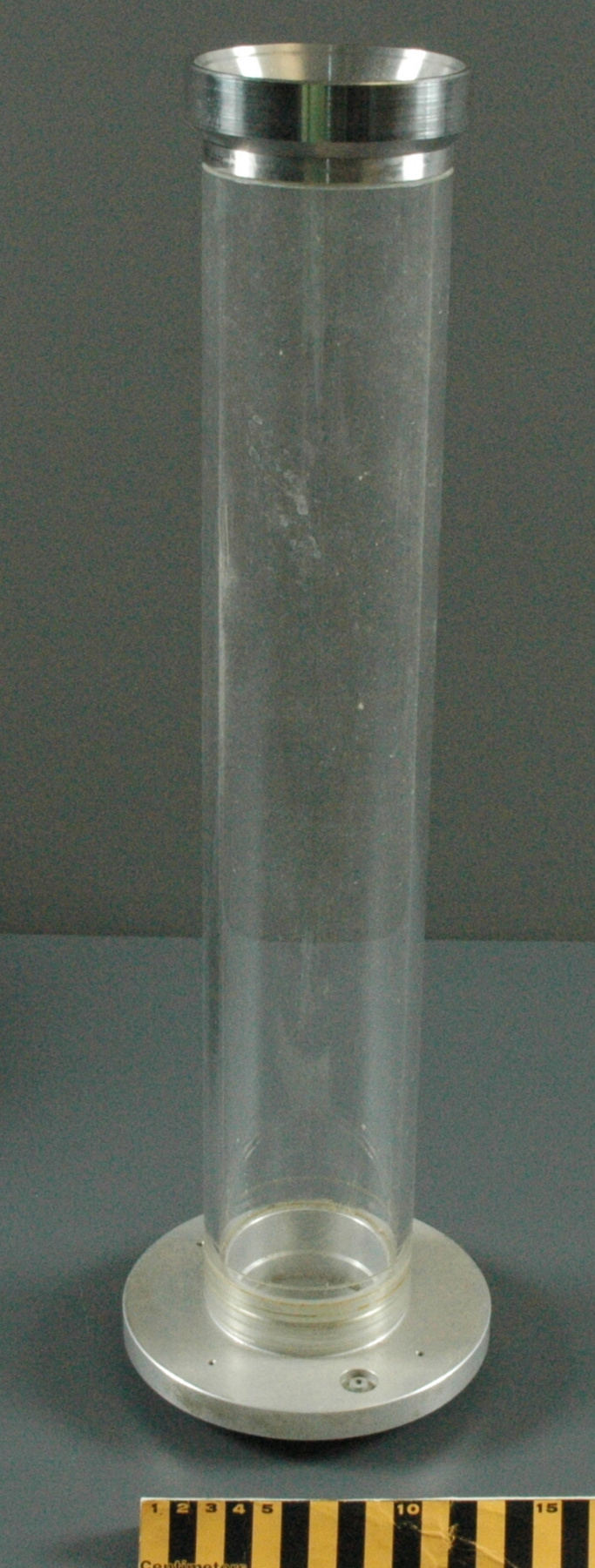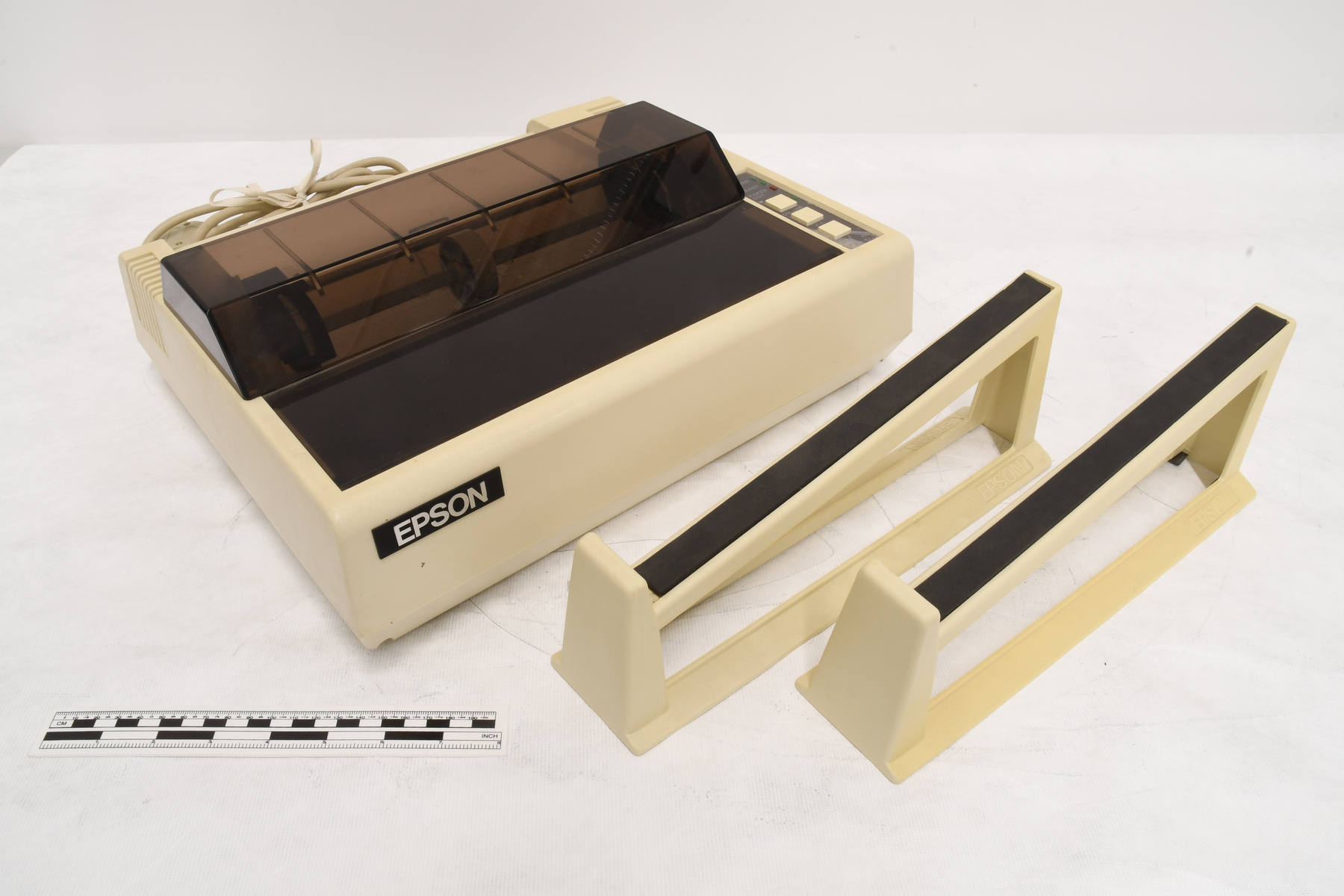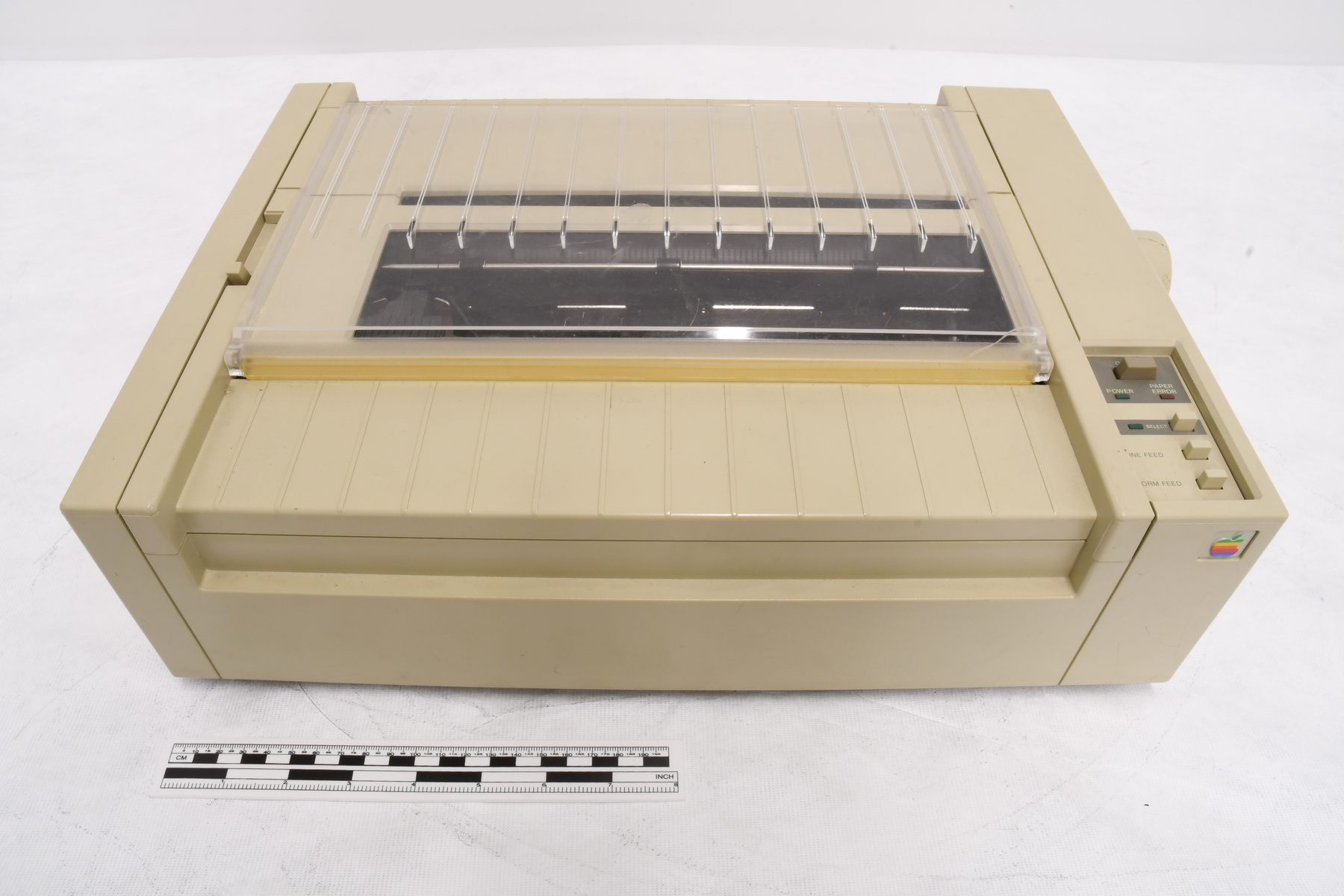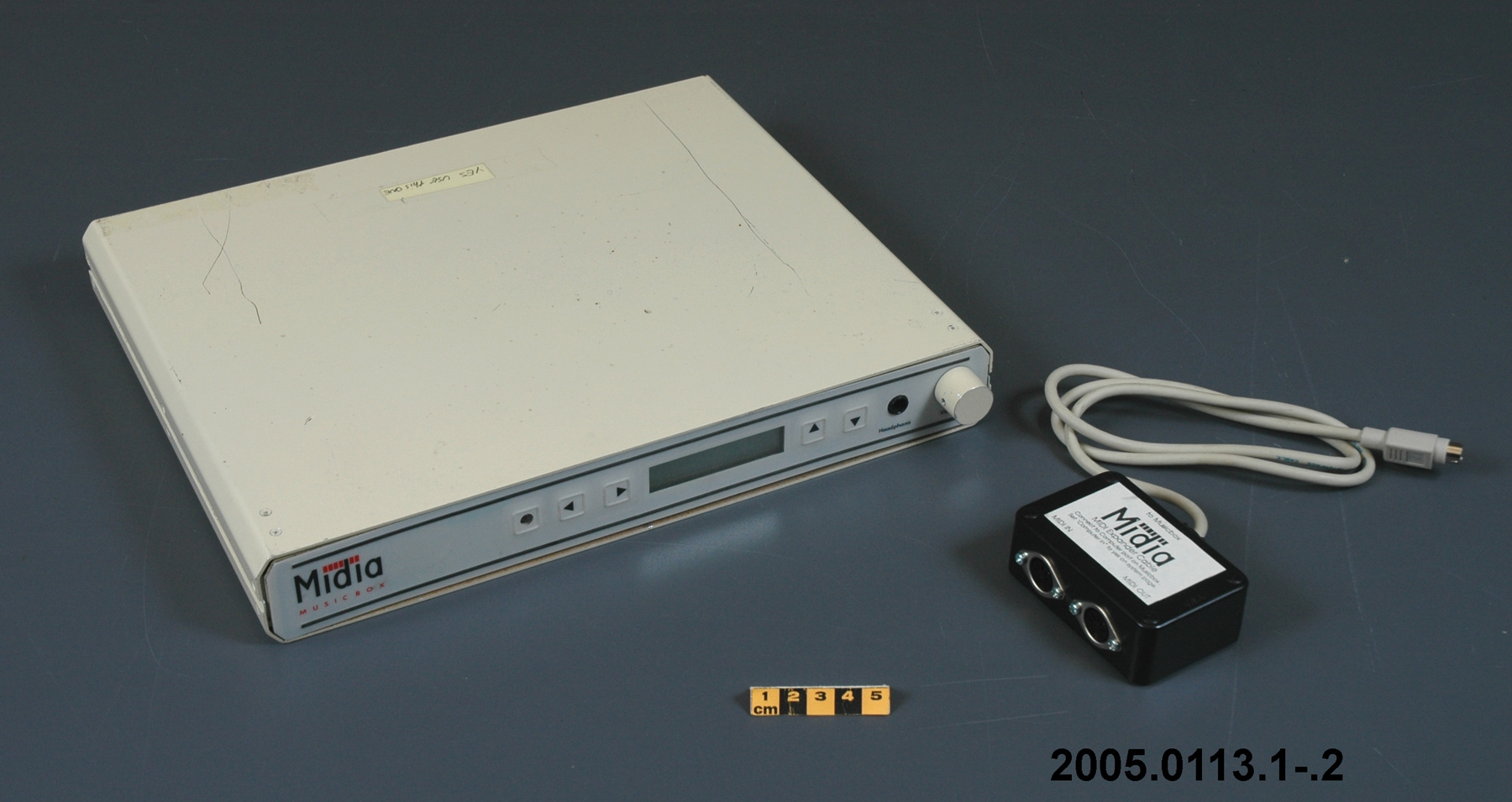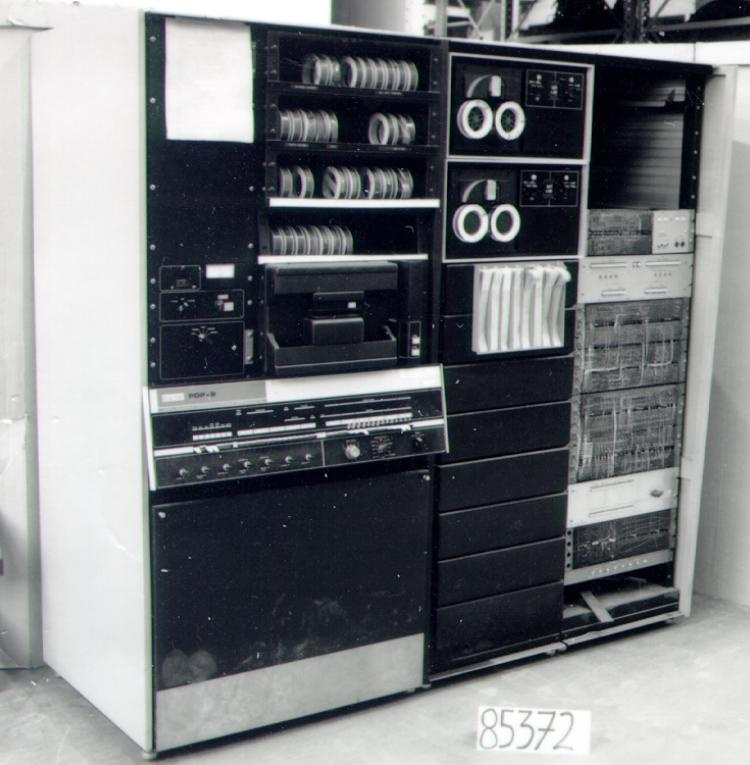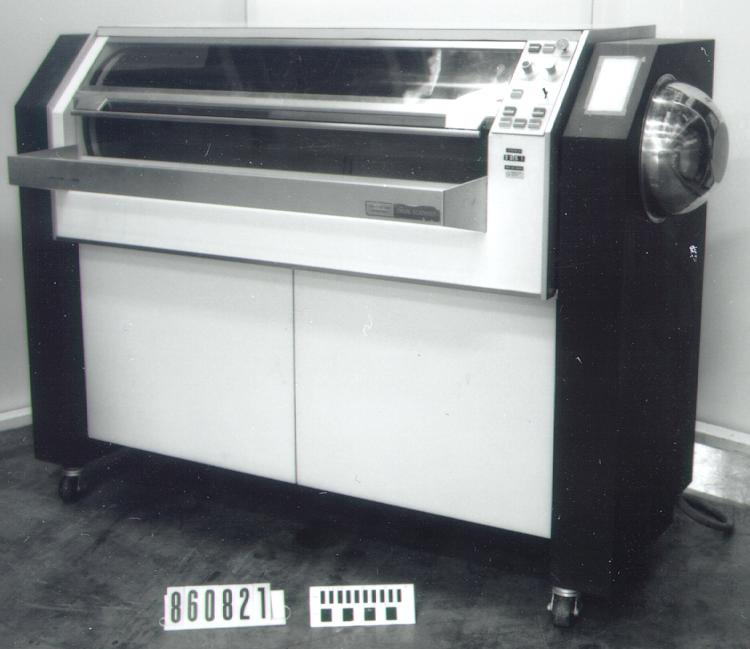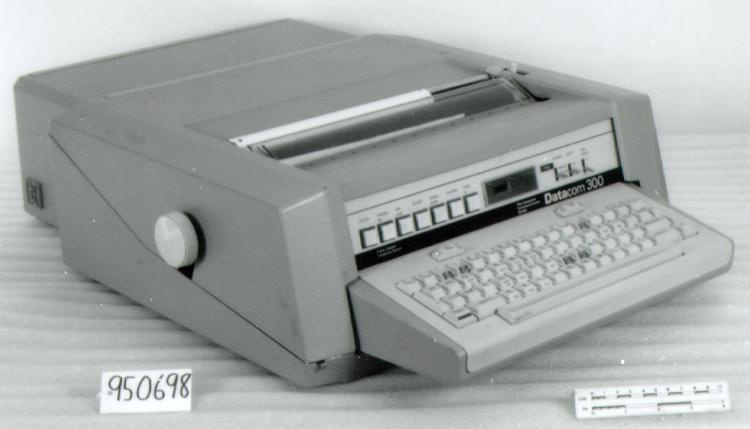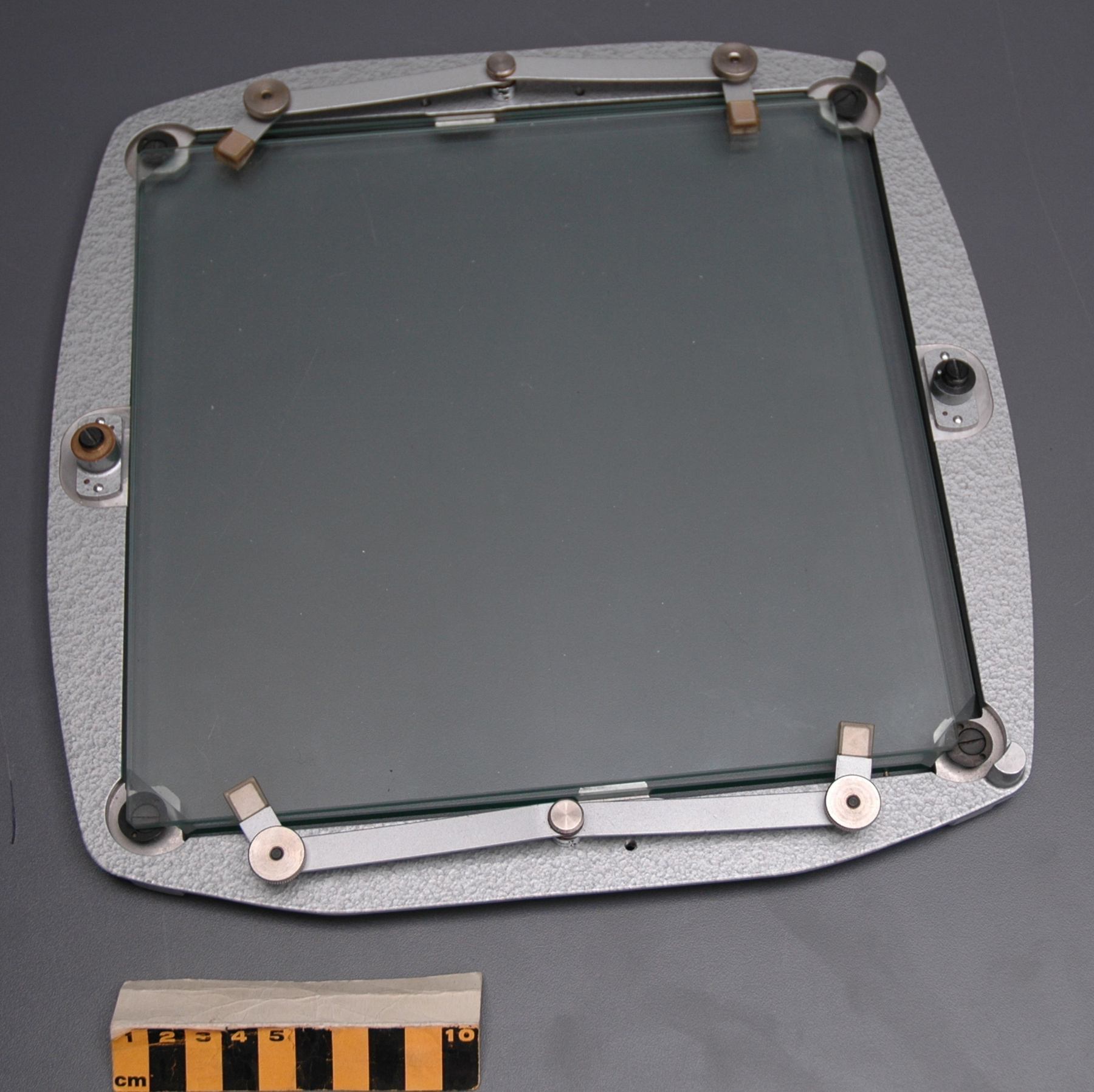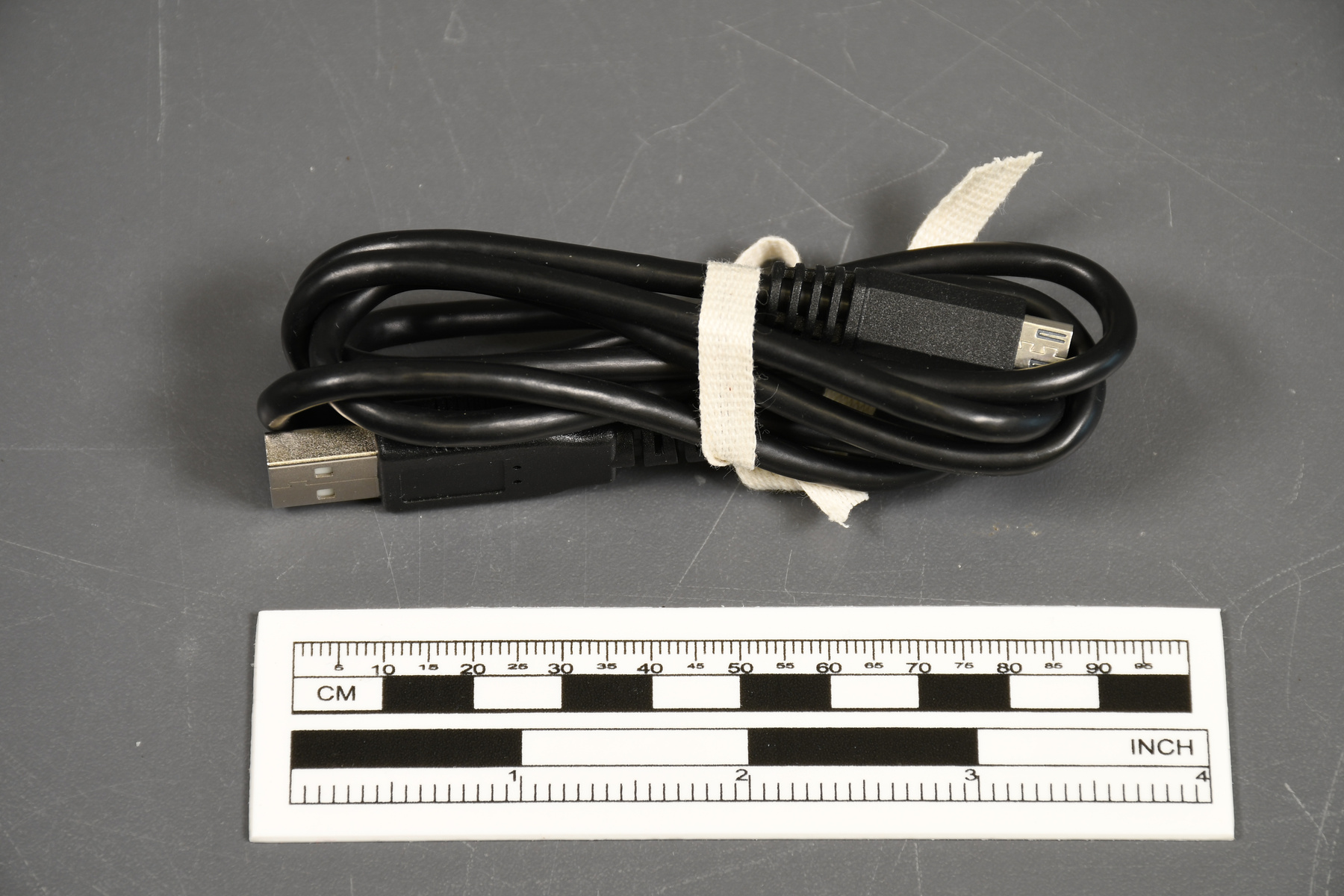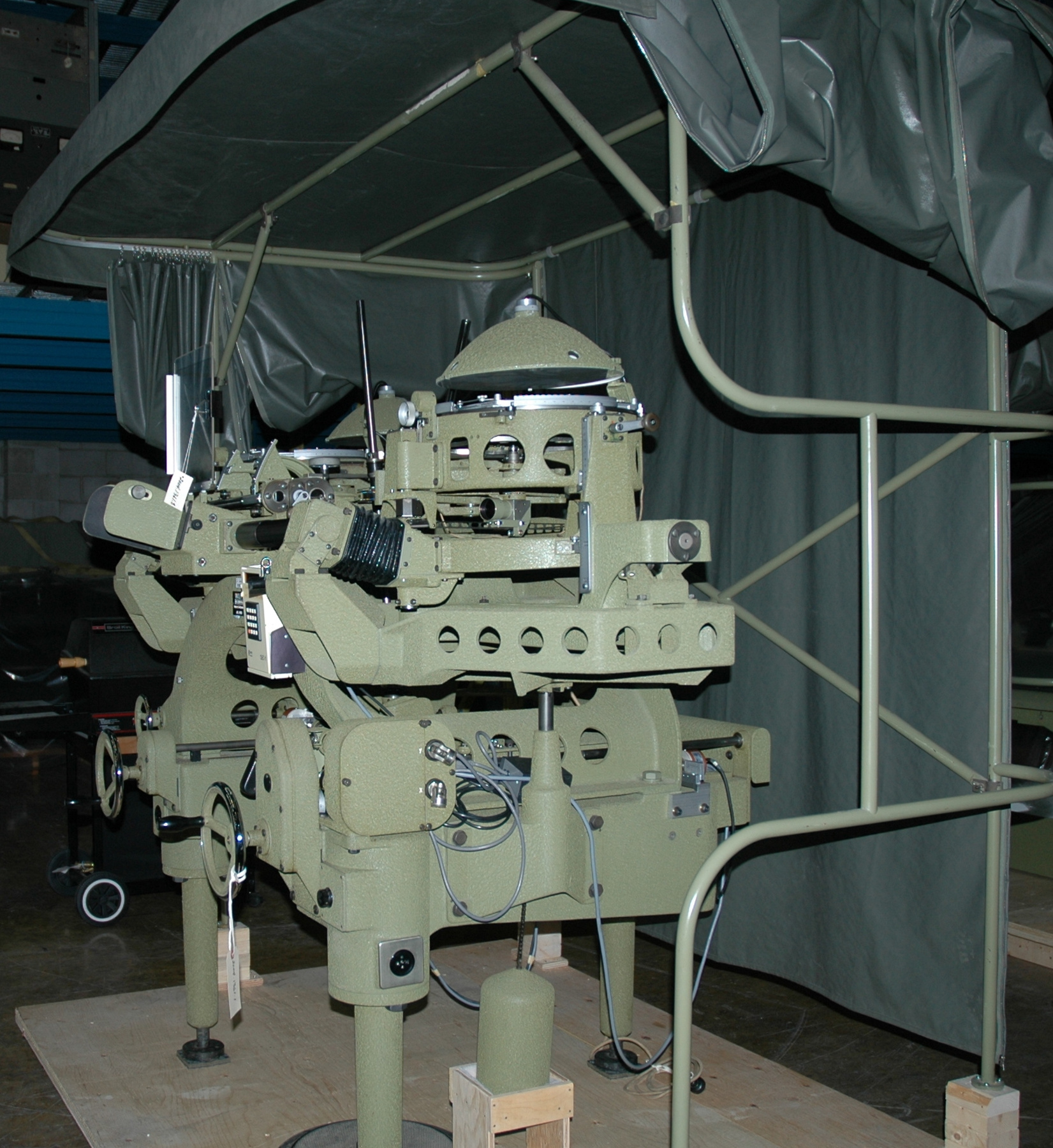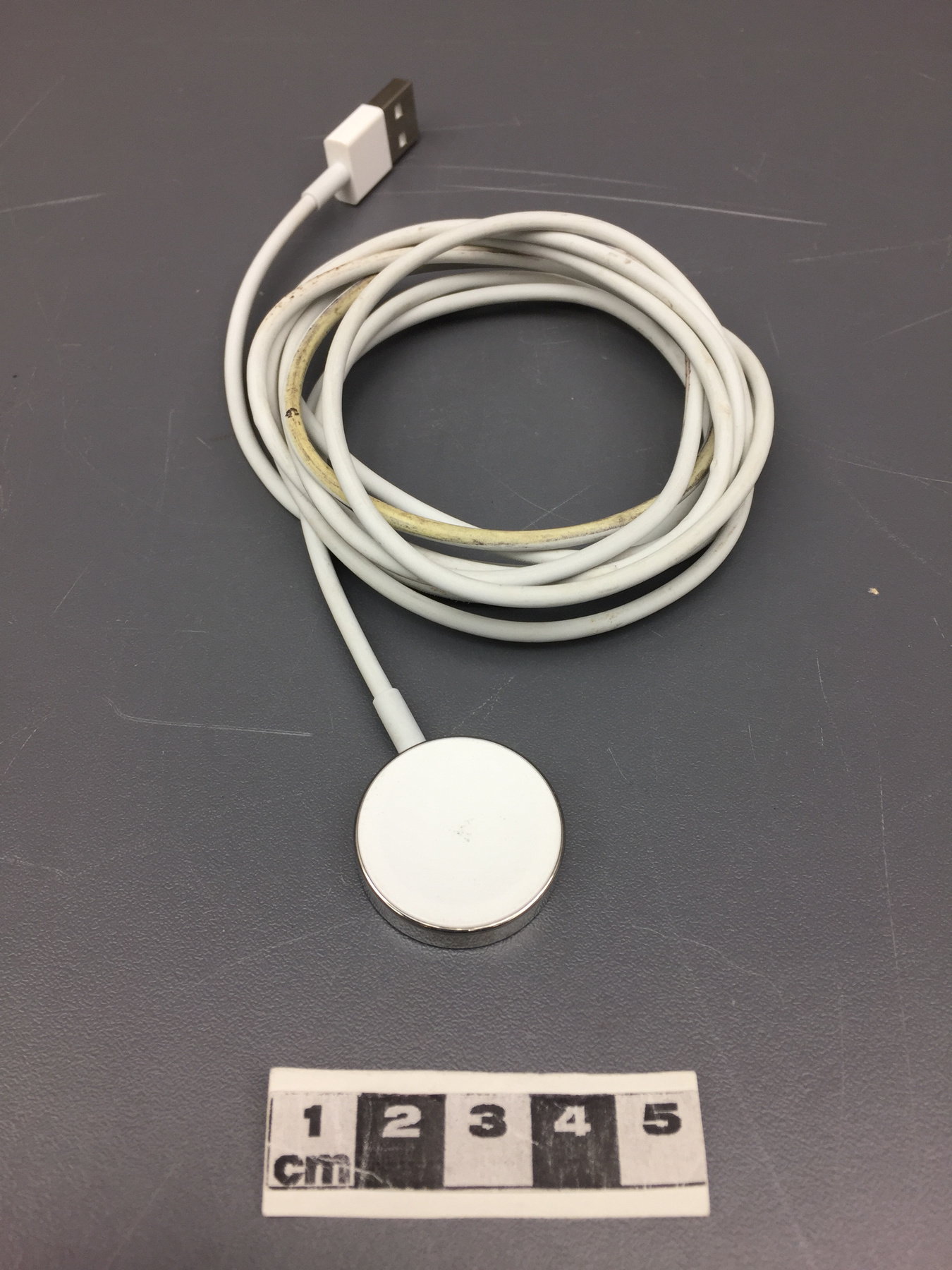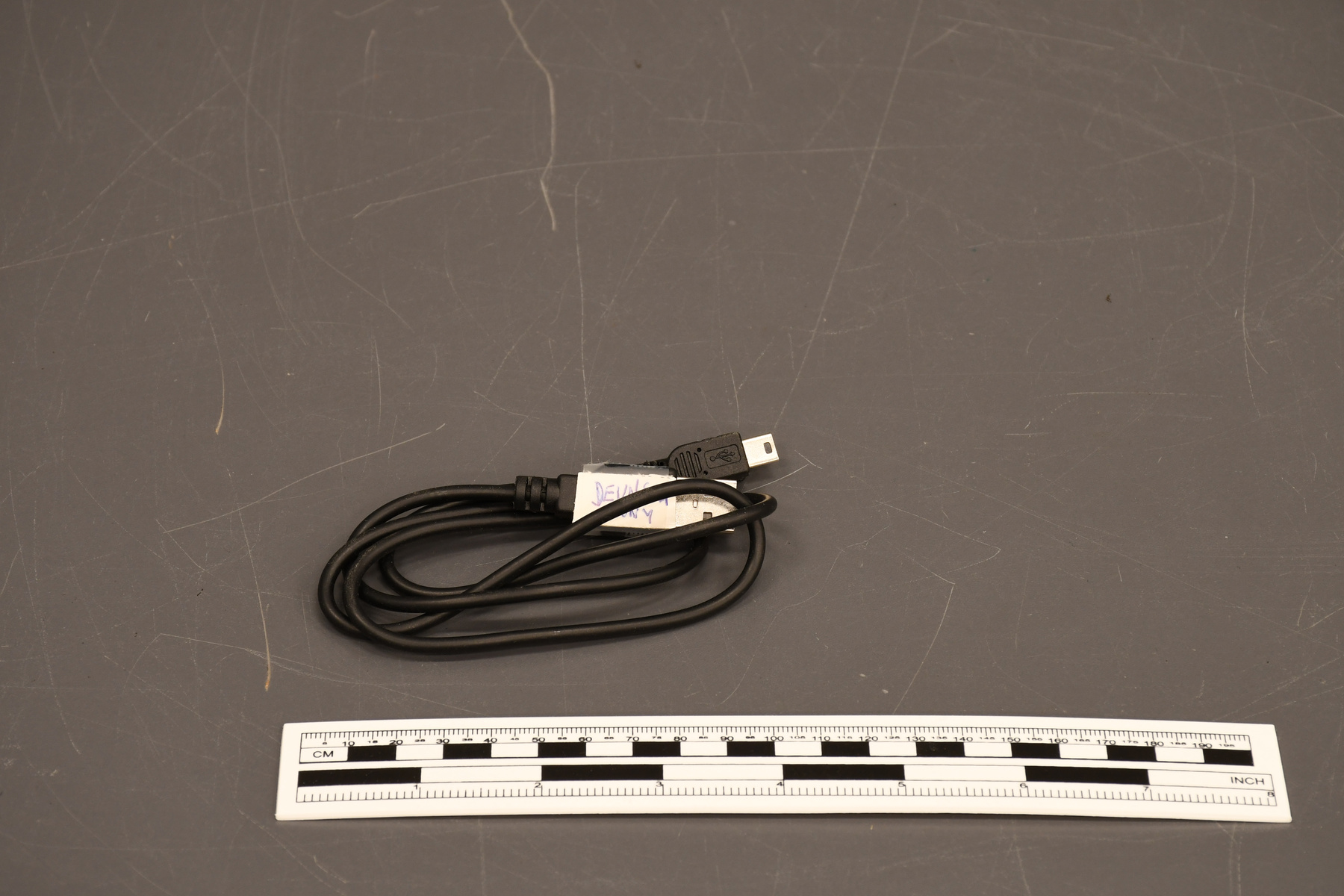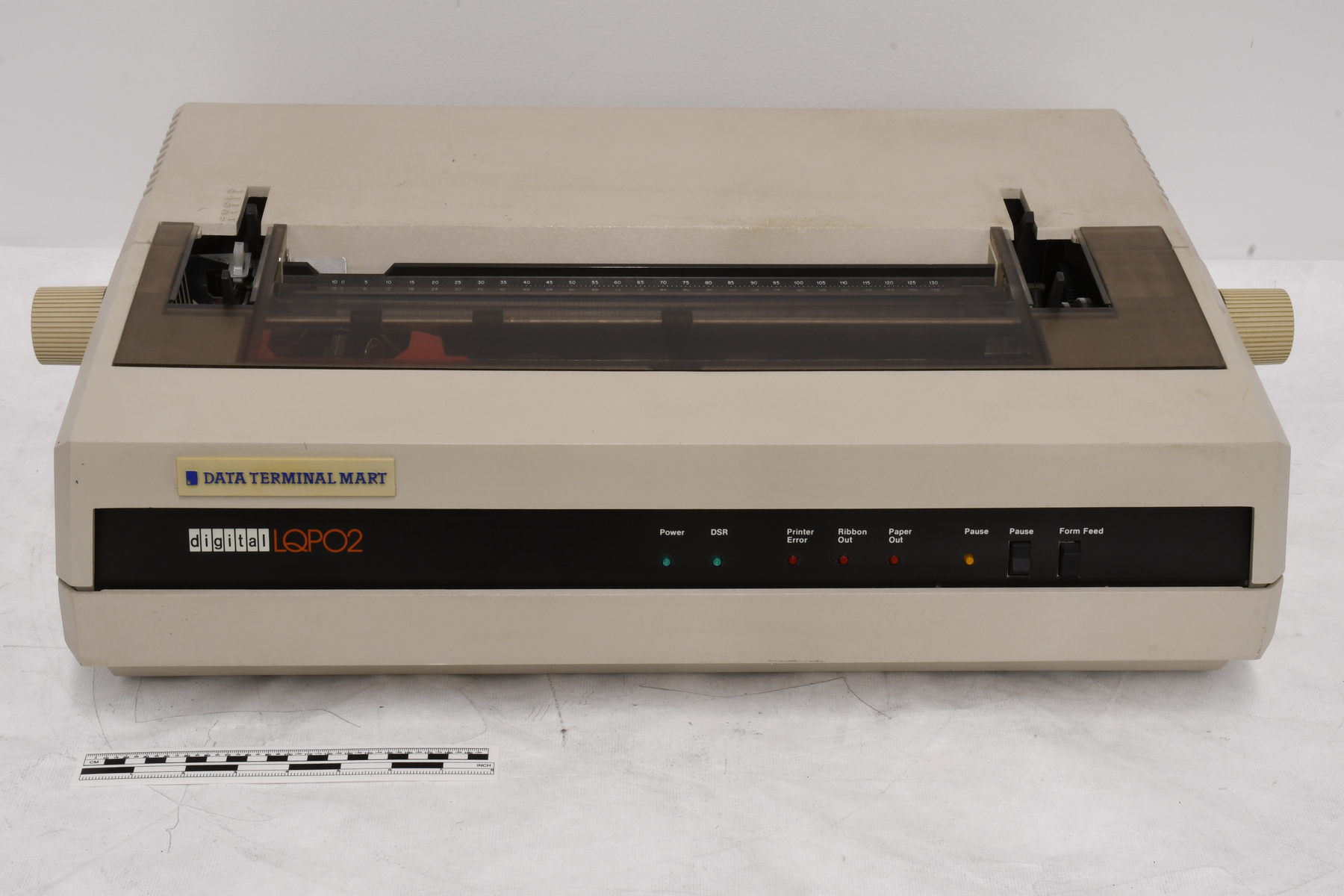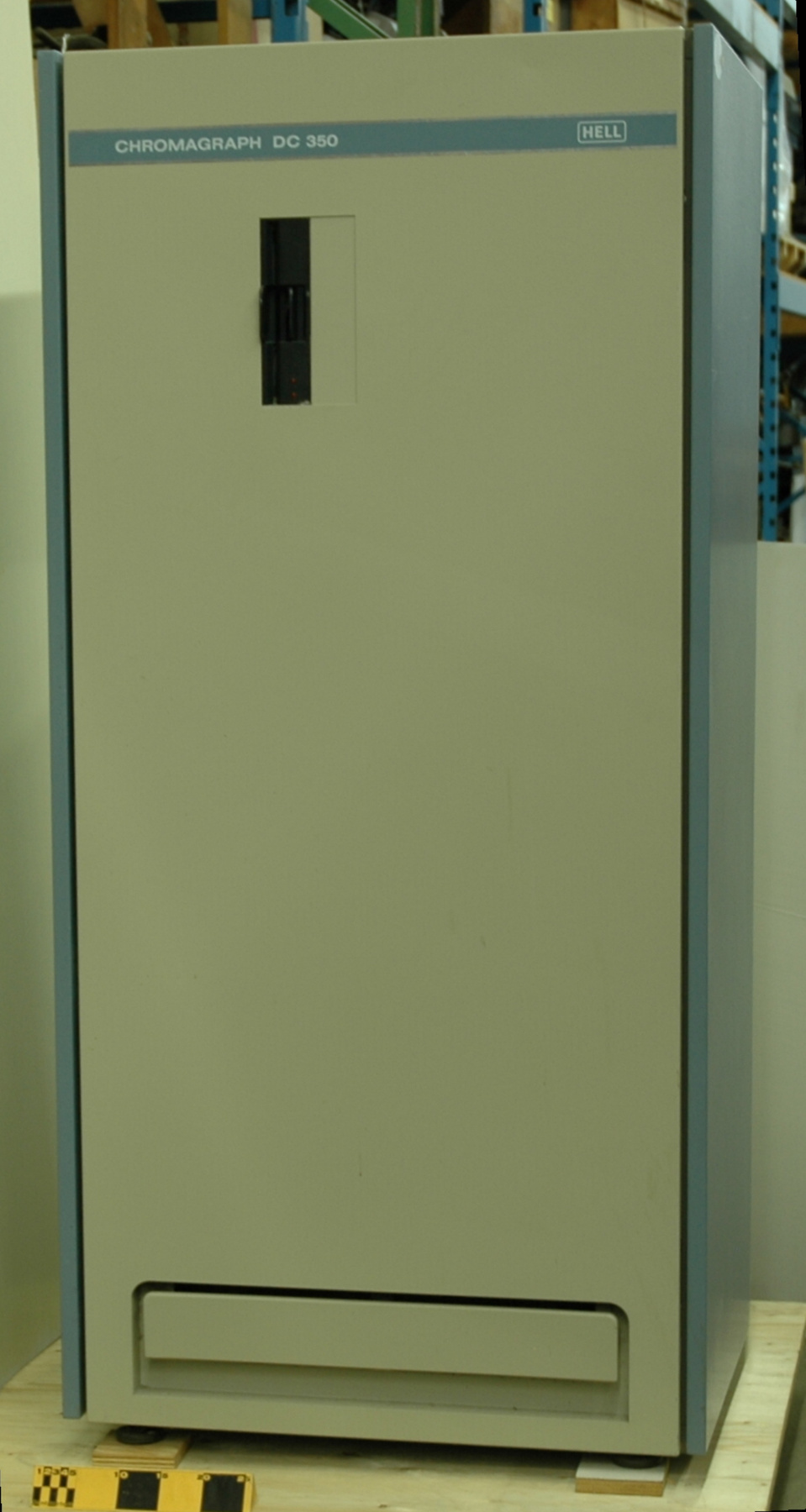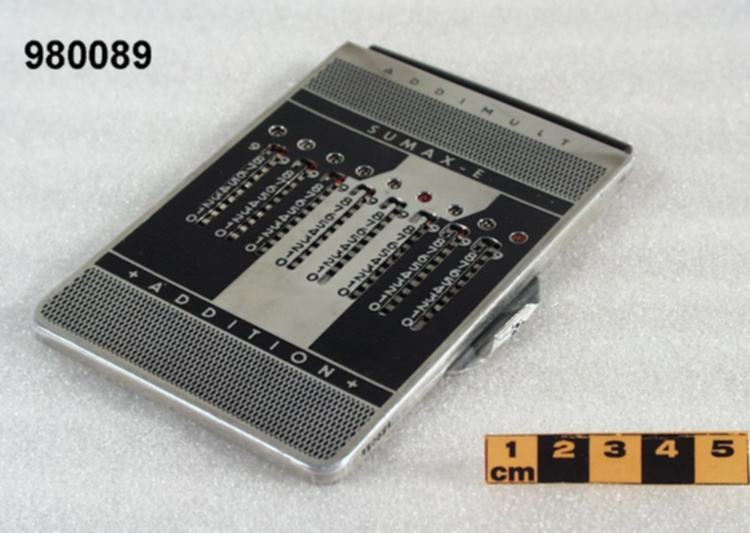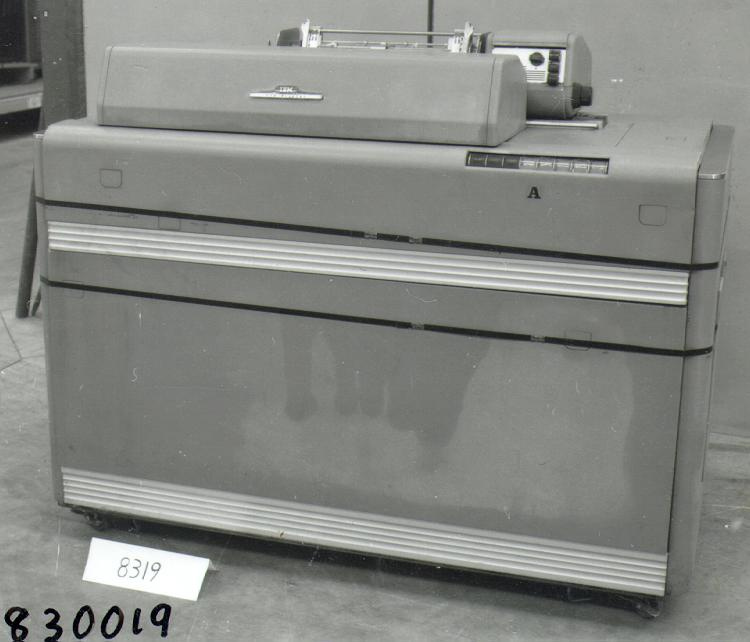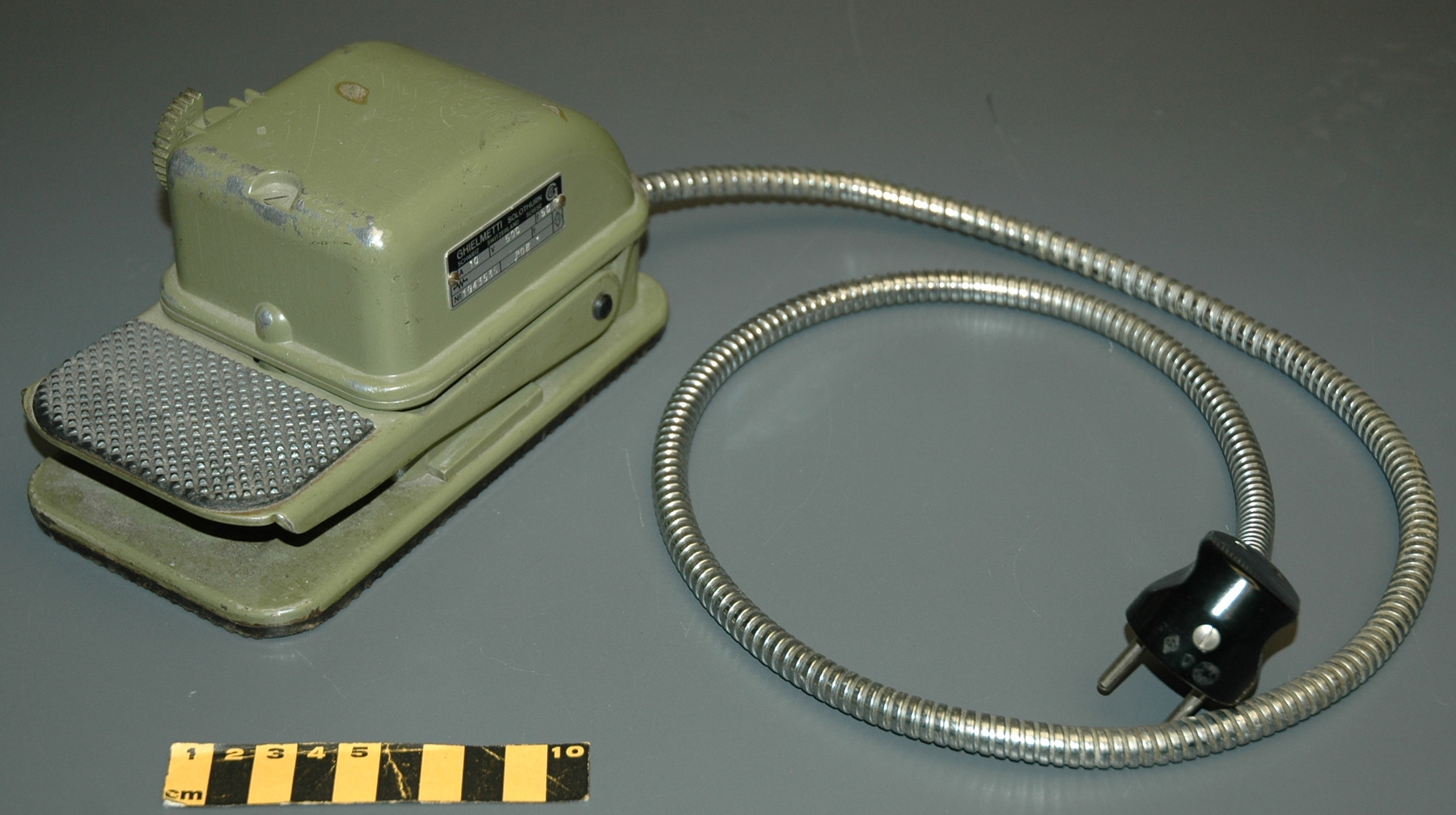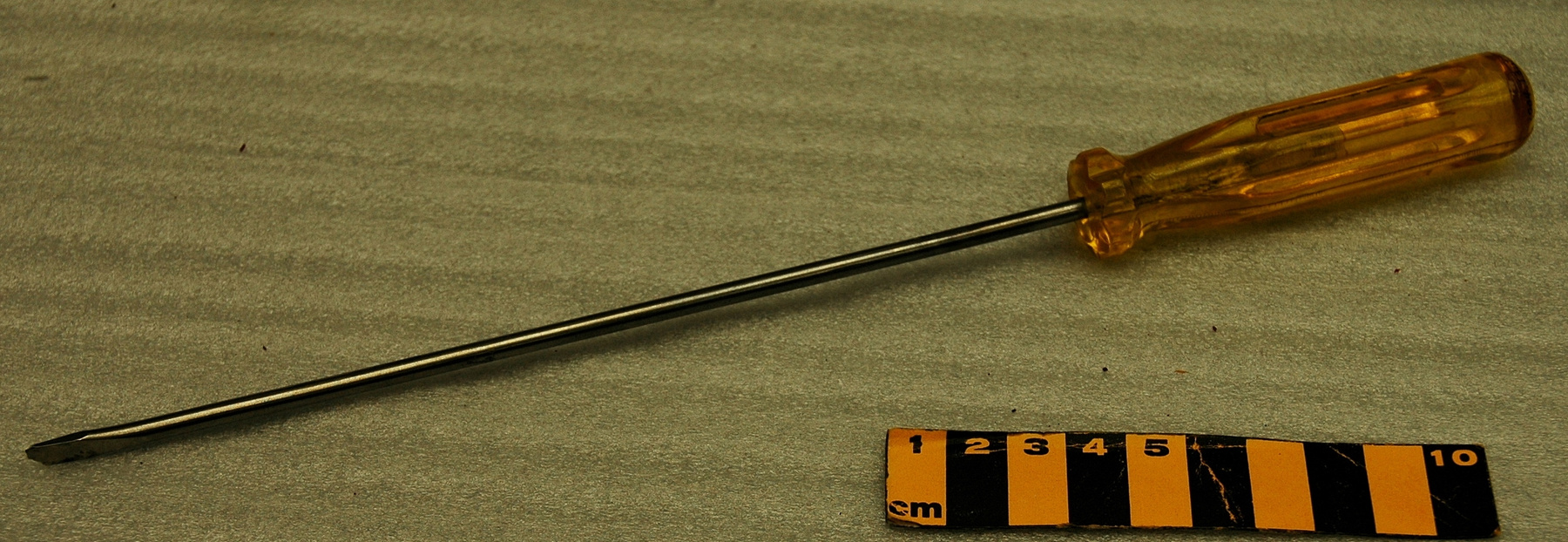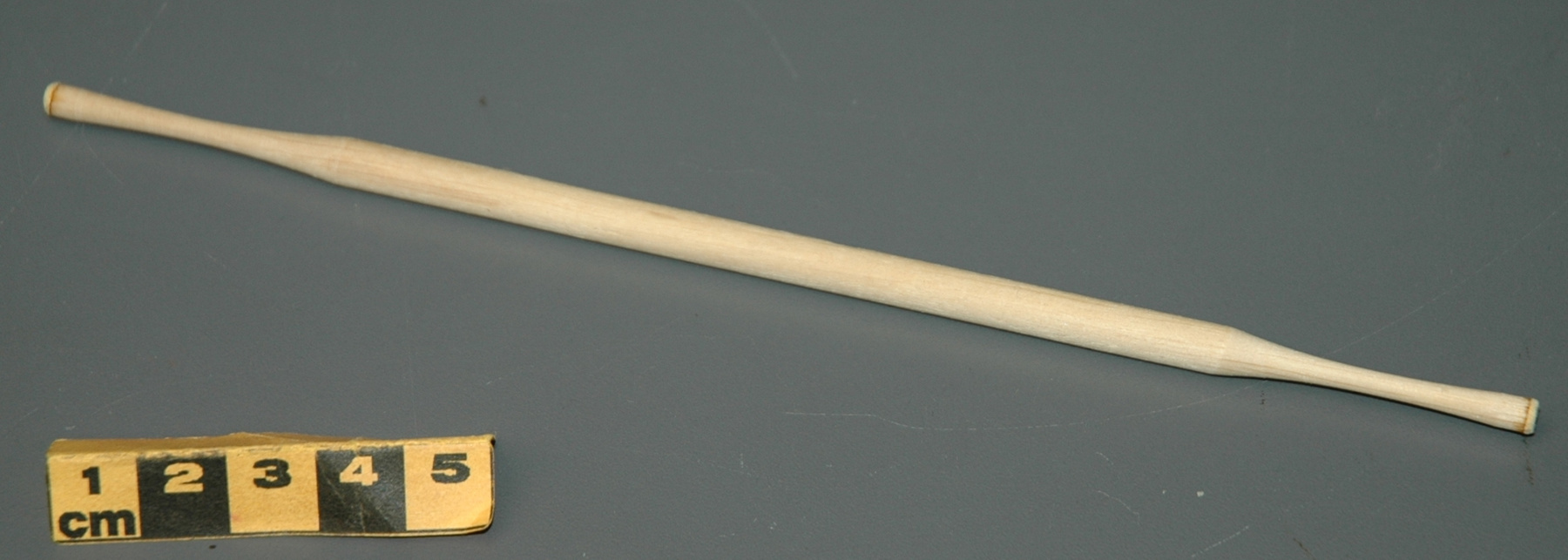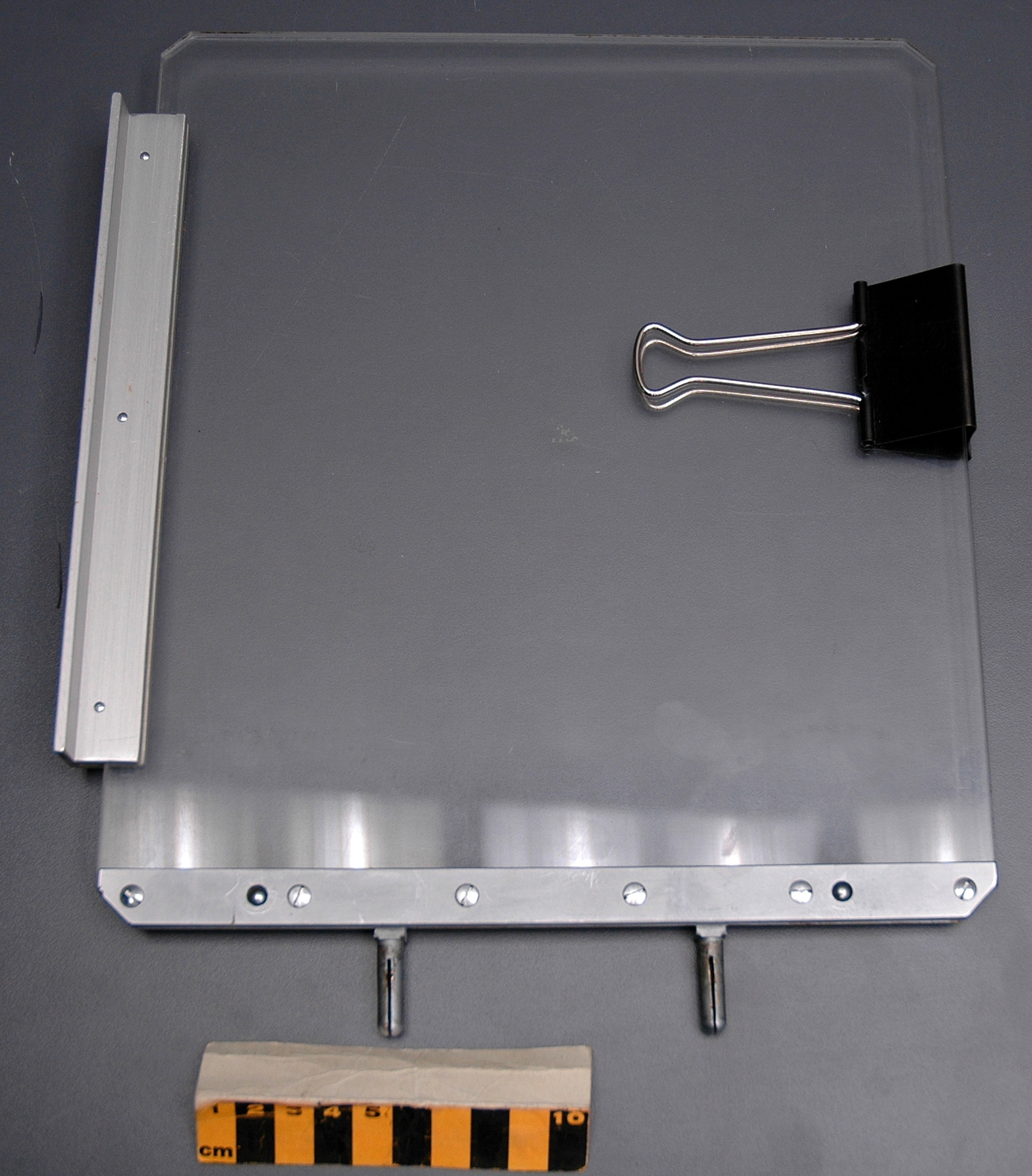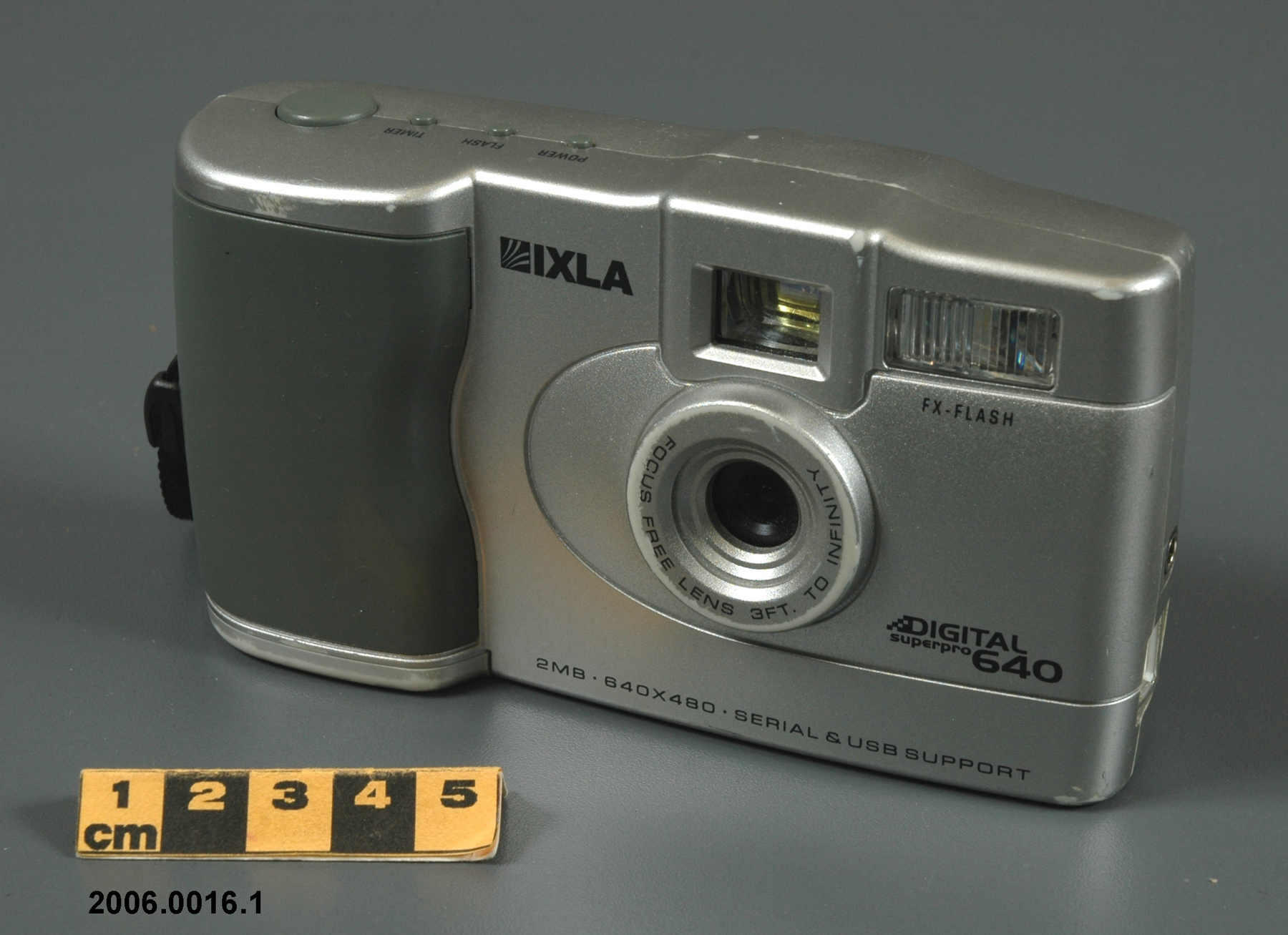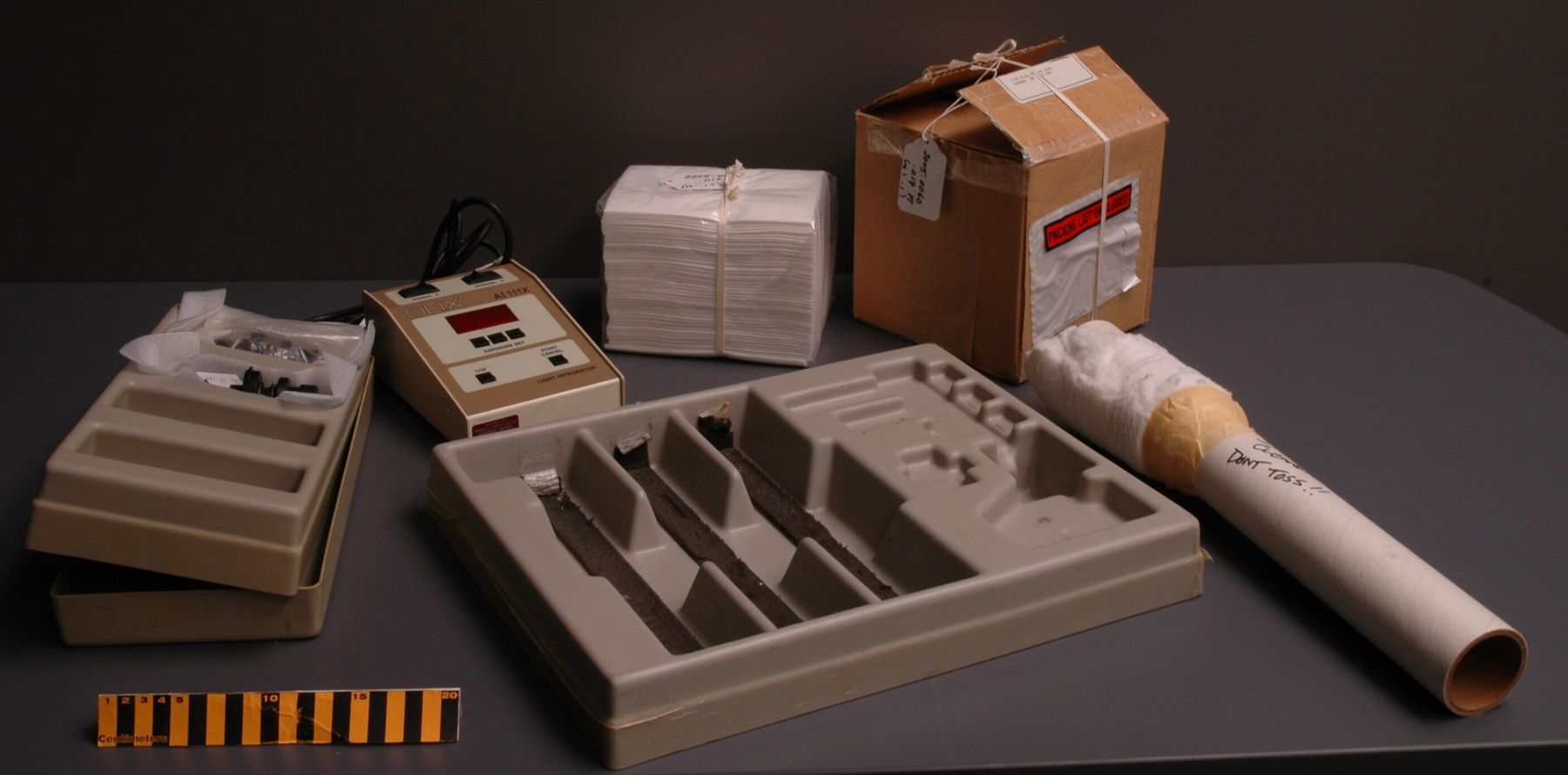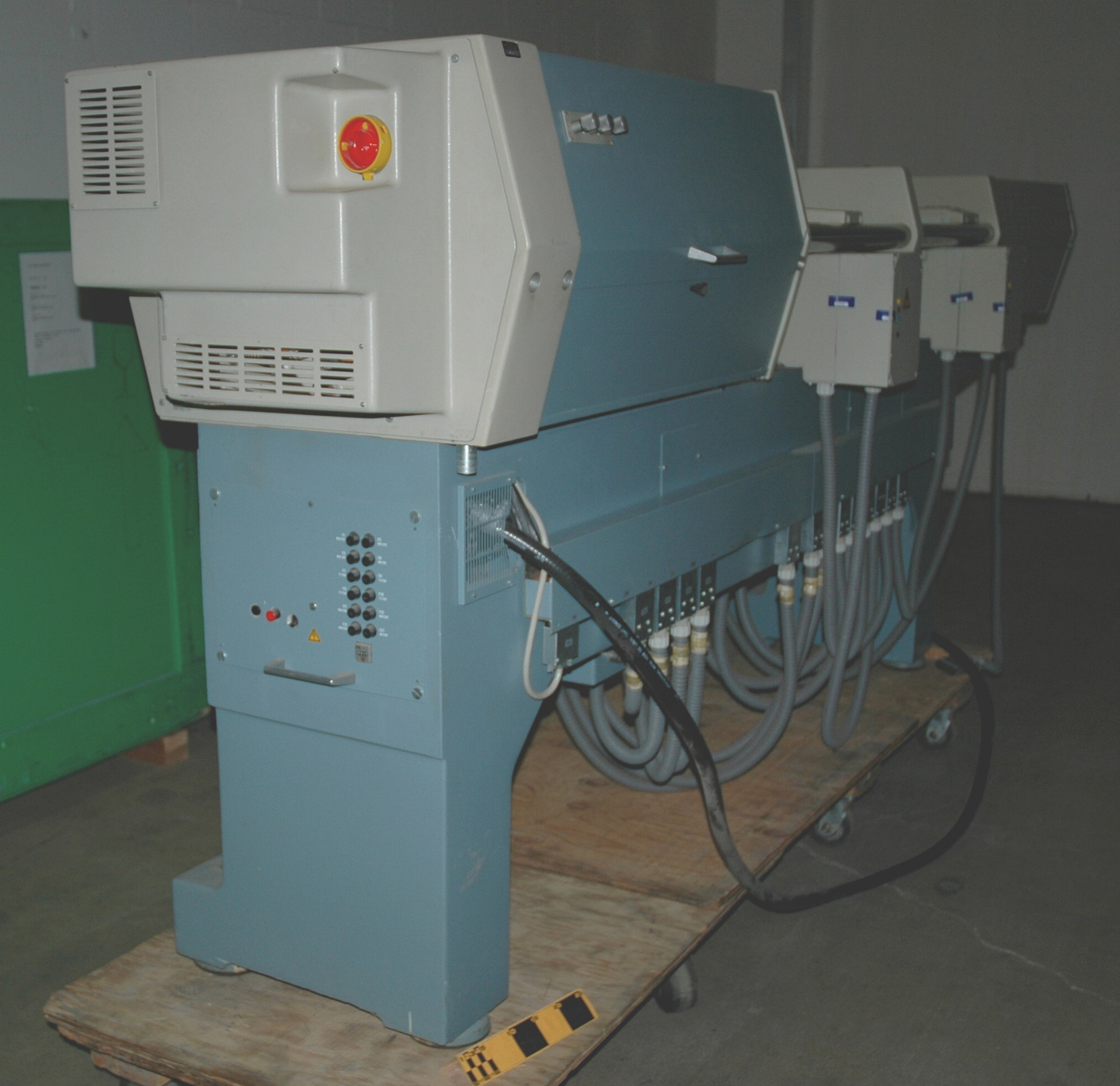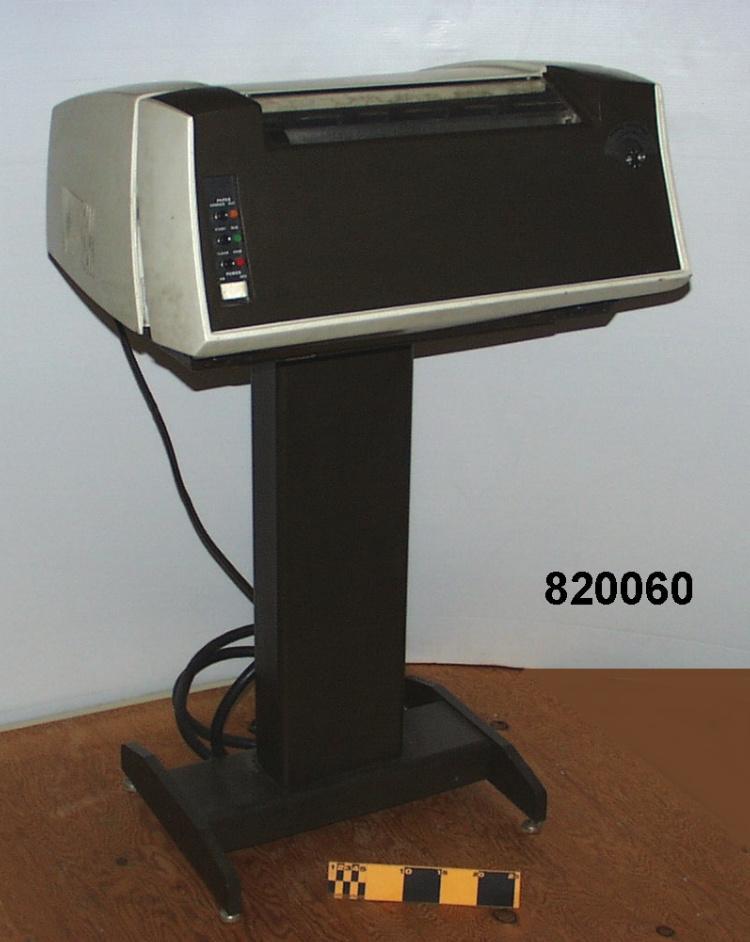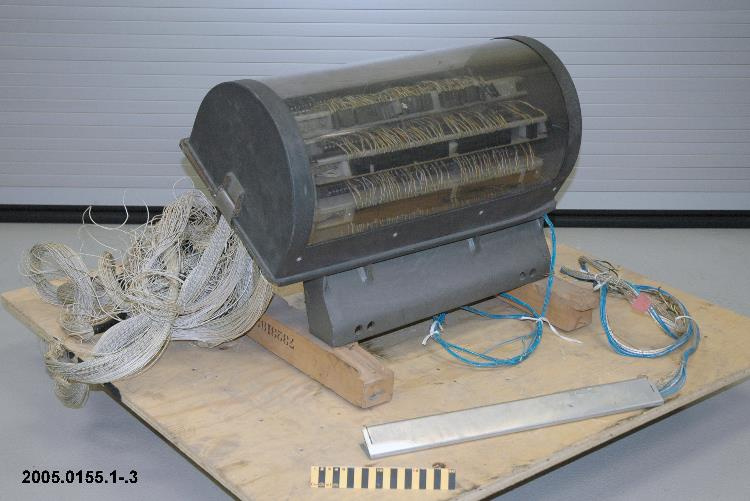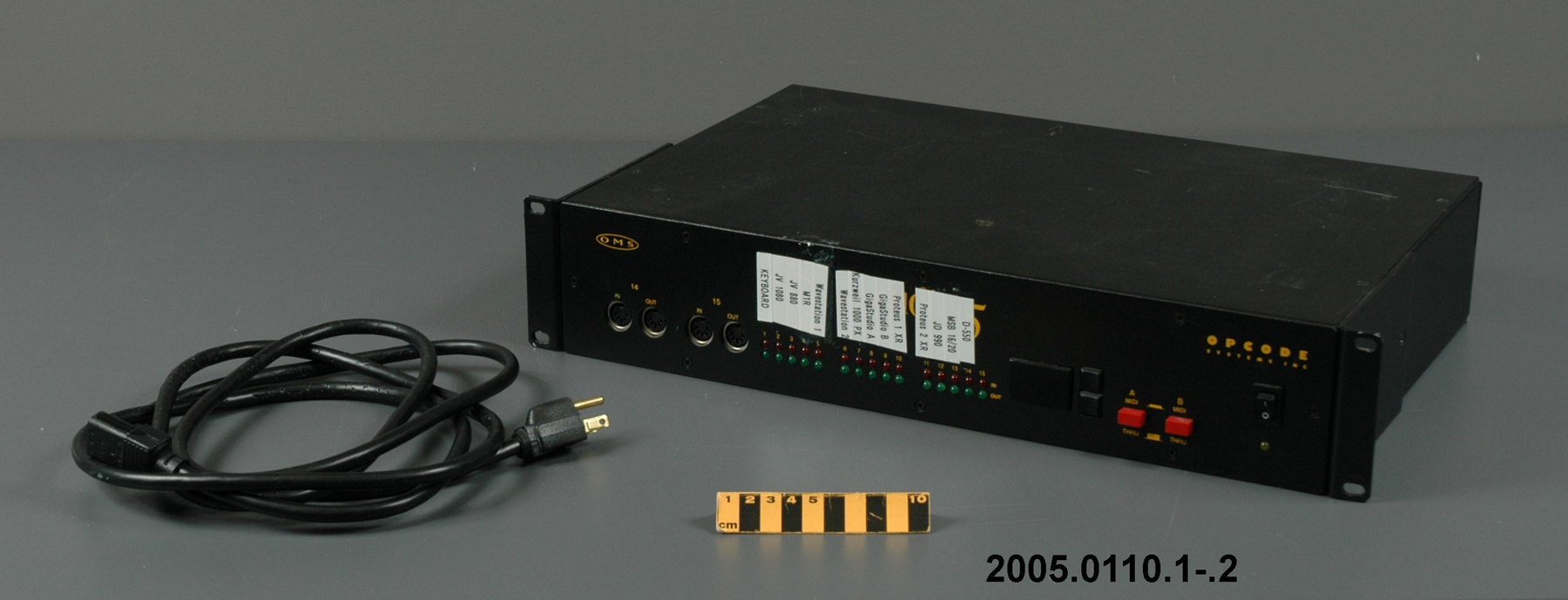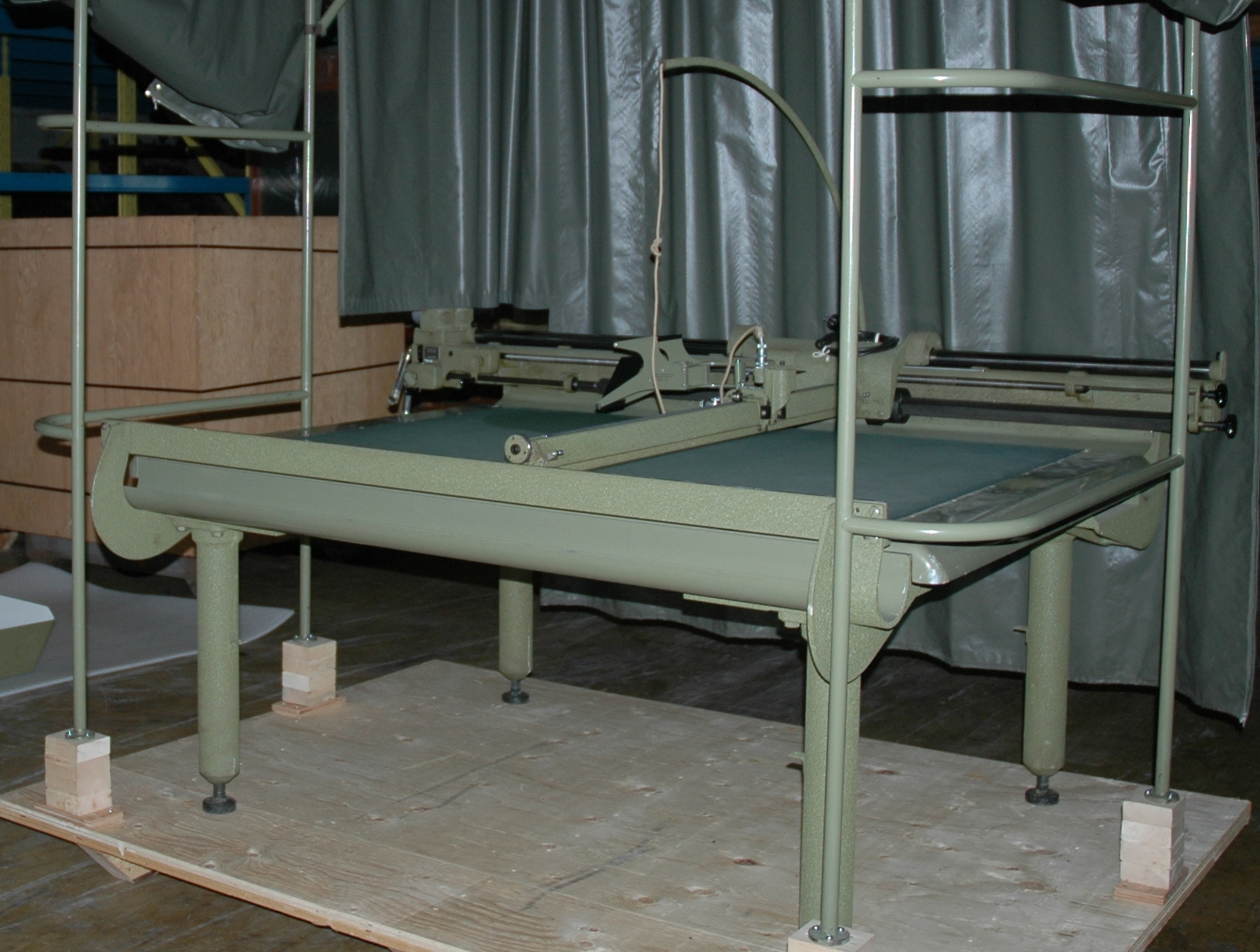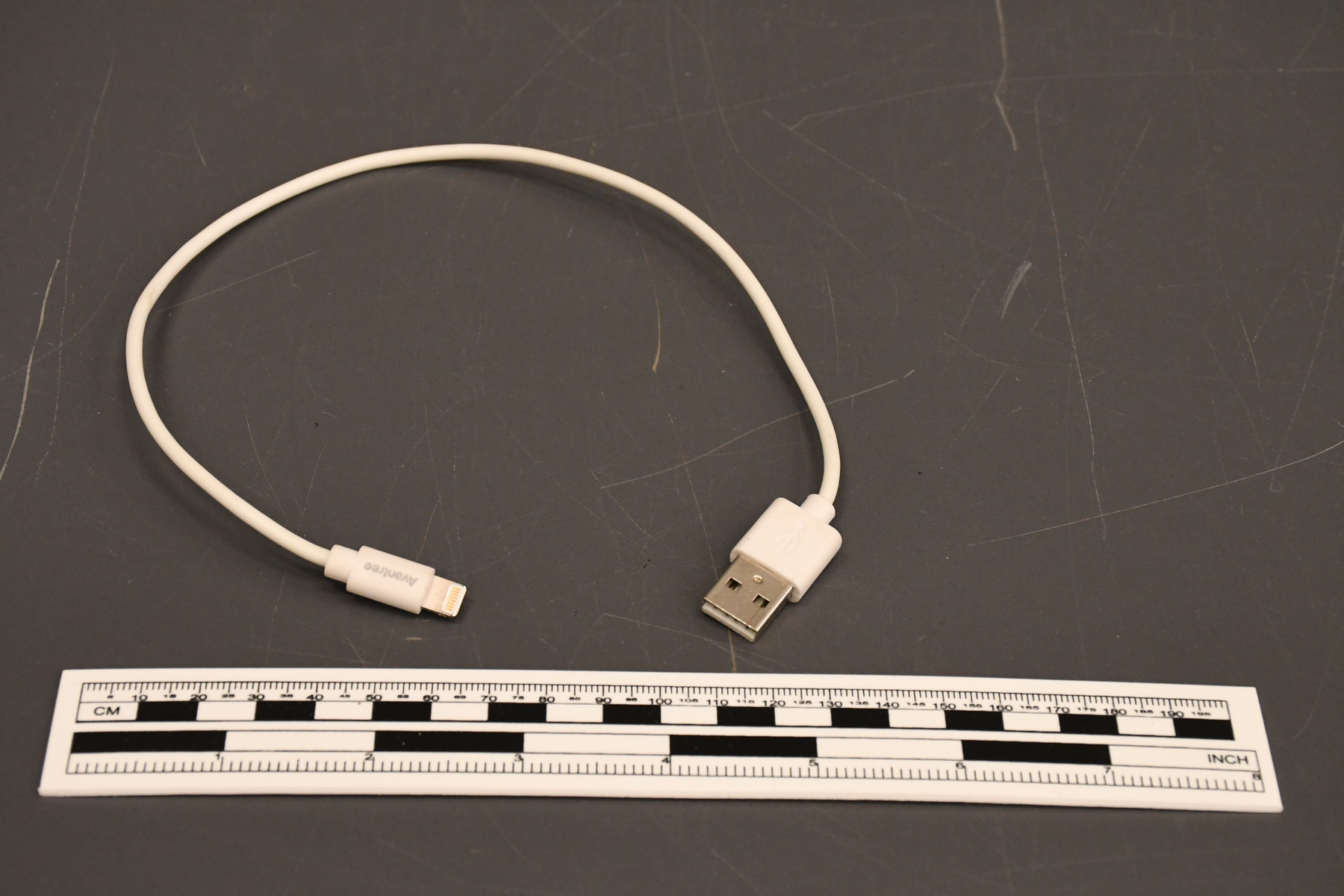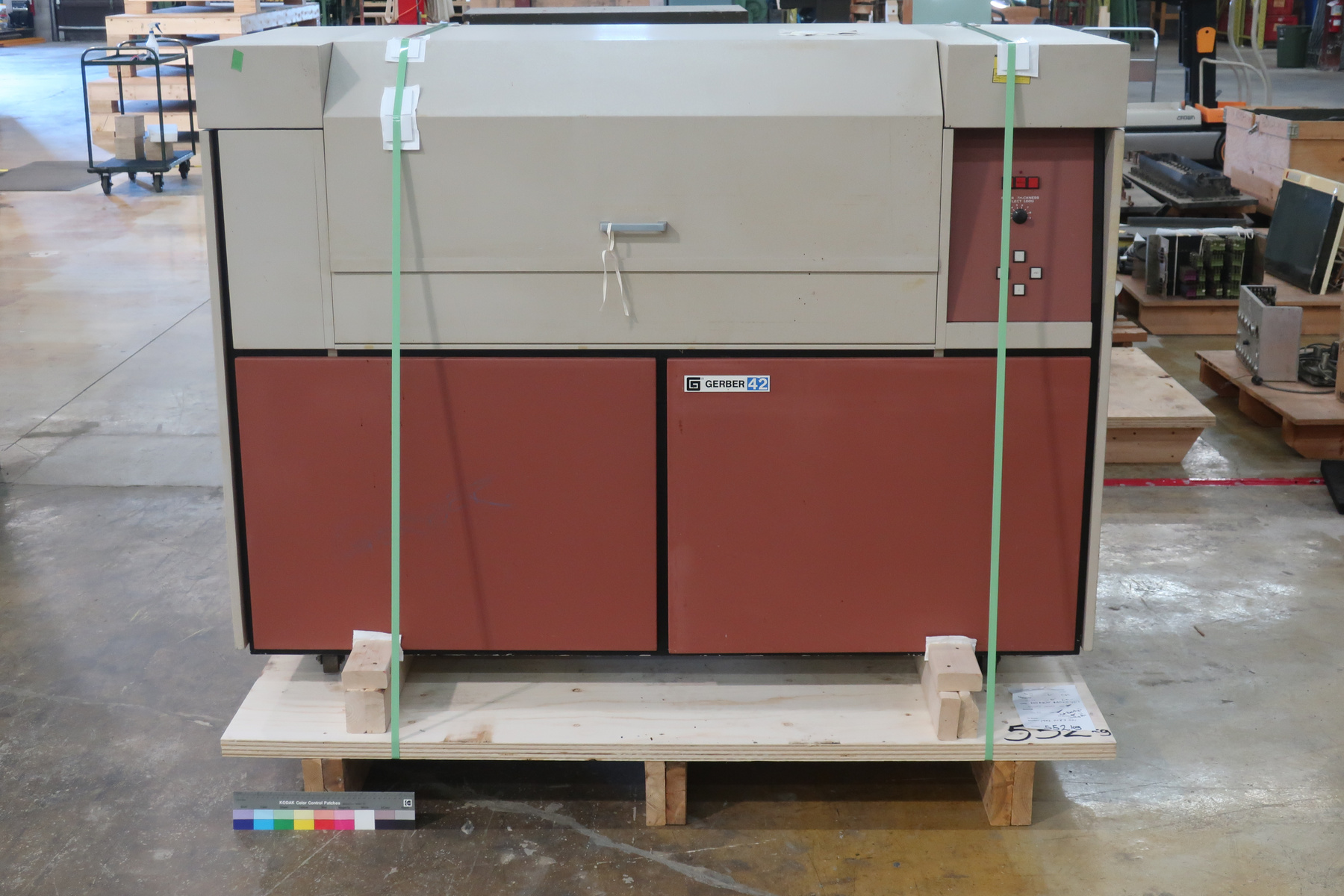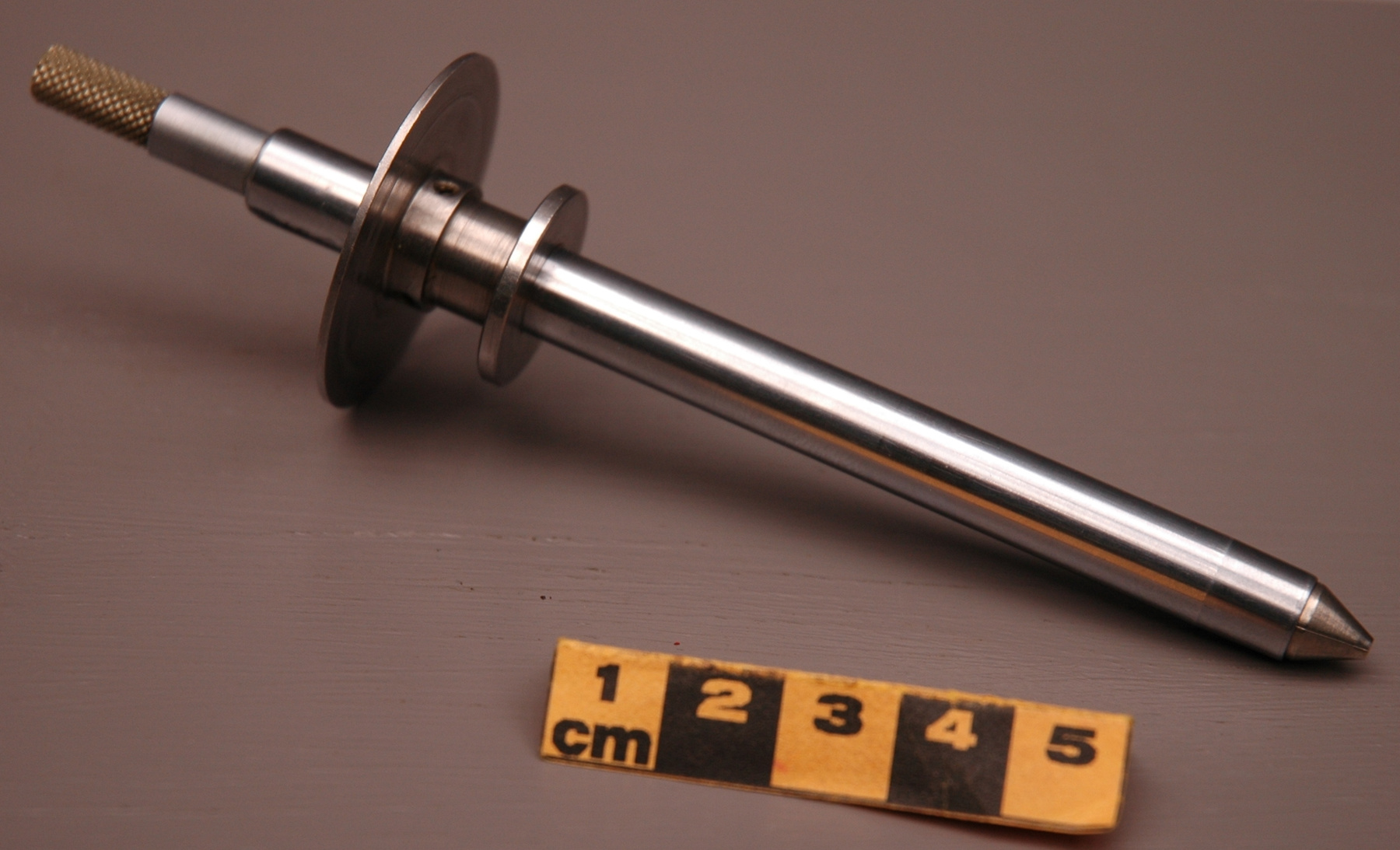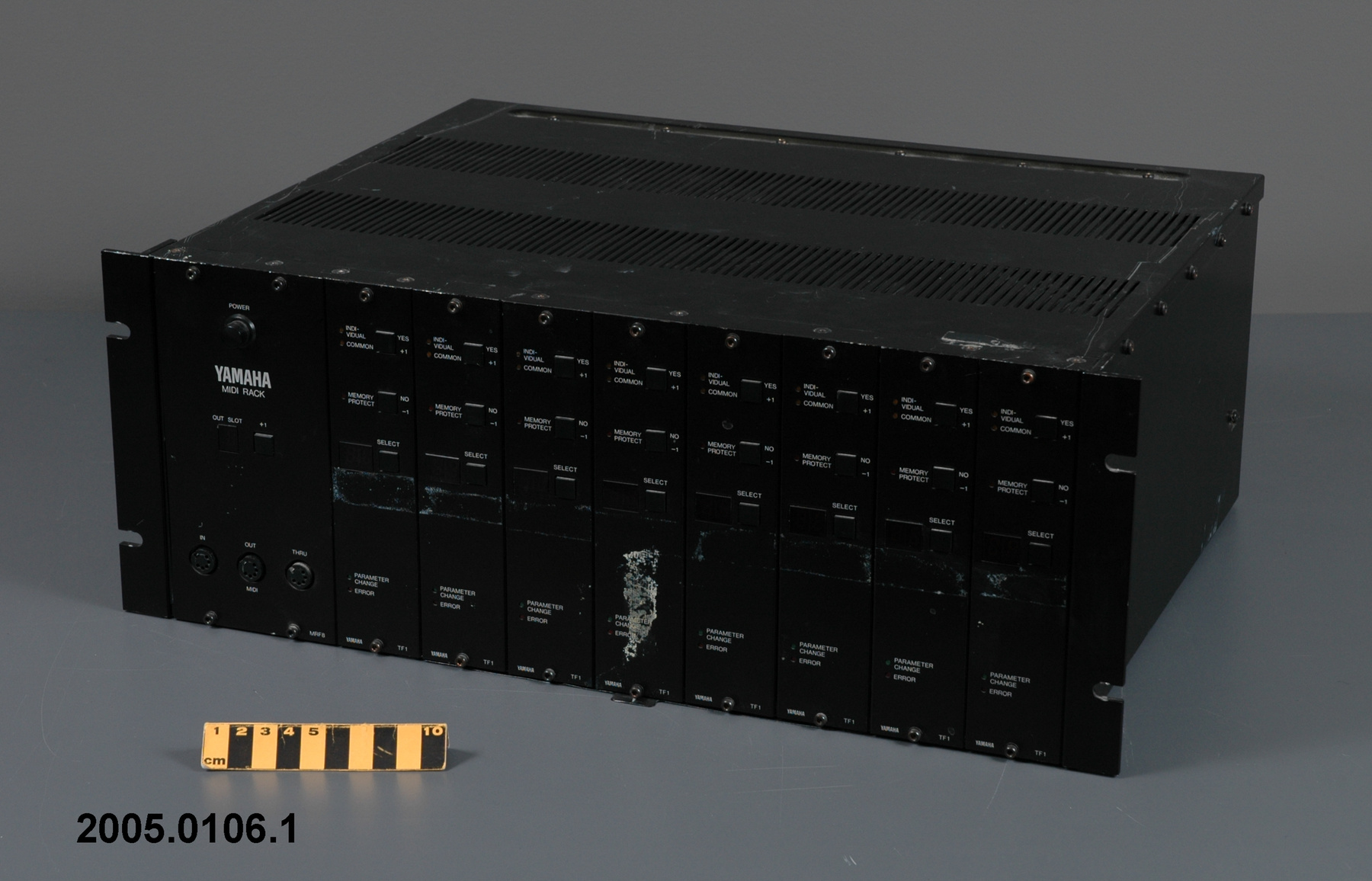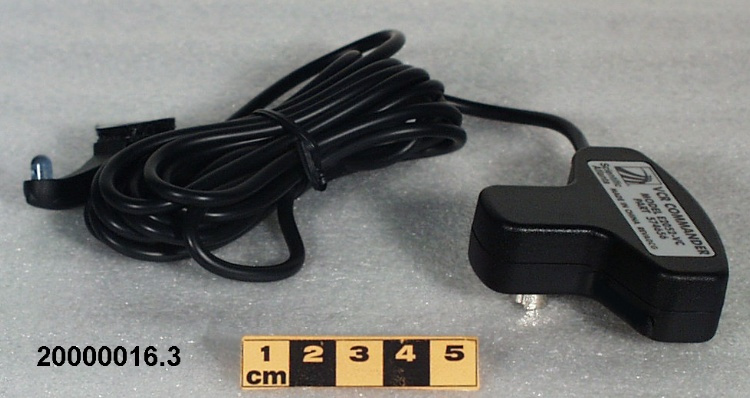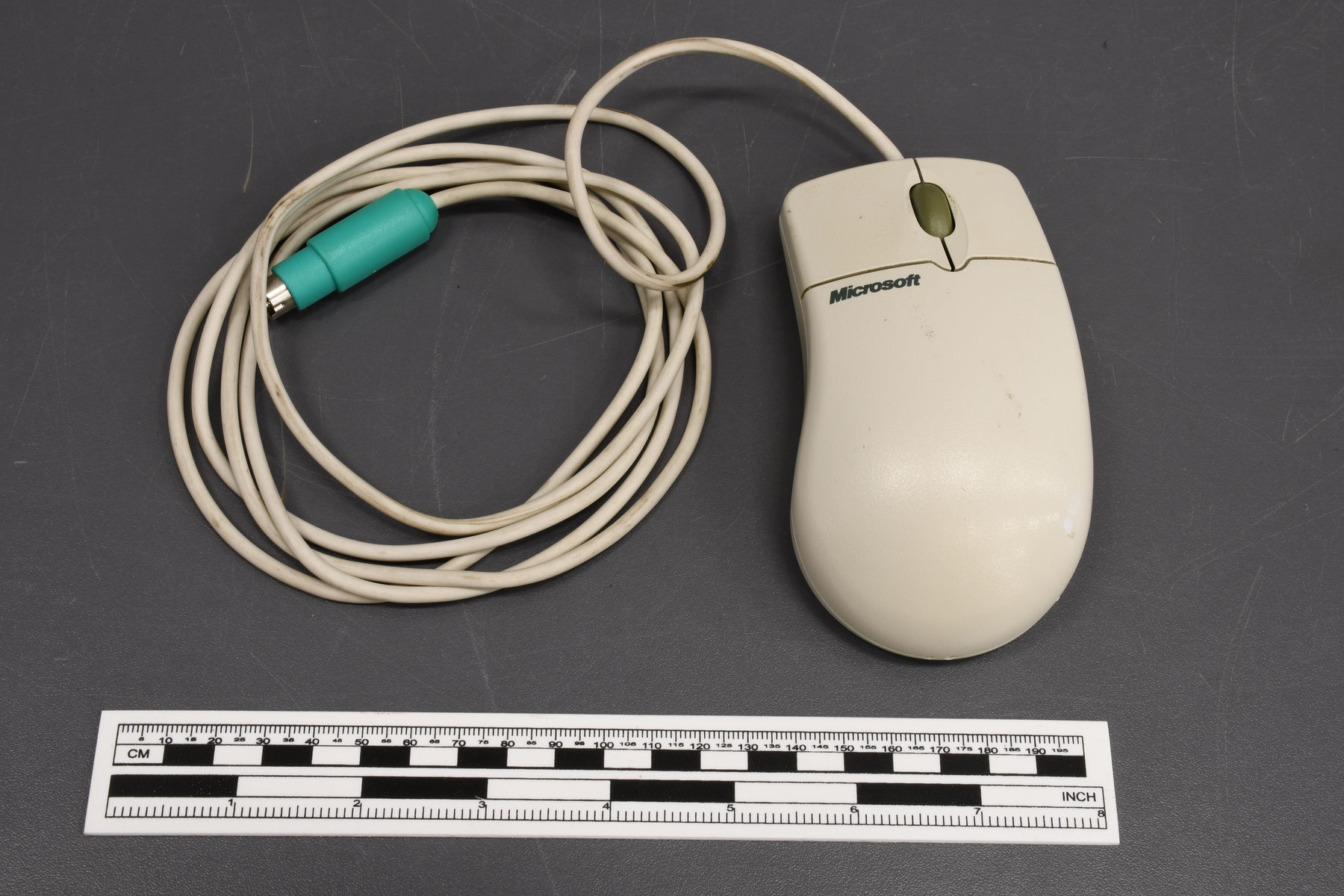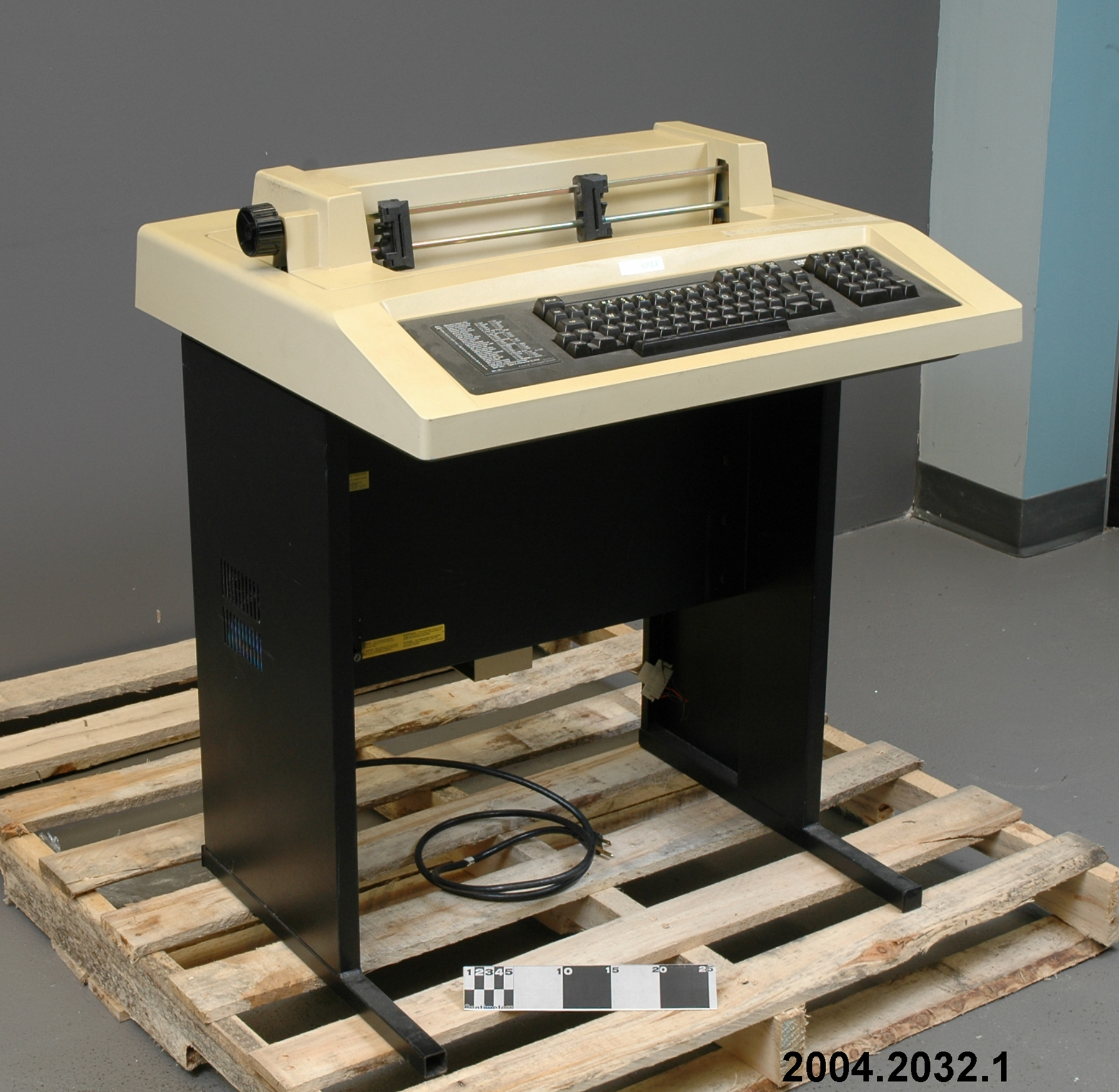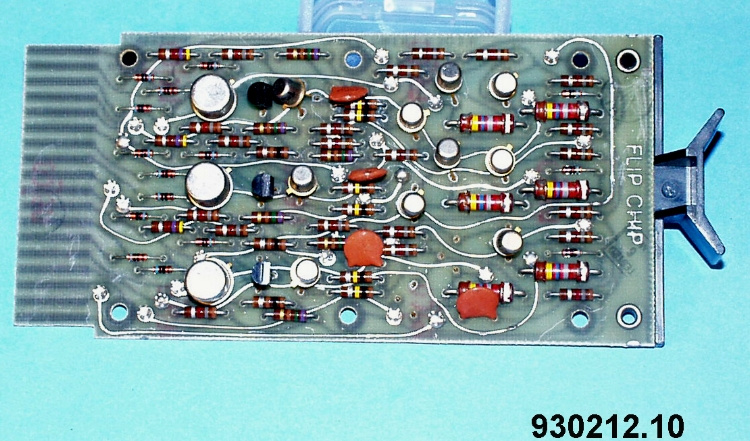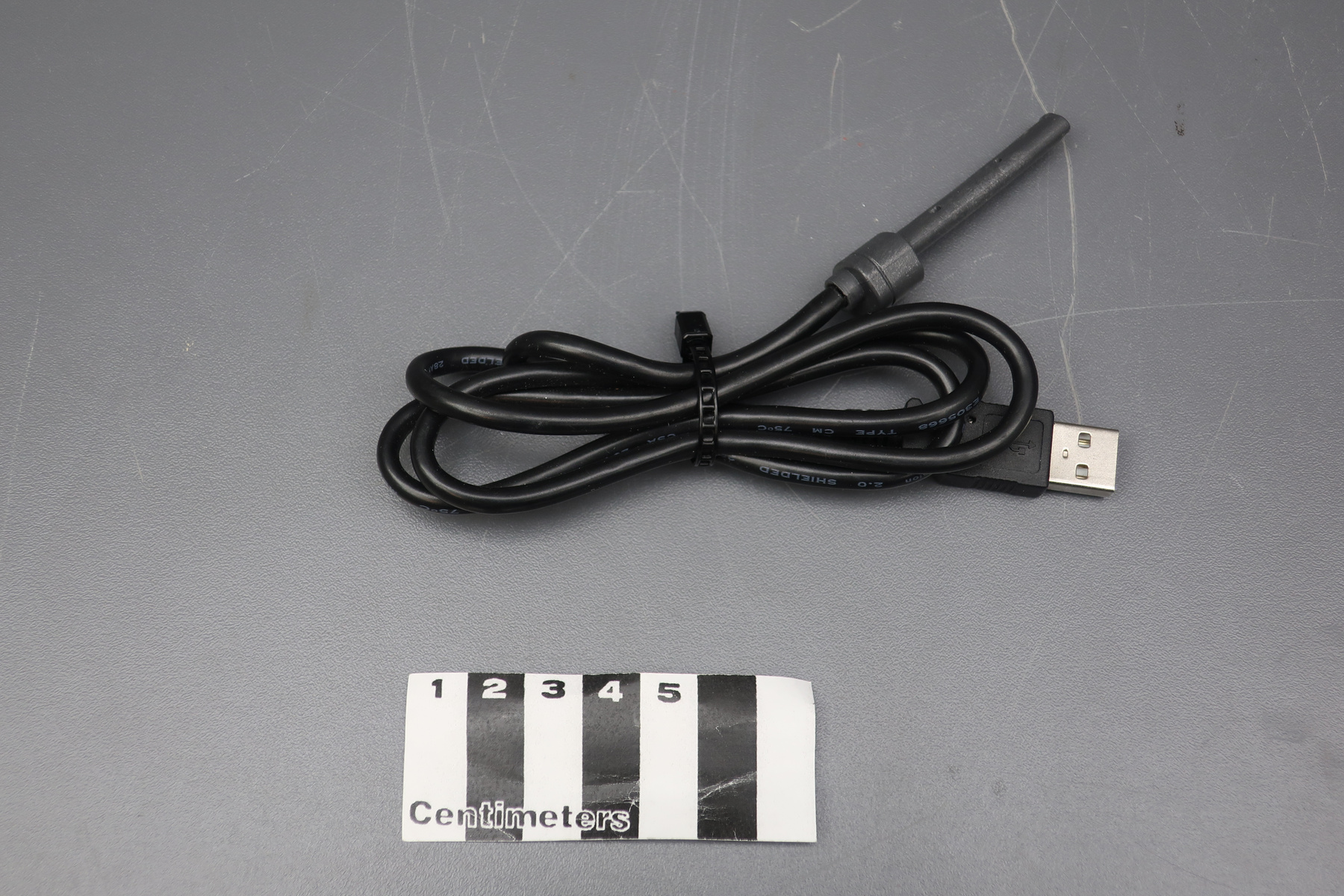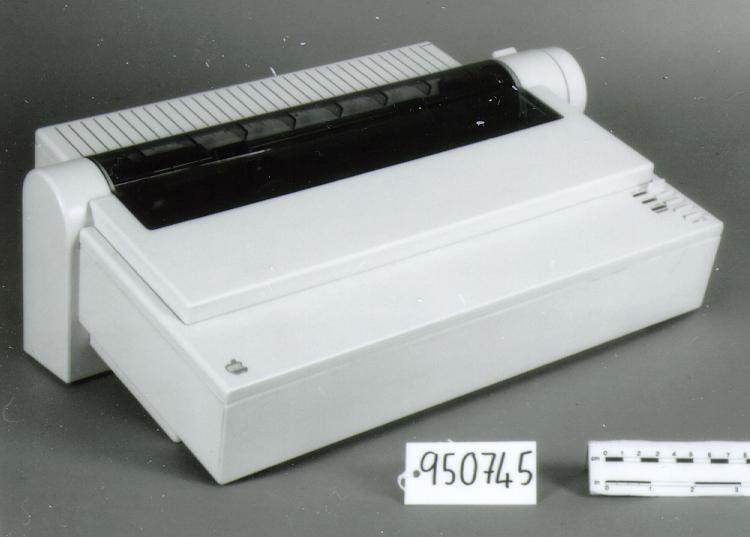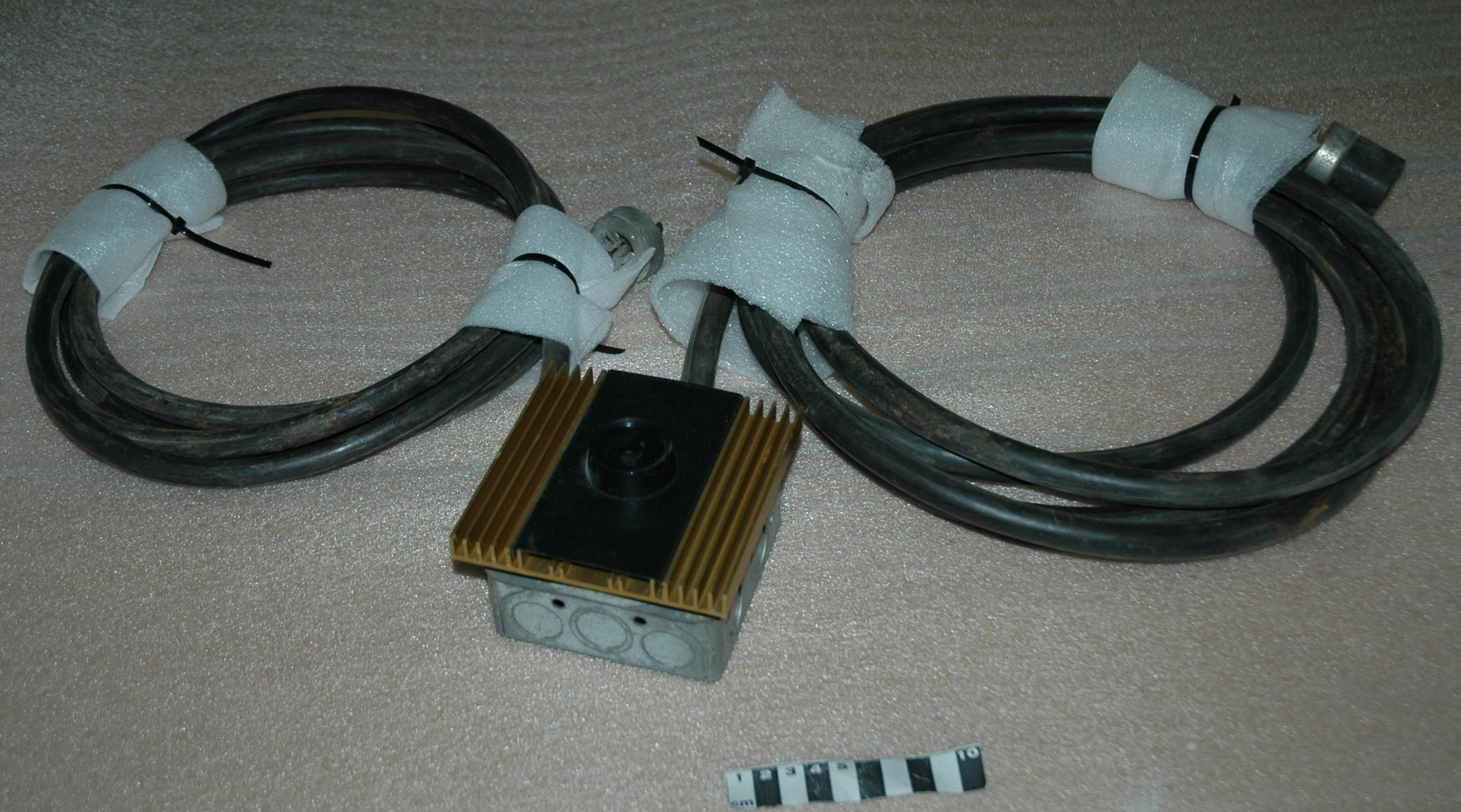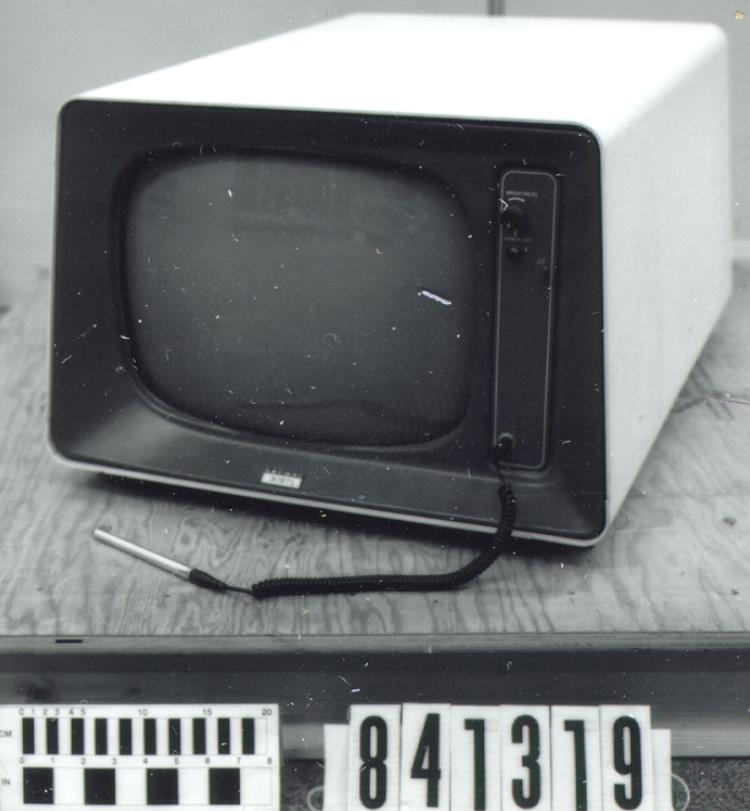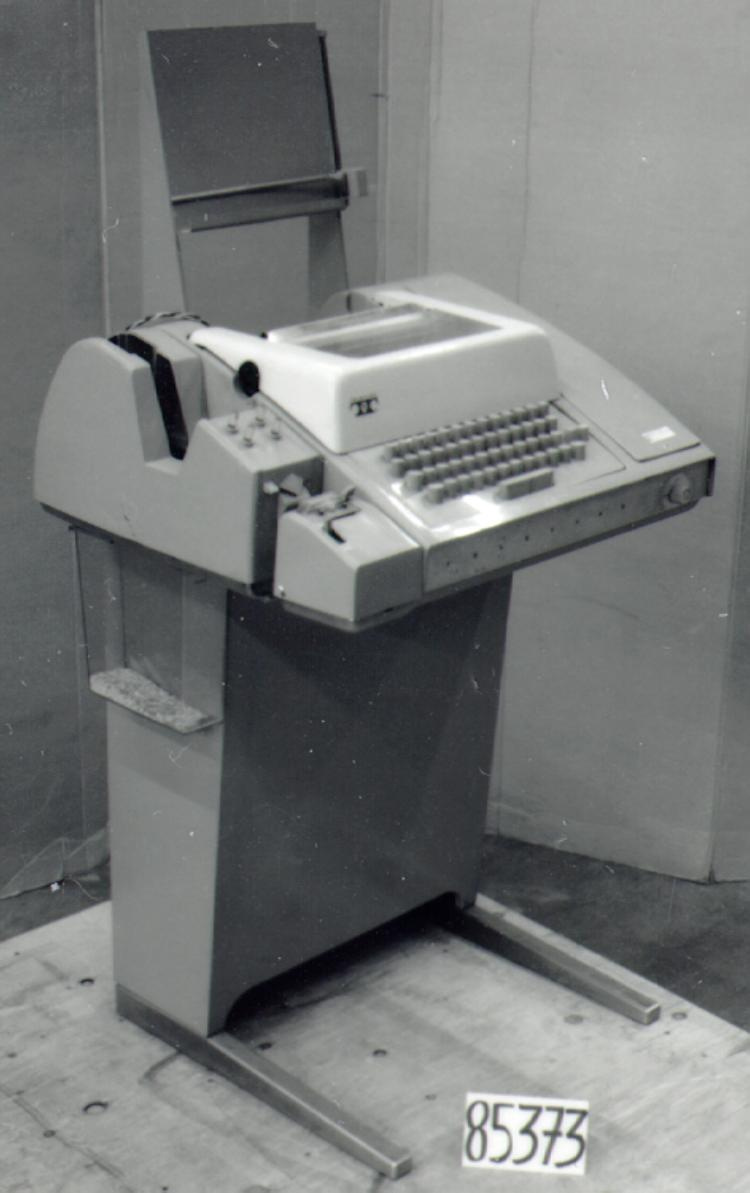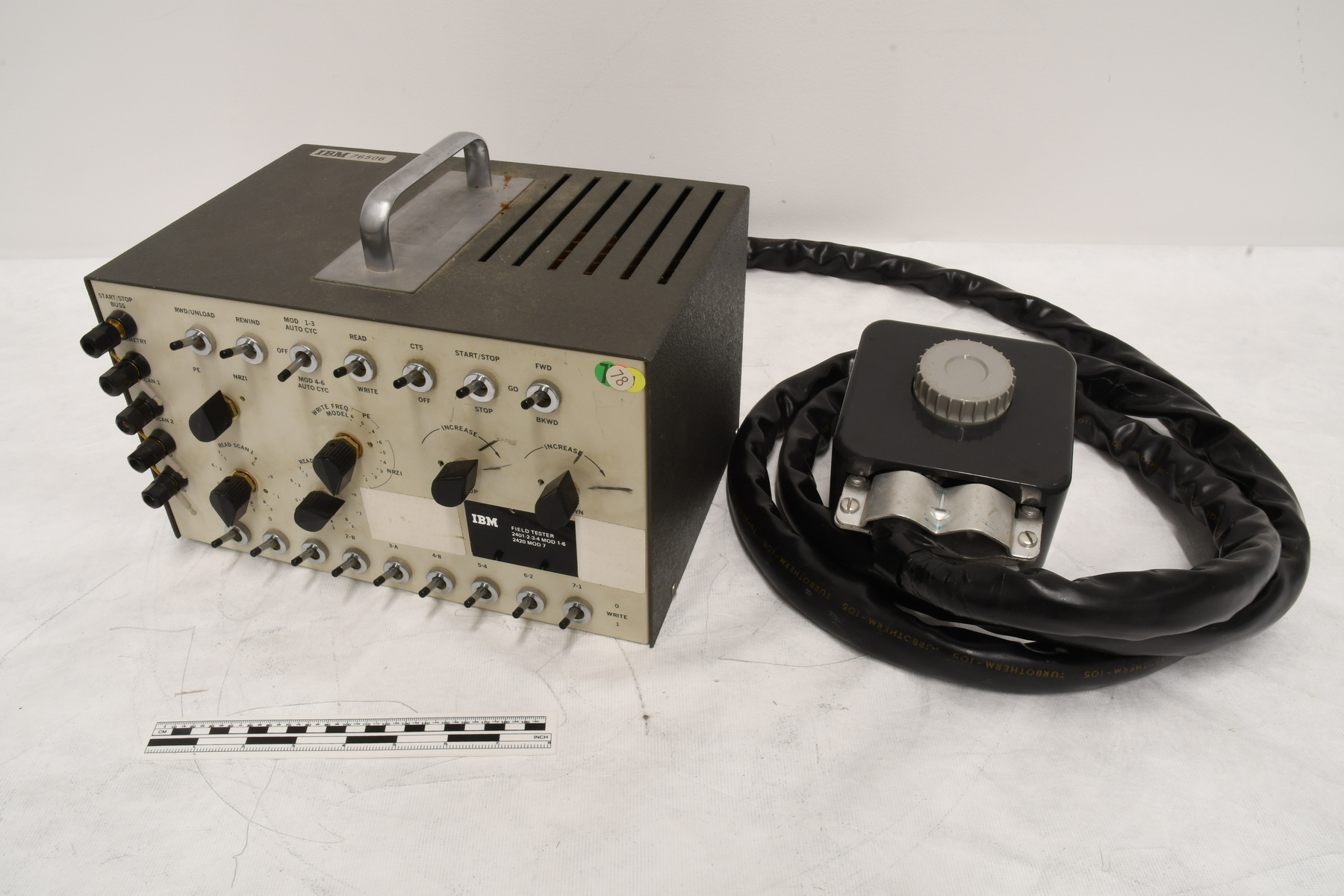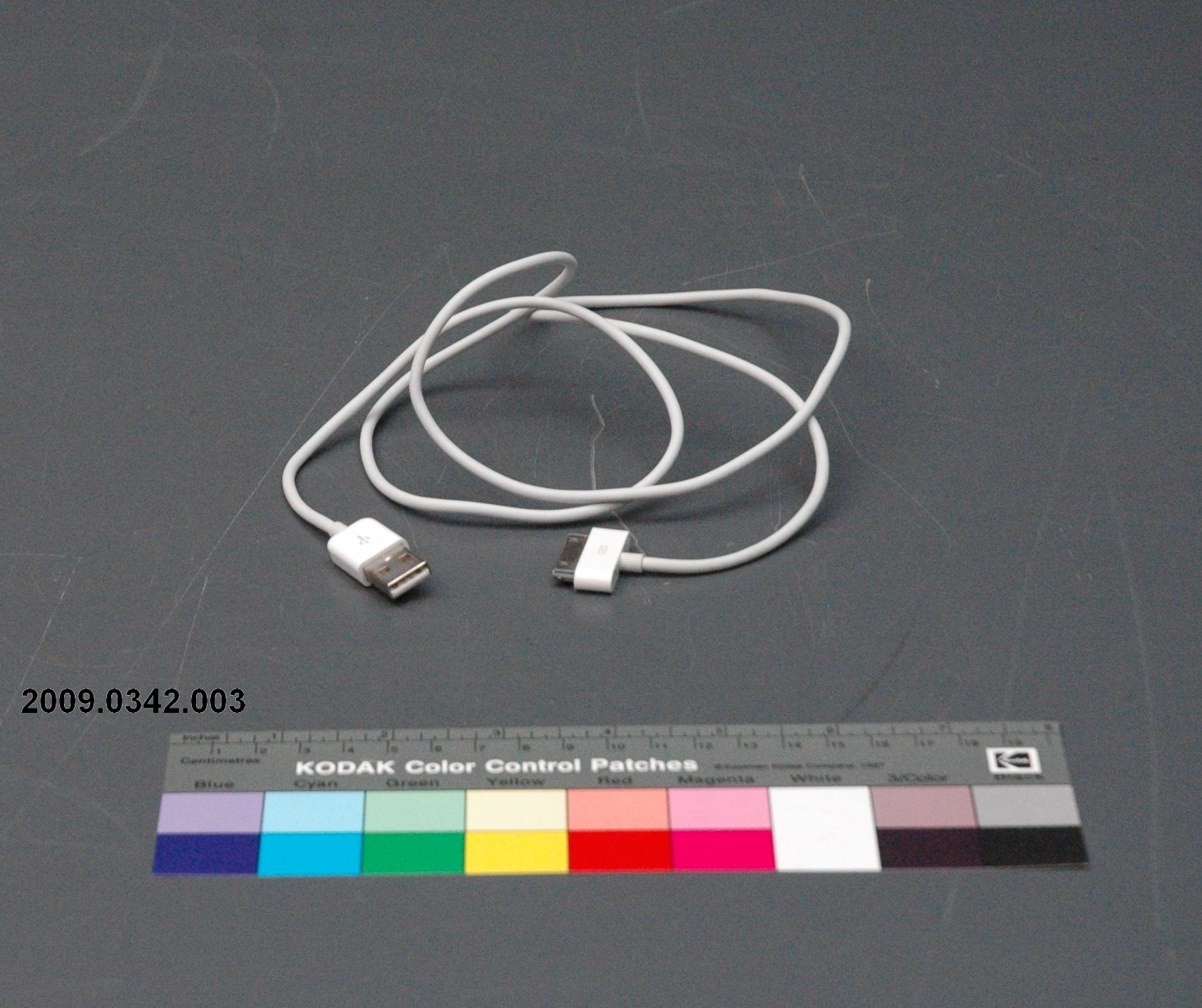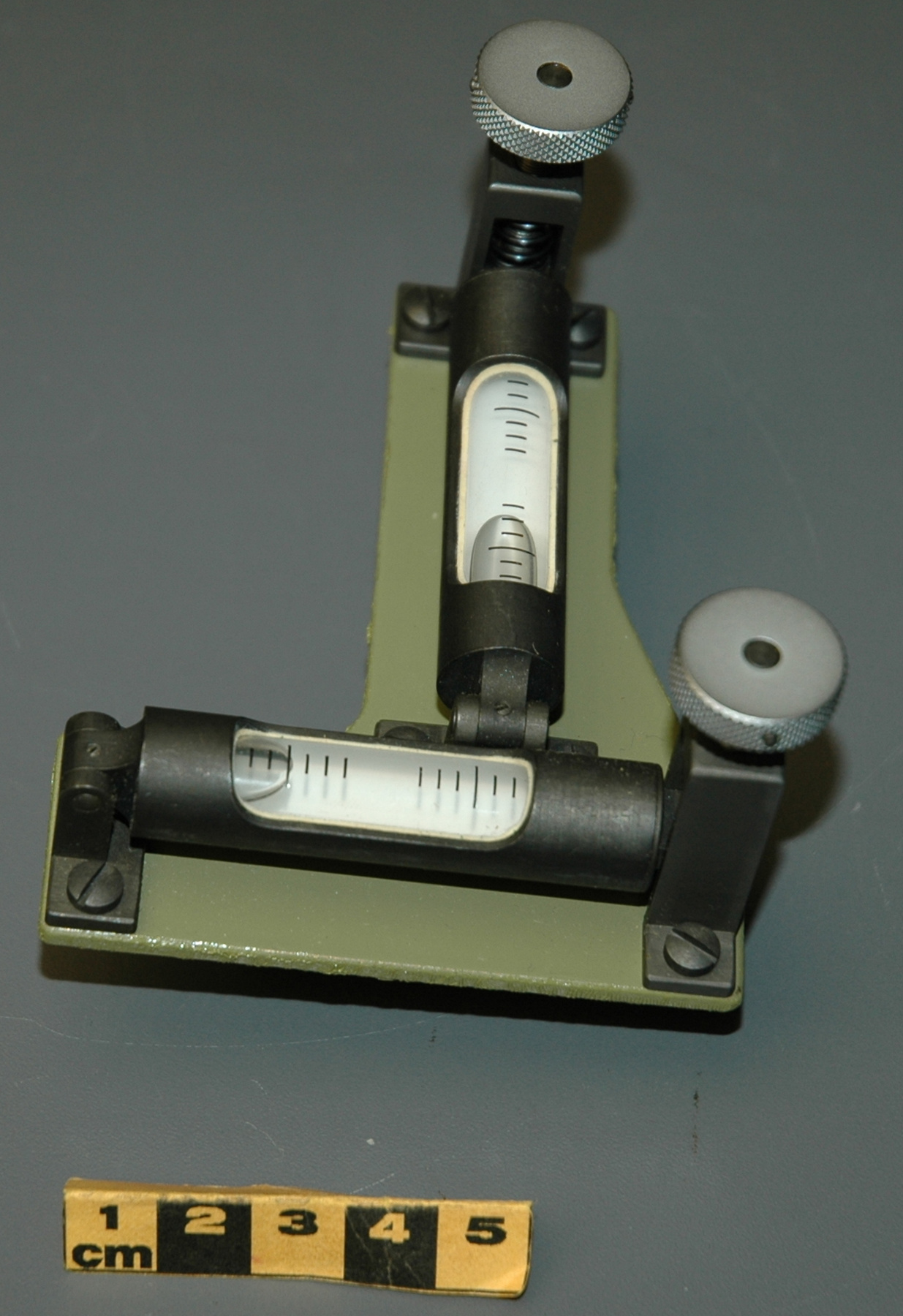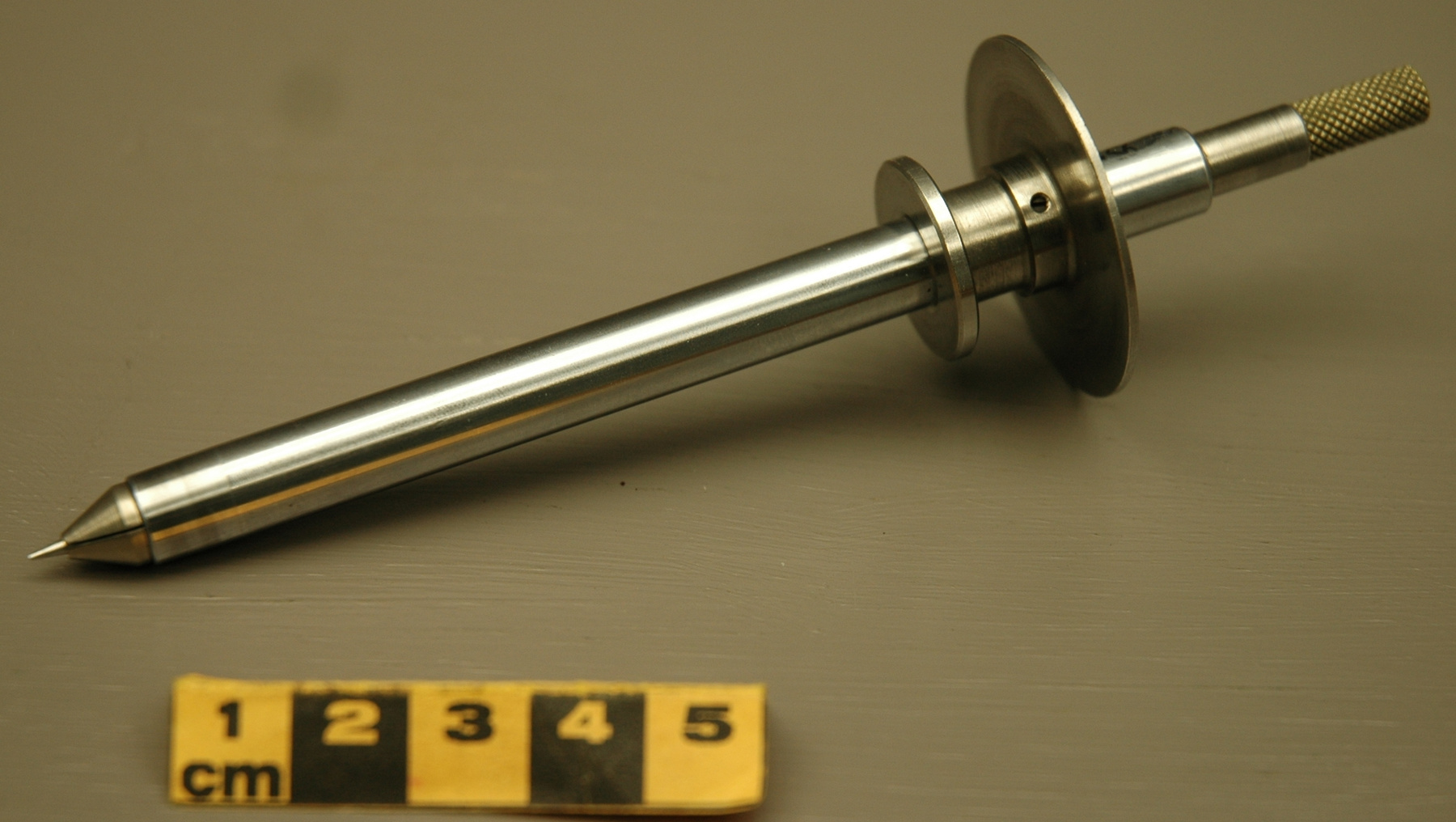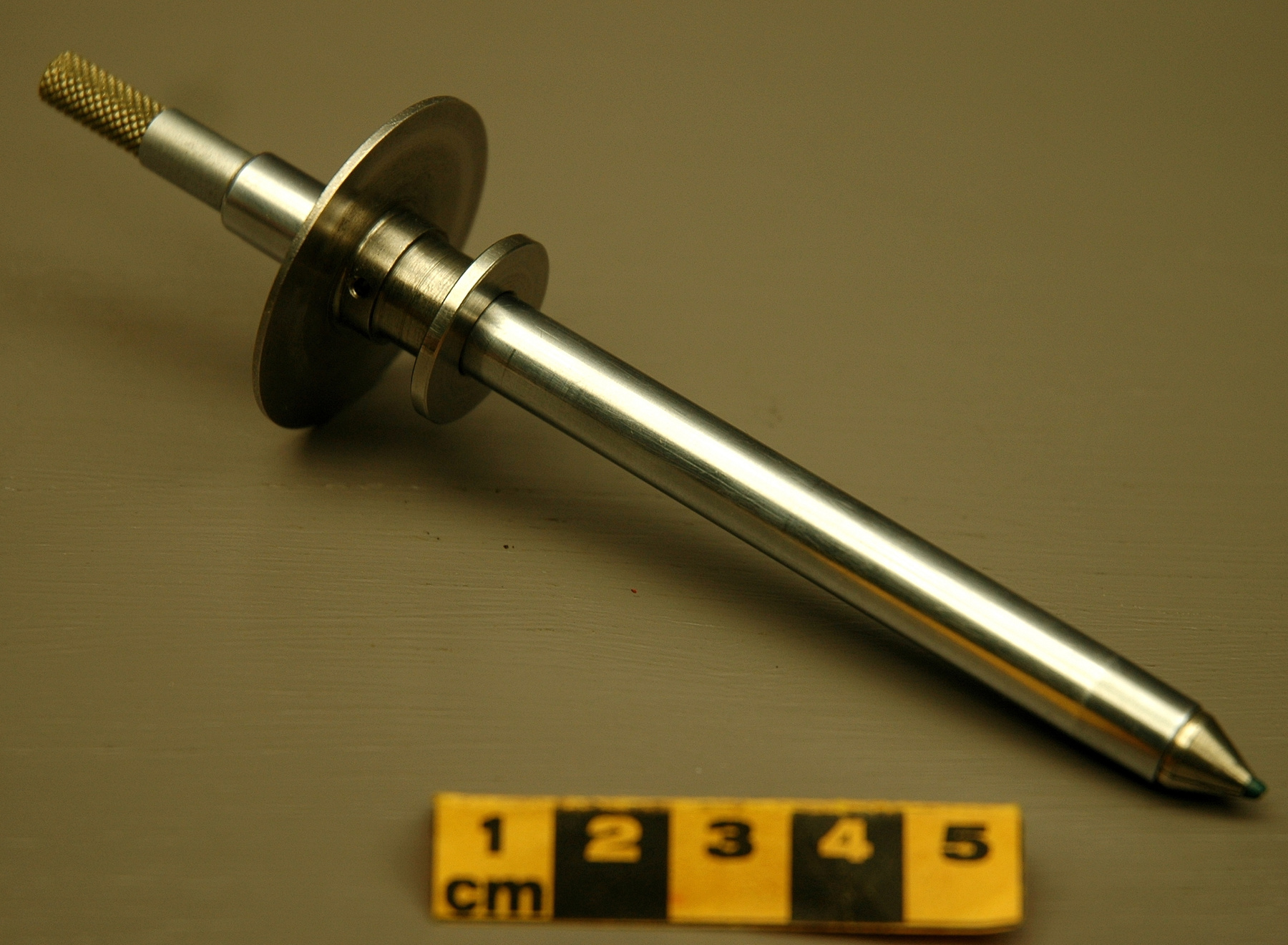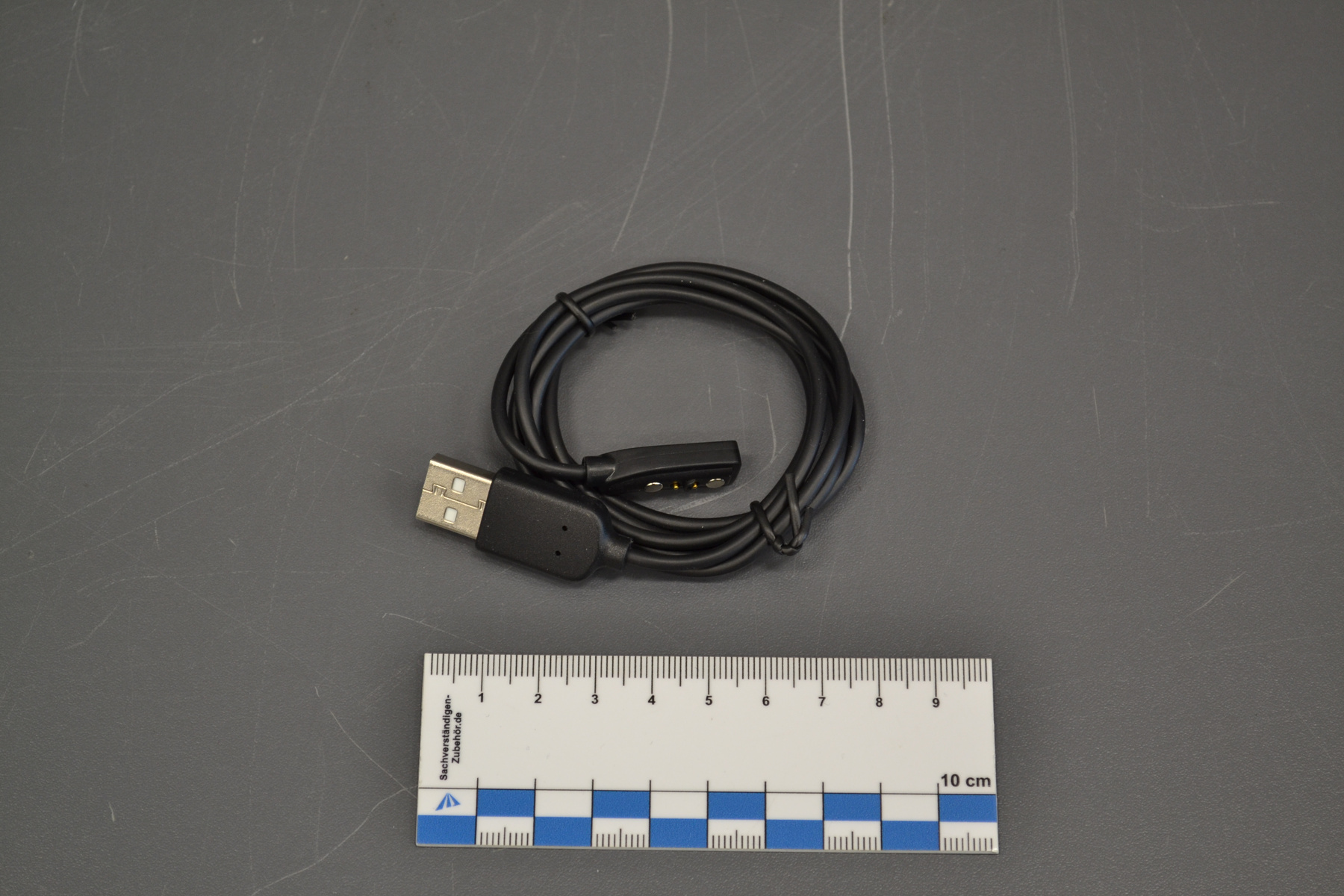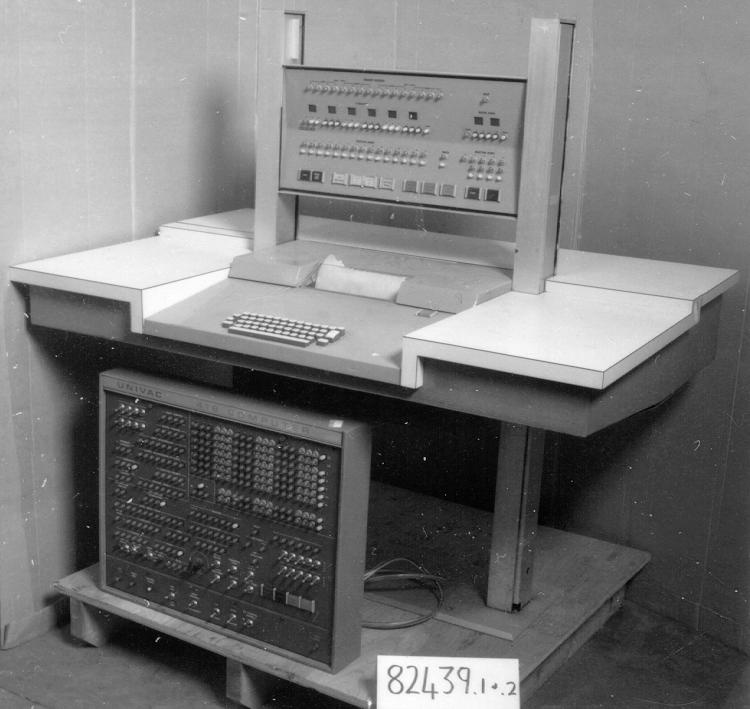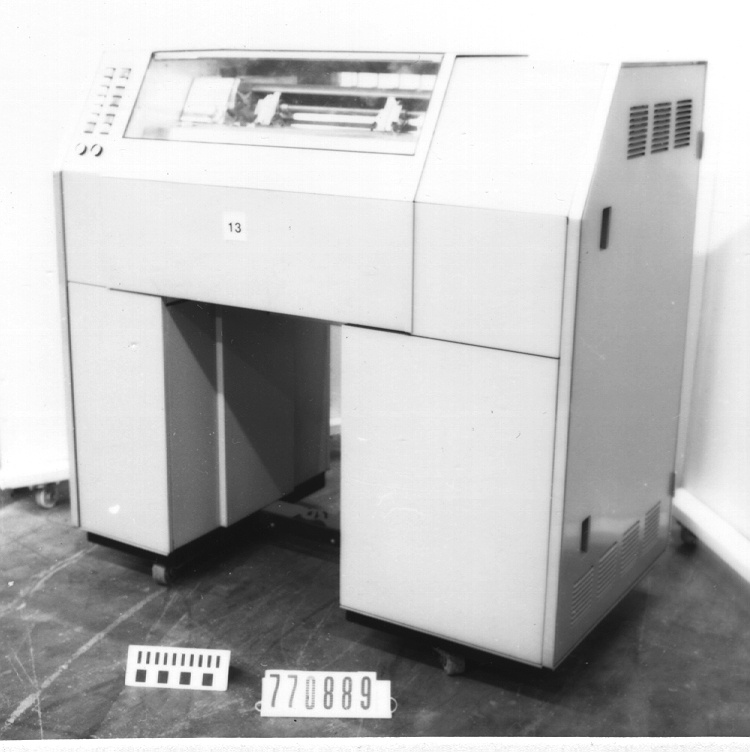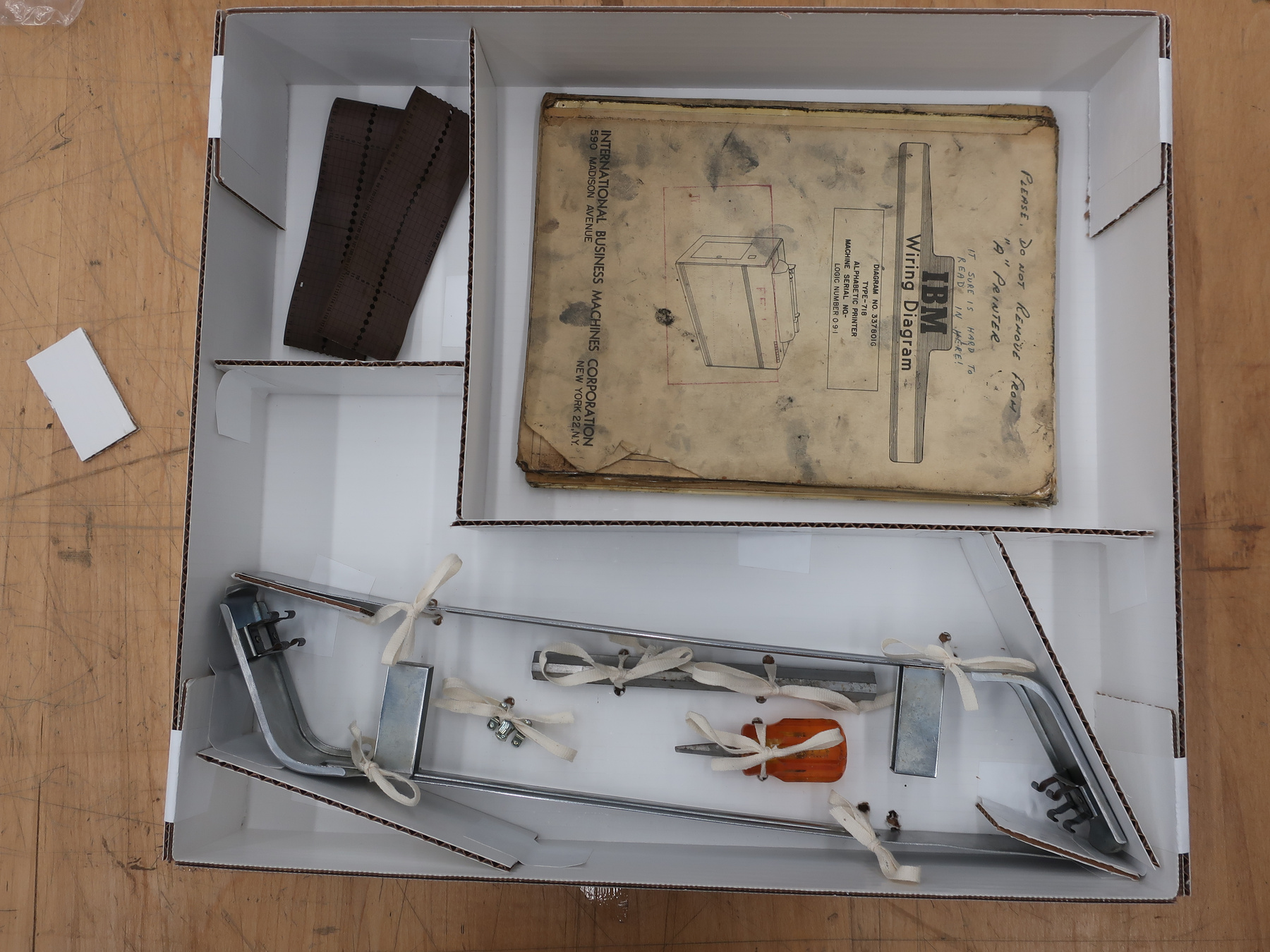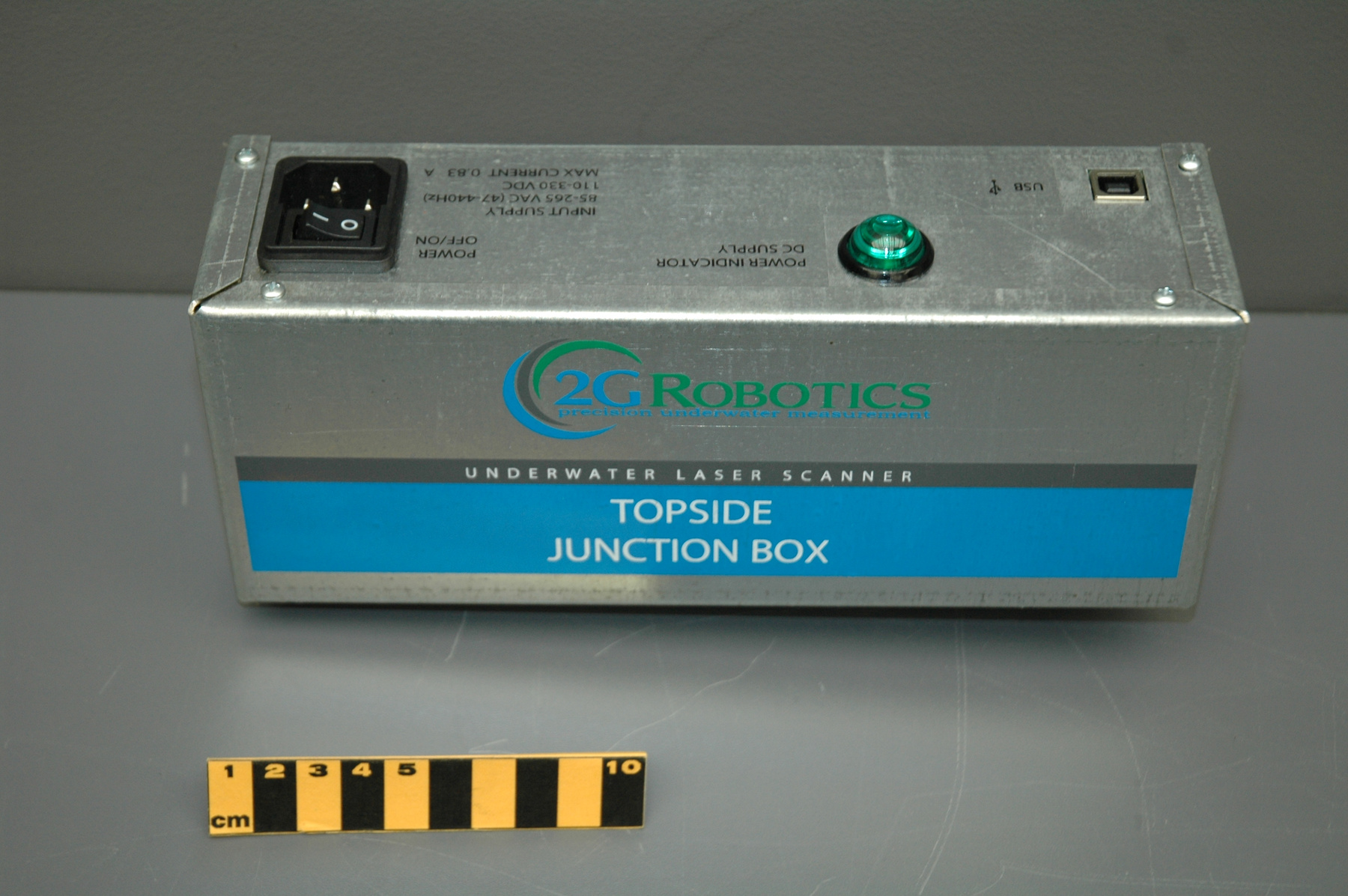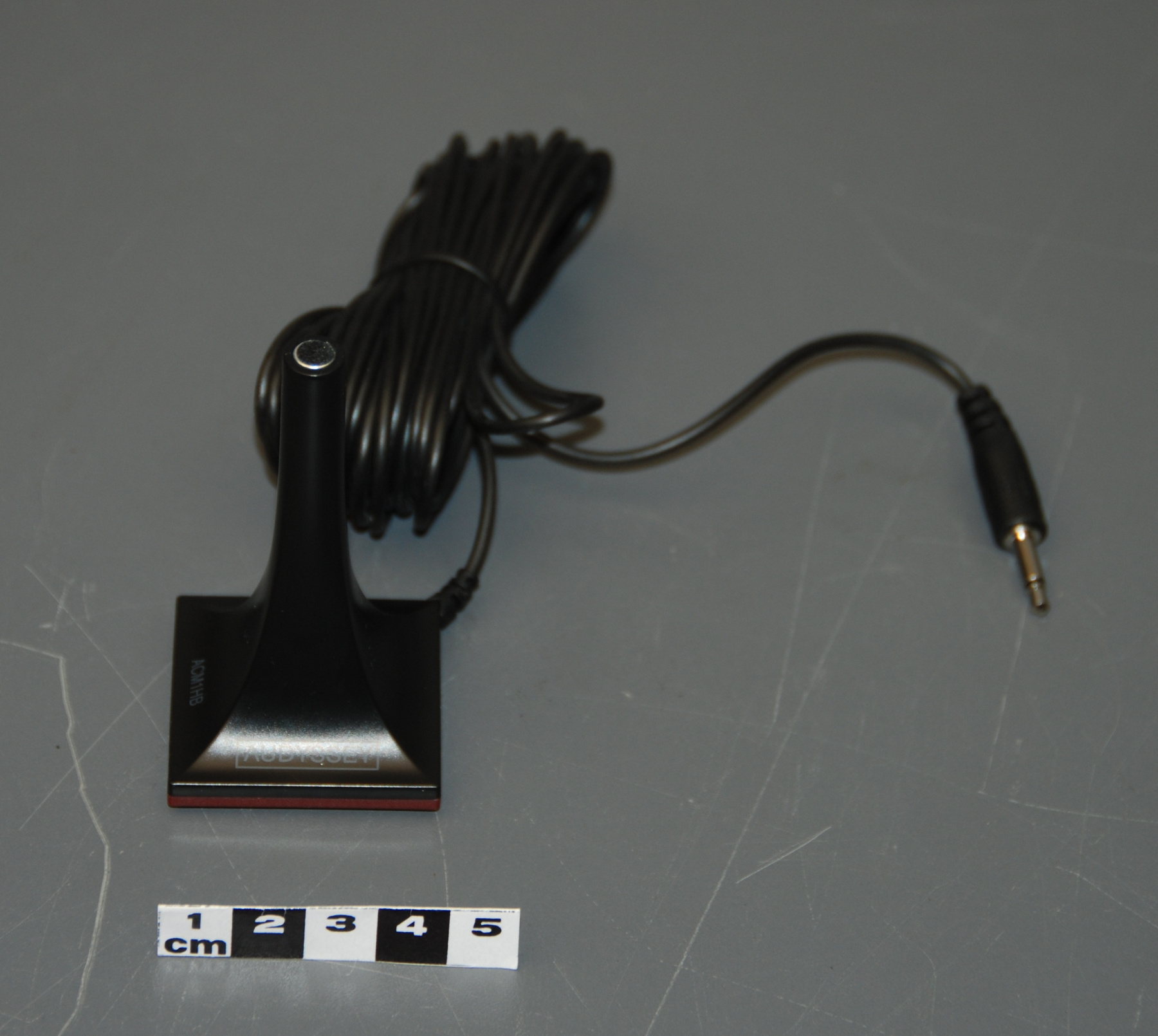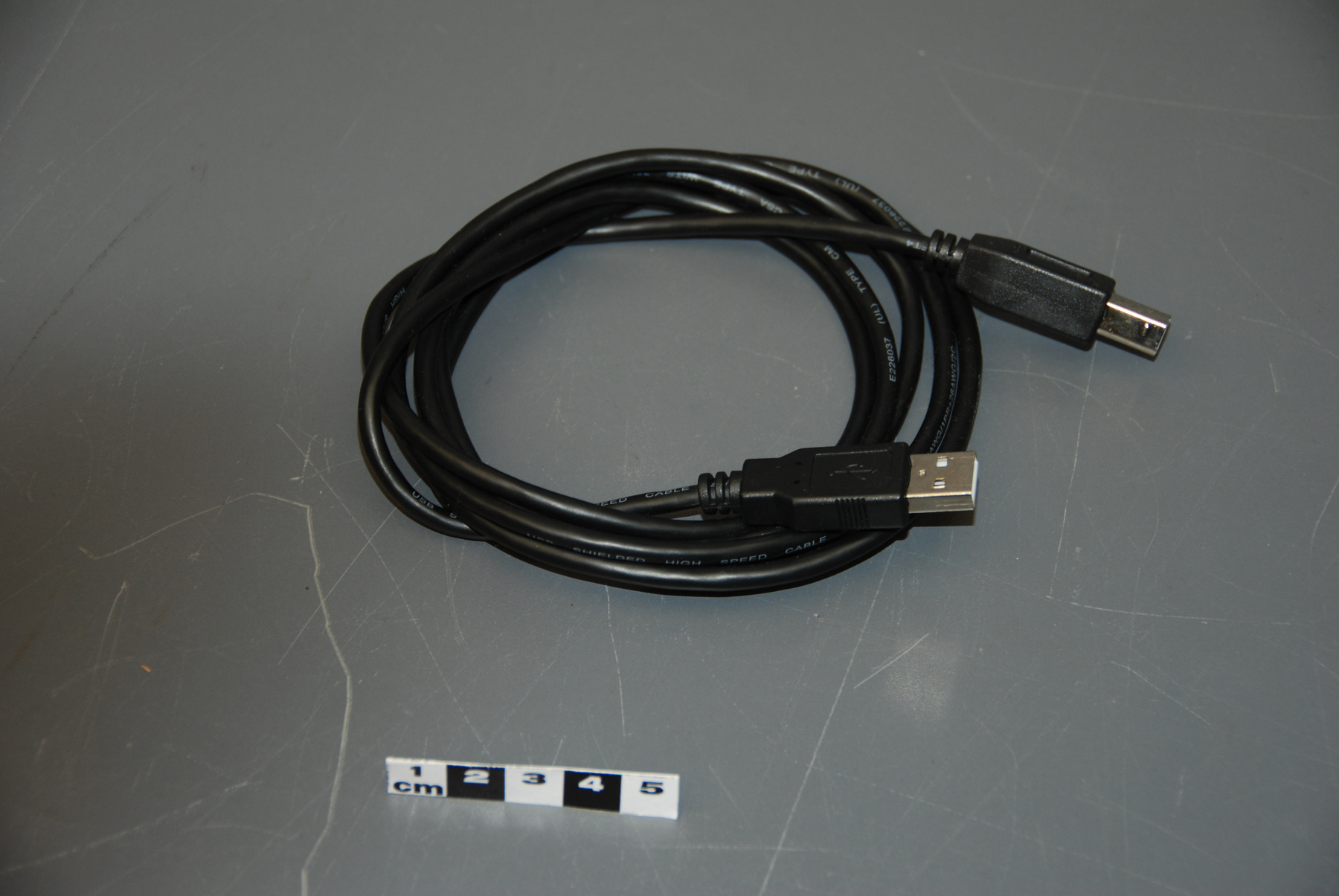Câble
Utiliser cette image
Puis-je réutiliser cette image sans autorisation? Oui
Les images sur le portail de la collection d’Ingenium ont la licence Creative Commons suivante :
Copyright Ingenium / CC BY-NC-ND (Attribution-NonCommercial 4.0 International (CC BY-NC 4.0)
ATTRIBUER CETTE IMAGE
Ingenium,
2013.0097.012
Permalien:
Ingenium diffuse cette image sous le cadre de licence Creative Commons et encourage son téléchargement et sa réutilisation à des fins non commerciales. Veuillez mentionner Ingenium et citer le numéro de l’artefact.
TÉLÉCHARGER L’IMAGEACHETER CETTE IMAGE
Cette image peut être utilisée gratuitement pour des fins non commerciales.
Pour un usage commercial, veuillez consulter nos frais de reproduction et communiquer avec nous pour acheter l’image.
- TYPE D’OBJET
- USB
- DATE
- 2012
- NUMÉRO DE L’ARTEFACT
- 2013.0097.012
- FABRICANT
- Inconnu
- MODÈLE
- Inconnu
- EMPLACEMENT
- Inconnu
Plus d’information
Renseignements généraux
- Nº de série
- S/O
- Nº de partie
- 12
- Nombre total de parties
- 22
- Ou
- S/O
- Brevets
- S/O
- Description générale
- Synthetic cable covering metal wires. Metal connectors.
Dimensions
Remarque : Cette information reflète la taille générale pour l’entreposage et ne représente pas nécessairement les véritables dimensions de l’objet.
- Longueur
- S/O
- Largeur
- S/O
- Hauteur
- S/O
- Épaisseur
- S/O
- Poids
- S/O
- Diamètre
- S/O
- Volume
- S/O
Lexique
- Groupe
- Technologie informatique
- Catégorie
- Périphériques numériques
- Sous-catégorie
- S/O
Fabricant
- Ou
- Inconnu
- Pays
- Inconnu
- État/province
- Inconnu
- Ville
- Inconnu
Contexte
- Pays
- Canada
- État/province
- Ontario
- Période
- Purchased new by the museum.
- Canada
-
Three dimensional (3D) printers are increasingly used for rapid prototyping and short production runs. - Fonction
-
Used to connect the MakerBot to a computer. - Technique
-
Three dimensional printers make objects through additive processes, whereby successive layers of material are laid down to produce the desired shape. This distinguishes them from devices that employ subtractive processes, where material is removed to essentially sculpt the finished product. In conventional manufacturing, subtractive processes are commonly associated with machine tools, many of which operate automatically from physical templates or digital instructions. Digitally controlled additive manufacturing may be said to have originated with the Jacquard loom, in which punched cards control the arrangement of threads into the final pattern. Moulding machines are a common example of an additive device that uses an analogue model (the pattern and mould) to control the fabrication process. In 3D printing the model is a digital “blueprint” produced using computer aided design (CAD) or animation modelling software. Three dimensional printers were first developed in the late 1970s. A number of techniques have been employed, including extrusion deposition, granular materials binding (laser sintering) and photopolymerization (stereolithography). Before the turn of the century, devices were large, expensive and lacking in versatility. Their use was largely confined to industry. In 1995 MIT graduate students Jim Bredt and Tim Anderson modified an inkjet printer to extrude a binding solution onto a bed of polymer powder, coining the term “3D printing” and winning a patent on their design. In 2005-2006 two open-source projects associated with universities were established that stimulated the spread of low-cost 3D printing into the do-it-yourself, or “maker,” market. Established at Cornell University, Fab@Home released its first device, using a multi-syringe deposition system, in 2006. The RepRap Project, founded by Adrian Bowyer at the University of Bath in 2005, aimed to produce a device that could “print” most of its own components. One of the individuals involved with the RepRap project was Sebastien Bailard, a physicist living in Ottawa. To date, no further information has been found about him. Another Canadian connected to RepRap was Wade Bortz, who in November 2008 was the first person outside the Bath lab to replicate all the printable parts of a RepRap machine. RepRap printers generally employed thermoplastic extruders mounted on a computer-controlled Cartesian XYZ platform. This is the same technology used in the MakerBot Replicator. The Replicator is fed by spools of ABS or PLA (bio-plastic) having a filament diameter of 1.75 mm. It can be configured for one or two nozzles (which allows two-colour printing) and builds up objects in layers of .2-.3 mm at a speed of 40 mm/second. The maximum nozzle temperature is 230 C. The device is controlled through proprietary software, a video game-style control bad and an 80 character LCD screen. It can print from files input from an SD card or USB device. The MakerBot has a print volume of 5 litres, producing objects up to the size of a loaf of bread. - Notes sur la région
-
Inconnu
Détails
- Marques
- Each end part has a UBS logo. White print on cable "USB SHIELDED HIGH SPEED CABLE 2.0 REVISION 28AWG[/]1PR+26AWG[/]20".
- Manque
- S/O
- Fini
- Black cable with polished metal connectors at both ends.
- Décoration
- S/O
FAIRE RÉFÉRENCE À CET OBJET
Si vous souhaitez publier de l’information sur cet objet de collection, veuillez indiquer ce qui suit :
Fabricant inconnu, Câble, 2012, Numéro de l'artefact 2013.0097, Ingenium - Musées des sciences et de l'innovation du Canada, http://collections.ingeniumcanada.org/fr/id/2013.0097.012/
RÉTROACTION
Envoyer une question ou un commentaire sur cet artefact.
Plus comme ceci
